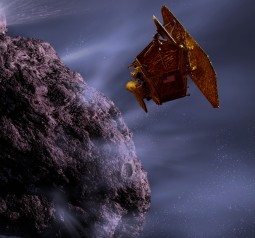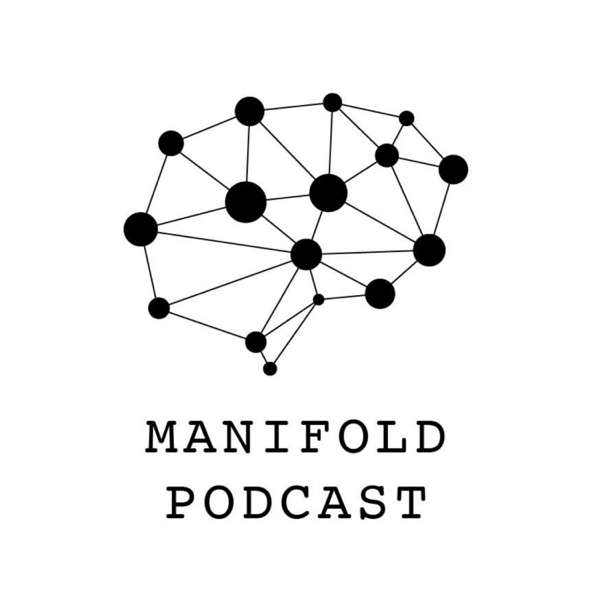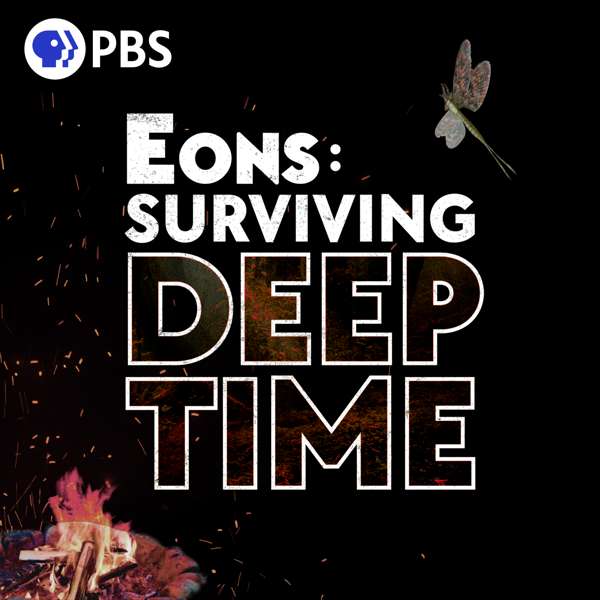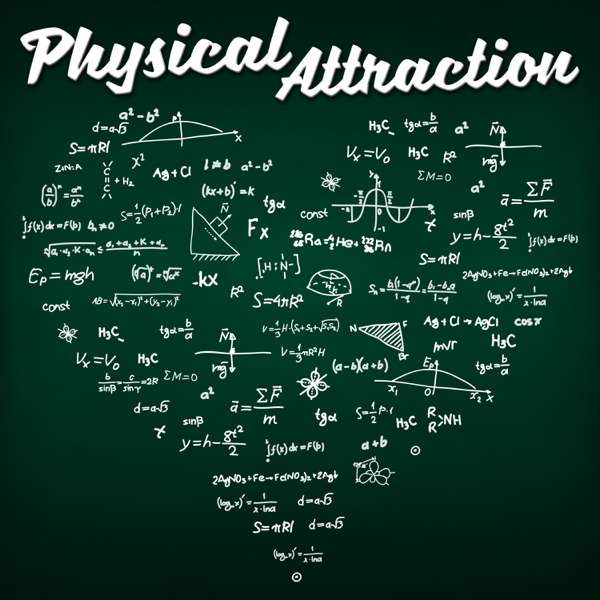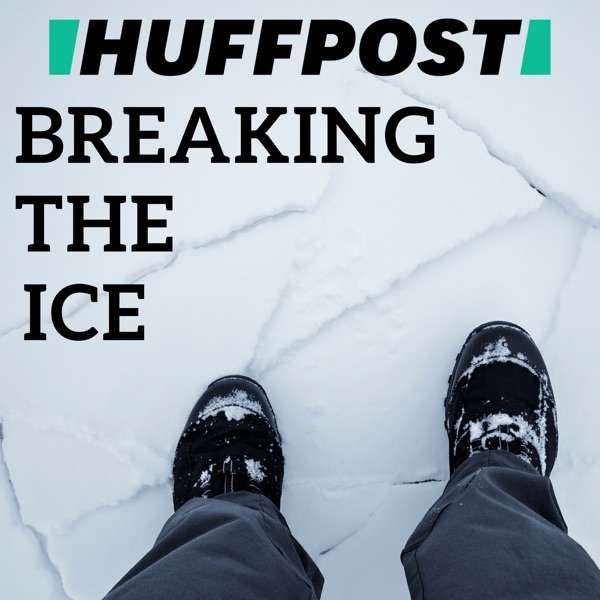This is an extended version of the interview with Rick Johnson, author of Nature Wants Us to Be Fat.
LISTEN HERE
TRANSCRIPT BELOW:
RICK JOHNSON [00:00:00] My name is Richard Johnson. I’m a professor of medicine here at the University of Colorado.
SHELLEY [00:00:04] In fact, you direct the Department of Hypertension, or have you changed your position now?
RICK JOHNSON [00:00:09] I was the chief here from 2008 till 2017, but currently I’m simply a professor.
SHELLEY [00:00:17] That gives you more time to research and less that you have to be directing.
RICK JOHNSON [00:00:20] Absolutely correct.
SHELLEY [00:00:22] Are you doing a lot of research?
RICK JOHNSON [00:00:23] I am. I continue to be a researchaholic. I’ve been doing research since the early eighties. It makes up a great part of my life. It’s exciting, exhilarating and hard work.
SHELLEY [00:00:38] It is all those things with a lot of mysteries, a lot of dead ends, a lot of sudden doors that open up.
“This whole story that I’ve written about is like finding treasure.”
RICK JOHNSON [00:00:44] It’s been a series of great surprises and discoveries. The best I can say is that this whole story that I’ve written about is like finding treasure, I found a piece of gold. And we thought that was the best thing in the world. And then we found another one, and then we found another. And then we found a whole treasure chest. It’s sort of like finding King Priam’s treasure. What we’ve realized is that this pathway that we’ve identified seems to be involved, not just in obesity and diabetes, but in many, many current diseases, having a role in cancer and having a role in dementia and other medical problems.
SHELLEY [00:01:22] Backing up just a little bit. You’re in the Division of Hypertension and Nephrology, which means that you deal with things like high blood pressure and kidney disease and gout.
RICK JOHNSON [00:01:36] Yes, that’s right. So I started primarily in the world of kidney disease and high blood pressure. But as my research progressed, I migrated into other fields and ended up studying metabolic syndrome, obesity, diabetes and other conditions.
SHELLEY [00:01:55] Metabolic syndrome is that very strange thing where somebody’s metabolism gets out of balance and they get really hungry for things that they don’t really need. They lose energy. They can’t build muscle as much. They’re more prone to heart disease.
RICK JOHNSON [00:02:10] Yeah, metabolic syndrome refers to a constellation of findings and usually it includes abdominal obesity, high blood pressure, elevated blood sugar, sort of like insulin resistance. So it’s not true diabetes, but it’s sort of pre-diabetes.
SHELLEY [00:02:29] Cells their body can’t take in energy, and the insulin levels are very high.
RICK JOHNSON [00:02:37] You become resistant to the effects of insulin. So the insulin levels go up to help control your blood sugar. But even with that, your blood sugars tend to be a little bit on the high side and then you have elevated triglycerides in your blood, which is fat, and oftentimes you’ll have fatty liver. And this constellation of signs got the name metabolic syndrome many years ago. We now know that about a quarter of all adults have metabolic syndrome in the U.S. and some places in the world. It’s higher. So it seems to be a real common issue.
SHELLEY [00:03:12] In the US it’s common, but in some parts of the world. It’s lower, though.
RICK JOHNSON [00:03:15] Absolutely. So it can be lower. It’s sort of like, in our country, diabetes is present in about 10 to 12% of the population. You go to Samoa, it’s like 40%. You go to Kuwait, it’s like 25%. You study the Pima Indians where it’s 50%. And so diabetes and metabolic syndrome, which kind of run together. they vary quite a bit. We have very high rates here compared to some places like Sweden, but it’s still low compared to countries like Kuwait, Samoa and so forth.
SHELLEY [00:03:52] It isn’t good, but it could be worse.
RICK JOHNSON [00:03:54] It could be worse.
SHELLEY [00:03:55] Rick Johnson, you’ve written some other books. One, you’ve called The Fat Switch. One, you called The Sugar Fix. And now you have a new book called Nature Wants Us to Be Fat.
“We’ve also been able to link this pathway of metabolic syndrome, not just with, you know, classic things like diabetes, obesity, high blood pressure and heart disease, but also, as I mentioned, with things like behavioral disorders, with dementia, with alcoholism and with cancer.”
RICK JOHNSON [00:04:10] Yeah. So this book is the culmination of the work I’ve been doing for the last 20 or 30 years. It’s told like a detective story because that’s sort of the way it was when we tried to figure this out. And it takes us on an adventure story where we try to figure out what causes obesity. We begin by including studies of animals in nature that naturally become obese. We try to figure out why they become obese, and then we relate it to humans. And from that, there were many discoveries. Some of them are very surprising about what causes obesity. And from that comes a whole series of ways to treat obesity, many of which have not been tried before. And we have some data that some of these methods will work. And we’ve also been able to link this pathway of metabolic syndrome, not just with, you know, classic things like diabetes, obesity, high blood pressure and heart disease, but also, as I mentioned, with things like behavioral disorders, with dementia, with alcoholism and with cancer.
SHELLEY [00:05:17] So many paths lead to similar roads sometimes.
RICK JOHNSON [00:05:21] Yeah, it’s sort of like we identified a major, major mechanism that animals use to become fat. And this mechanism is involved in a lot of diseases. And so I think it will turn out to be important in terms of how we approach a lot of our current diseases.
SHELLEY [00:05:43] Let’s start with the punch line. What do you think animals do to get fat?
RICK JOHNSON [00:05:49] They can do a variety of things, but our first big breakthrough was the discovery of the importance of fructose. Fructose is known as fruit sugar; in the wild it’s and fruit and honey. Perhaps many of you are going, ‘Hey, wait a minute, because aren’t fruits supposed to be healthy? I thought honey was healthy.’ It will sound sort of funny to hear that fructose might actually be at the core of what’s driving the whole, you know, metabolic syndrome and related diseases. But it turns out that it really is fructose. And we’ve been able to show how and we’ve also been able to show why natural fruit intake for us is actually healthy. And yet when animals eat a lot of fruit, they become fat.
“ . . .some animals want to gain fat, and that’s to protect them during periods of food shortage.”
SHELLEY [00:06:43] There’s a lot to unpack in all of that. Let’s start with the concept, animals want to be fat. Given how much Americans try not to be fat, why do animals want to be fat?
RICK JOHNSON [00:06:57] The title’s not completely true. Only some animals want to gain fat, and that’s to protect them during periods of food shortage. Most animals will actually try to maintain a small amount of fat, and they’ll regulate it very well. So they’ll have some fat, but they don’t want to get truly obese. And so what most animals do, if they eat too much one day, they’ll eat less the next. If they exercise and run around too much one day and burn too many calories, the next day, they’ll slow down and balance out . . . other than what they expected to do. You know, if they’re actively growing, you can show that by taking an animal and force feeding it so that it gains weight or you can fast an animal so it loses weight against its will. And then if you stop that, they go right back to the weight they should be at that time of the year. So not even goes back to the way they were. They’ll go back to the weight where they feel they should be for that time of the year. But there are animals that want to gain weight, and they do it at specific times. The classic is the animal preparing for hibernation.
SHELLEY [00:08:09] Oh, yes. Those bears that get so big before they go to sleep.
RICK JOHNSON [00:08:13] Yes. So a bear, for example, will maintain its weight during the summer, but in the fall, suddenly it will become hungry. Really hungry. It can gain as much as eight or ten pounds a day. They can be eating 20,000 calories a day and they will increase their weight as much as 50%. And the way they tend to do it is by eating a lot of fruit. We think of fruit as healthy, but we are eating. You know, how many berries or grapes do you eat, Shelley?
SHELLEY [00:08:48] I don’t eat very many grapes, actually.
RICK JOHNSON [00:08:50] Let’s say you eat a bowl of grapes. You know, bears getting ready to hibernate will eat 10,000 grapes in 24 hours. So we’re talking a different level of fruit. Orangutans, when they want to gain weight, they’ll eat fruit and they’ll gorge. And I mean, they’ll get into a tree and they’ll eat fruit after fruit after fruit and eat it fast and consume and get a lot of sugar. Normally, a fruit will have like five grams of fructose, maybe ten. When we’re eating fruit, we tend to eat only, you know, one or two fruit at a time. But a bear or a orangutan or an animal that wants to eat fruit to gain weight, they’ll eat a lot more relative to their weight. They’re getting a lot more sugar. I’m calling that sugar, but it’s fruit sugar, also known as fructose. That’s what makes fruit sweet. And animals that want to gain weight will pick ripe fruit, and ripe fruit has more sugar. When a fruit ripens, the sugar content goes up. And when that happens, the fructose will increase. Also good vitamins tend to go down as the fruit ripens. So things like vitamin C tend to decrease as a fruit ripens. Vitamin C actually can block some of the effects of fructose. In the early part of when the fruit is just beginning to grow, it’s very tart. It has a lot of fiber, potassium, all these things that slow the absorption of fructose. so it discourages animals to eat it because they’re not going to get that much sugar. But as the fruit ripens, the sugar content goes up, the vitamin C content goes down, the all the other good things go down. And now the fruit is more suited to stimulate this metabolic switch where they start gaining weight and become hungry and so forth. That’s sort of how it works. So the animals that eat a lot of this fructose trigger a biologic switch. And this was what we been trying to uncover, an actual biologic mechanism that triggers weight gain, obesity, insulin resistance, a rise in blood pressure, all the features of metabolic syndrome, and they’re all all there to help us survive. When I was taught about metabolic syndrome, when I was a medical resident, it was told to me as something that’s pathologic. You know, insulin resistance is not a normal thing. We shouldn’t be insulin resistant. Metabolic syndrome is a disease. Actually, it’s not a disease. It is a normal biologic process that animals trigger when they need to gain weight.
SHELLEY [00:11:54] That was so interesting to read in your book. Nature Wants Us To Be Fat, about the animals that migrate, such as geese. When they prepare for migration, they get fatty livers. If people get stuck with these conditions, they’re really sick. But the geese only have the fatty liver when they’re traveling lots of miles and they need the extra energy. Humming birds! Every day, they end up at the end of the day with a fatty liver, but then they burn it up overnight and go back to needing more food. And so they’re very robust in being able to handle things that would cause metabolic syndrome, in us. Meanwhile, hummingbirds, their blood sugar goes up above 400.
RICK JOHNSON [00:12:36] They basically become diabetic and fat during the day when they’re drinking sugar water and then they burn it off at night despite the fact that they are so metabolically fit. If they drink pure sugar water all day long, their livers turn pearly white, ‘the fattest of all livers of birds’, one researcher wrote, and they develop frank diabetes and then they burn it off. It’s an amazing story about the power of sugar, that it can take an animal that is so metabolically fit and cause them to become diabetic–hummingbird feeders. So you put sugar water to get the sugar. Water and nectar are pretty much the same.
SHELLEY [00:13:16] A hummingbird can basically become a diabetic by the end of the day, but by the next morning they’re so healthy and burned it all off. The fats and all of the metabolic symptoms of what we call diabetes, that they just start fresh the next day.
“If you switch a fruit fly to pure sugar, it will become obese.”
RICK JOHNSON [00:13:33] Exactly. And here’s a really interesting story, Shelley. Fruit flies are flies that love fruit and they eat fruit and that’s pretty much fruit juice. But there’s other things in the fruit. If you switch a fruit fly to pure sugar, it will become obese. They’ve actually shown that flies will become diabetic and obese.
SHELLEY [00:13:58] A fly can become obese and diabetic?
RICK JOHNSON [00:14:01] Yeah. And then they die.
SHELLEY [00:14:04] As you think about it, a fly is trapped inside of an exoskeleton. So it would cause all kinds of extra pressure and problems for it to become obese.
RICK JOHNSON [00:14:14] Yes, it’s true. Ants will become fat if they eat sugar. You can’t tell because they’ve got this exoskeleton. So the fat’s inside. But ants can become quite fat from sugar. And there are some ants that will search out sugar. They love sugar more so than other types of foods.
SHELLEY [00:14:35] Rick Johnson I hear you saying that natural sugars found in the wild as fruit and berries generally are okay for animals, but our human style of sugars, even some of the animals that are used to sugars, it’s too much for them.
RICK JOHNSON [00:14:48] So refined sugar probably can overwhelm animals and nature.
SHELLEY [00:14:53] Does it overwhelm us as humans?
RICK JOHNSON [00:14:55] Absolutely. For sure it does.
“Animals with the sweet sensation knocked out still will seek out sugar water even though they can’t taste it.”
SHELLEY [00:14:57] But Rick Johnson, refined sugar is in most of our foods.
RICK JOHNSON [00:15:01] Yes, it is. And most of our foods In fact, 70% or more of processed foods have sugars put in them. And you want to know something really interesting/ If you take an animal and you knock out its sweet taste so it can’t taste sweet, it will no longer care for artificial sugars like Splenda. Sugars wont give it any kind of dopamine surge. There’s no pleasure with that. But those animals with the sweet sensation knocked out still will seek out sugar water even though they can’t taste it. We found that it’s because when you drink fructose, for example, the metabolism of fructose is what’s involved in the craving response for fructose.
SHELLEY [00:15:44] It’s not our taste buds? Rick Johnson,so many people say that we have been doomed as a human population because we have enough food, and the food just tastes so delicious. So of course, people eat too much. You’re saying something different?
RICK JOHNSON [00:16:06] It’s a little bit more complicated than that. So we have five tastes. One is sweet, one is salty, one is savory–umami, and there’s bitter and sour. So there’s actually three tastes that we really like sweet, salty and savory. And the other two are sort of meant to help us avoid foods that are bitter or sour because many times they’re not good for us. Now the sweet is your sugar, right? What we know is that if you knock out the sweet receptor, animals will still like sweet food. And that’s because of the metabolism. They will reduce how much sugar they eat, they’ll eat less sugar. But if you give them a choice between sugar water and regular water, they will be able identify the sugar water even though they can’t taste that it’s sweet.
SHELLEY [00:16:59] Rick Johnson, other scientists who’ve studied sensing molecules inside of our bodies report that sensing receptors on cells in our digestive tract, are very similar in their makeup to the taste bud receptors on our tongue. So when you knocked out that taste of sugar in lab animals, is that just referring to taste receptors for sweet on tongue or is that referring to all of these receptors for that kind of substance?
RICK JOHNSON [00:17:29] So it turns out that the study that was done where they knocked out the sweet receptors included the taste bud sweet receptors, but there are sweet receptors in the gut. However, we here at CU Denver knocked out just the taste, only the taste, leaving the sweet receptors intact in the gut. And we knocked out all taste. And when we did that, the animals still like sugar.
SHELLEY [00:17:57] You did this with mice?
RICK JOHNSON [00:18:00] Yes. And what we found is that if you knock out the taste receptor, you reduce the amount of sugar you eat, but you still become obese from sugar. And sadly, you become more sensitive to the effects of sugar. So you eat less sugar, but you’ll still become more obese.
SHELLEY [00:18:16] That’s another part of your story that we’ll get to in just a moment. I want to keep giving people the punch line, though, which is that your research has shown that if people reduce their consumption of sugary drinks, plus foods that have added sugar, it can do a huge benefit for their health. But if someon’e health is already broken somewhat by these kinds of foods, there may be other things they need to pull out of their diet as well. That’s a quick summary. Is that fair to say?
“Fructose sugar is the PRIMARY driver of obesity.”
RICK JOHNSON [00:18:47] Not fully. Fructose sugar is the PRIMARY driver of obesity. You’re totally right in that part. Sugar or high fructose corn sirup make up about 15% of our diet. Some children are eating 25% of their food is sugar. Children, adolescence and also disadvantaged populations are often eating a higher percentage of sugar. And so fructose-based sugar is your number one driver. You’re right. But there are other drivers of obesity, and they’re very important. So I don’t want to say that they’re distant second or third. They are involved. Originally, when we were studying this, we were thinking, hey, it’s all sugar, you know? And so my first book (The Sugar Fix), hey, let’s just cut out sugar and fructose. But it wasn’t enough. It’s not enough.
Bread, Rice and “The Polyol Pathway” lets the body make its own fructose . .
And that is because of the sad discovery by our group that there are other foods that trigger this switch, the survival switch. And this switch can be triggered by foods such as high glycemic carbs, bread. Rice, potatoes and chips. These foods do not contain fructose, but they actually can trigger the switch. And what we found is that the way they work is they stimulate the production of fructose in the body. So it isn’t just about the fructose we eat. It’s about the fructose we make. And no one was really thinking of foods as working by causing us to make fructose. Everyone was thinking it was the foods we were eating.They were thinking it’s the carbs and the protein and the fat. But it turns out that these carbs, which we call high glycemic carbs, when you eat them, they release glucose and the glucose gets into the blood and your normal glucose (in your blood) is like 80 to 100. But when you eat a high glycemic carb, the glucose in the blood can go up transiently, maybe to 120, 140 or 150, but it’s transient. So everyone just says, well, don’t worry about it. Or if you do worry about it, they say, Well, the problem is that it stimulates insulin and insulin puts fat on you. And so the thought is that high glycemic carbs could be a cause of obesity, primarily through this mechanism (of raising insulin). But what we found is that when the when the glucose levels go up, that triggers the body to make fructose from the glucose. And the glucose can be converted to fructose through a chemical reaction. And we call that reaction the polyol pathway.
SHELLEY [00:21:49] Polypll sounds like everything thrown in, including the kitchen sink, poly all that.
RICK JOHNSON [00:21:54] So it sounds like that; it was a name given to it a long time ago, but it’s been known that the body can make fructose, but no one thought it was important. What we found is that that a number of foods trigger the production of fructose in the body and animals use this so not all animals eat fruit to become fat. There are animals that don’t eat fruit that become fat other ways. One way is high glycemic carbs. They will cause obesity.
SHELLEY [00:22:22] Now, when you say high glycemic, you mean any food that you eat that turns quickly into sugar.
RICK JOHNSON [00:22:28] By turns quickly into glucose, and then your glucose levels go up in the blood. And when that happens, it triggers the production of an enzyme that converts some of the glucose to fructose. So the glucose isn’t actually what causes the obesity. It does a little bit through stimulating insulin. The real way high glycemic foods cause obesity and diabetes is because they get converted to fructose in the body.
SHELLEY [00:22:56] You know, Rick Johnson, for a long time there has been debate about whether the body can make fat on its own or it’s only food that you eat that turns into fat. That was the idea 20 years ago. But your thought about this metabolic switch where the body shifts and turns, other energy that’s taken in other food into fat through these pathways is part of this unraveling of a deeper secret to how we get fat.
RICK JOHNSON [00:23:24] Yeah, so let’s just talk about how the fructose works. So fructose is unique among nutrients. Think of energy as two forms of energy. You’ve got the energy that we are burning all the time that we’re using up, and we call that energy ATP. And that energy is in our cells. And it’s allowing me to talk to you right now. It’s allowing you to talk to me. It’s allowing you to stand up and do all the things that you are doing. And it allows me to eat, walk, talk, pre everything. So ATP is our main fuel and we can store fuel. And when we store our energy, it’s in the form of fat or sometimes glycogen. Glycogen is sort of the storage form of carbohydrates, but it’s fat. That’s our main storage fuel.
SHELLEY [00:24:16] Well, that makes sense because it would take a lot of sugar cubes stored on the body to be able to store enough energy. And fat is much more efficient at storing energy.
RICK JOHNSON [00:24:26] Yes, it’s like nine calories per gram. So when you store fat, it’s a great way to store energy. So it turns out that the place where ATP is made are in energy factories that we call mitochondria. And these mitochondria are pouring out the ATP that allows us to do what we want. The mitochondria actually use oxygen to help make this ATP. So much of the oxygen we breathe is used to help make energy that we use. So what fructose does is. Really clever. What it does is it generates a substance called uric acid. And our data suggests that what the uric acid does is it sort of quiets down the mitochondria. It does so by causing oxidative stress to the mitochondria. And when that happens, the mitochondria produce less ATP. And so where does the energy go? If you make less ATP, the energy goes to fat. And so it sort of shuts the calories we’re eating to fat instead of immediate energy.
SHELLEY [00:25:37] You said that it’s not just sugar. It’s not just fructose that can cause this to happen. Unfortunately, this polyol pathway indicates there’s some other foods people eat, especially if this pathway is already running. That will lead to somebody still having problems with their metabolism, with gout, high blood pressure, heart disease, obesity. What are some of the other foods that do this?
RICK JOHNSON [00:26:05] So we’ve already mentioned high glycemic carbs. That’s why a low carb diet is so effective or a keto diet, because it’s removing not only sugar from the diet, but these high glycemic carbs. And when you do that, the fat doesn’t cause obesity because you have to be hungry. You have to lose your ability to regulate your weight. The fructose makes you lose your ability to regulate your weight so that you’re hungry and you’ll keep eating.
SHELLEY [00:26:31] The fructose leads your body to have trouble recognizing where its balance is for health.
RICK JOHNSON [00:26:38] That’s correct. And so the way it does that is it induces a thing called leptin resistance. Leptin is a hormone that’s released by the fat cells that tells us when to stop eating. And normally, animals are very sensitive to leptin and they won’t eat more than they need, and they will just maintain their weight. But in order to gain weight, you have to lose your ability to regulate the way the way fructose does. That is, it causes the body to become resistant to leptin so that when leptin goes up after a meal, it doesn’t tell you that you’re full. And so you end up eating more. And most people who are overweight or obese are resistant to leptin. You know, this was a big discovery years ago that people with obesity don’t respond well to leptin. And you can show that by injecting leptin in people or in animals, and normally you appear censored, selected, and you get an injection of leptin, you’re going to quit eating or reduce your food intake. But if you’re leptin resistant and you get a shot of leptin, you’ll just keep eating. And fructose makes you keep eating once you get left.
SHELLEY [00:27:44] So there’s one camp that would say that the reason that Americans, for instance, have these metabolic challenges and so much obesity, something that they didn’t have 50 years ago as a population, is because food just tastes so darn good. But you describe something where it becomes an addictive, desperate craving. If somebody’s hormonal balance, their metabolism, their fructose signaling is out of whack.
RICK JOHNSON [00:28:13] Yeah, the fructose drops the ATP in the cells, so your immediate energy is less and your stored energy is more. What happens when the ATP levels go down? You sense that low energy and you get hungry, and so you eat more and you become resistant to leptin. And so you’re eating more. Over the last century, the plates of food that people get gets bigger and bigger in the restaurants. And it isn’t because that’s a good thing to attract you. They’re doing it because they know that if they don’t, you’re going to leave hungry. And if you leave hungry, you’re not going to come back. So it turns out that there’s a biology that’s going on and we’re eating more and exercising less because of a switch that’s been activated. And in fact, that switch will drop your metabolic rate, but only while you’re resting. This is important for survival because if you’re trying to survive, you want to be able to forage for food. And so while you’re foraging, you maintain normal energy. But as soon as you quit, your resting energy, metabolism drops.
SHELLEY [00:29:16] Hibernating bear wants to not move very much because it’s hibernating.
RICK JOHNSON [00:29:20] But that’s after I’m talking about when they’re searching for food. So when they’re searching for food, they’re going all over looking for food. They’ll be spending energy then. But to help conserve and to put more fat on for the time when they hibernate, they’ll actually become less active. When they’re resting, when they sleep, they actually sleep more deep. And then the next day they get up and so forth and forage for food. You raise the question of what other foods can do this. This is a discovery that came out of this whole work.
“The fattest animal in the world’s the whale. And it’s not eating fruit.” How fat stores energy AND water, for whales, camels and the fat-tailed lemur.
What happened was when we realized that the body can make fructose, we began. And to think about animals in the desert and animals in the oceans, you know, the fattest animal in the world’s the whale. And it’s not eating fruit. It’s not eating bread. So how does it get fat? And so one of the questions was what other mechanisms could drive fat? And the way we tried to figure it out was kind of a pretty cool way. You know, what is the benefit of fat for an animal in this ocean? And here’s the trick. When a whale burns fat or when any animal burns fat, you’re making energy, right? But you’re also making water. So what’s really interesting is fat doesn’t contain water. But when you burn fat, you produce water. You produce water and carbon dioxide. And this has been known since, you know, like the 1900s. Fat is a source of water, not just energy.
SHELLEY [00:30:58] Rick Johnson, you’re implying that one reason that some animals store fat isn’t just for energy, it’s so that they can get fresh water.
RICK JOHNSON [00:31:06] Right. One third of the water that a whale gets comes from its fat.
SHELLEY [00:31:11] And your book was fascinating to read, talking about a desert lizard that makes its tail extremely fat when there’s enough water and food so that during the drought season it can survive and have enough water.
RICK JOHNSON [00:31:27] In hot climates and dry climates. Animals don’t really want to have fat on their body because that can increase their body temperature. So they tend to put the fat in their tails or like on a hump on their back, like the camel. And this way, the fat and the hump can be used to produce water, but it’s not going to overheat them when they’re wandering in the desert. Once we knew that these animals were using fat as a source of water and actually there’s a primate, the fat tailed dwarf lemur.
SHELLEY [00:31:58] That fat tailed part of its name is the clue.
RICK JOHNSON [00:32:00]. Yes, that’s the clue. And what it does is during the dry season, when there’s very little water around, it will effectively hibernate. They call it estimate. It’s like hibernation, but they go into a hollow in the tree and they live off the fat and their tail. And they use it not just for energy, but a key part of it is to get the water from it. So once we knew that fat was a source of water, then we knew that animals would want to put on fat as a means to provide water.
SHELLEY [00:32:31] Rick Johnson You seem to be saying that animals evolved to take advantage of the fact that fat is a stable way to store energy and also to store water.
“Mild dehydration could be a stimulus for fat”
RICK JOHNSON [00:32:42] Yes, exactly. And this opened up the idea that maybe mild dehydration could be a stimulus for fat, because if you were mildly dehydrated, it would be like an alarm signal to you to say, hey, I might need to find water. And so you would look for water. You could turn on a hormone called vasopressin, which helps concentrate the urine. But couldn’t fat production be also part of this? And so we started studying this and we found that this possible pathway gets turned on in dehydrated state. So if you become dehydrated, your body starts to make fructose to help store fat as a source of water. And then we went on and realized that actually dehydration is not a good condition to be in. The classic dehydration is a situation where you’re losing water like diarrhea, vomiting, like an animal that has bled or something and it’s gotten dehydrated in those circumstances. It’s not really great for the animals. So it would be wiser for the animal to not lose water, but figure out how to gain water. And one way to do that is to eat salt, because if you eat salt, you’re not actually losing any water, but you’re increasing the salt concentration in your blood, which is the same thing that happens when you lose water. But now, when the salt concentration goes up in your blood, that stimulates the paleo pathway. And now when you eat even calves that don’t raise your glucose up, now you’re going to convert those to fructose.
SHELLEY [00:34:24] Oh, because this is a way to get the body to store more fat, which means store more water. That implies you’ve found that if somebody’s eating a lot of salt in their diet can also be increasing their fat storage, increasing a lot of these. Yeah. Parts of the fructose pathway that can be damaging if it’s on too long. Yeah.
“Salt will help us store fat. . . . salt could cause obesity”
RICK JOHNSON [00:34:45] So just like we have a taste receptor to encourage us to eat sugary foods, we have a taste receptor to ask us to eat salty foods. And it’s for the same reason because salt will help us store fat. So it was an evolutionary. Principal to try to get us to store fat. And it turns out that almost everyone who’s overweight or obese tends to be dehydrated. They have slightly higher salt concentrations in their blood. And if you do fancy testing bio impedance, where you measure dehydration through that mechanism, they have a 12 fold increased risk for being dehydrated compared to a lean person. Basically, it’s because of all the salt and also sugar dehydrates as well. And so these two things activate the production of fructose in your body.
SHELLEY [00:35:35] Rick Johnson I’m making the checklist of ideas from your book. Nature wants us to be fat for helping a body be in better balance in this modern world with all of these extra foods that we can eat or substances we can take in. And in the book, you’re suggesting that people might be better off eating less salt, eating less sugar, eating less concentrated fructose, not fruit juice. Correct. Or the table sugars that have a combination of fructose and glucose in them. Also, you mention that if people, when they’re hungry, drink water, they might actually reduce the craving for food at that point.
RICK JOHNSON [00:36:13] Yeah. When we realized that salt could cause obesity and we showed it in animals and we then did clinical studies in people and showed that salt intake correlates with an increased risk for diabetes and things like that. Others have found it to be realized that there was more than one mechanism to drive obesity. Not only sugar, but high salt is playing a role. Interestingly, the way high salt works and actually even the way sugar works partly is by making you appear dehydrated. So when you drink a soft drink, your blood tests will show you get dehydrated, not hydrated. That stimulates the production of fructose to the development of obesity.
SHELLEY [00:36:55] There were some studies some time ago, maybe they weren’t even studies where soda companies tried to get long distance runners to drink sodas, to advertise their product. And the poor runners were so thirsty that they threw the soda cans away just to get regular water.
“Hydrating with water might actually be a mechanism to block obesity.”
RICK JOHNSON [00:37:10] Yeah, it’s been shown in experimental studies. Anyway, so we decided that hydrating with water might actually be a mechanism to block obesity. Right. And people have been talking about water intake and drinking 6 to 8 glasses a day. And, you know, all these people run around with their bottles of water and they swear that it makes them healthier. And yet there’s all these physicians that. Right, hey, you don’t need to drink extra water. The kidneys are going to do the work for you. If you don’t drink enough water, the kidneys are going to concentrate the urine. They’re going to take care of you that way.
SHELLEY [00:37:42] It all depends, doesn’t it? Because somebody who is eating in a way that means they’re not triggering this fat switch, survival to switch. They may not need as much water to drink, but somebody whose metabolism is out of balance in this place where their cravings are high, it may be a different story.
RICK JOHNSON [00:37:59] Actually, if you get dehydrated, you’re going to activate the switch. Dehydration activates the switch. So it may be that the kidneys can control the urine output so that your blood volume ends up being normal. But if it’s been activated to try to hold on to water, it’s also been activated to make you fat. That’s the problem. We tested this by taking people and giving them salty soup. What’s great about soup is you can hide the salt in it. And when we gave them salty soup, we could show immediately their blood pressure went up right away and they activated the switch. We could show it, but if you gave it with water, you could block that. And if we took animals on sugar and we gave them extra water, we could reduce their risk for obesity, even if they ate the same amount of sugar. So it turns out a lot of the way this is working is through dehydration.
Vasopressin, Dehydration and the Polyol Pathway
You know, about ten years ago, it was discovered that people with obesity tend to have a circulating hormone called vasopressin that’s high. And no one understood why people with obesity have this elevation in their hormone called vasopressin. Invasive pressing is the hormone that holds on to water, and it does so by reducing the amount of urine you make or concentrates the urine. It’s what makes the urine dark yellow. And so everyone was thinking, oh, this is what vasopressin does. This is what I learned in medical school. Vasopressin is the hormone that blocks us from losing too much water through the urine. But in some animals, vasopressin has other mechanisms. For example, in the frog, vasopressin prevents water loss through the skin of the frog. And there’s some evidence that vasopressin may actually reduce the loss of water vapor from the lungs. So we thought, well, maybe vasopressin is involved in obesity. Maybe it tries to store fat. And when we studied it, we found that Faisel pressing was in fact. A hormone that drives fat. And that it’s working not to the classical receptor it does for urinary concentration, but it works through a special receptor called the V1 B receptor. And when that happens, pays a press and actually drives fat production. It’s actually part of how sugar causes fat.
SHELLEY [00:40:19] And so all of these are examples where you’re eating food, maybe your body even needs the energy, and instead your cells are shunting the energy, not into something you can use to breathe or move or something like that. But instead your body is shunting more of it into storage as fat. Yes. So you’re saying dehydration all by itself can trigger this so that you’re not using the energy in your body to repair yourselves? You’re using it to turn this energy into fat.
RICK JOHNSON [00:40:50] Yeah. So we talk about hydration. Hydration is good because it will reduce your risk for being fat to be well hydrated. If you’re dehydrated, it’s going to turn on the switch. But there’s a new phrase that’s called under hydrated and under hydrated refers to the fact that you start by being a little thirsty, but you’re able to correct it. So you’re able to hold on to water and kind of turn off this mechanism so you’re no longer thirsty. But what’s happened is your urine still concentrated because everything’s working to keep you in balance. You’re still turning on vasopressin, you’re still turning on the polyol pathway, and you are now hydrated normally, but at the expense that these systems are turned on. So you’re under hydrated. And when that happens, you’re actually triggering the fat production. You think you’re hydrated, but you’re only hydrated so that you’re no longer thirsty. But all the systems to hold on to water are still turned off.
SHELLEY [00:41:54] Well, we have talked about so many different ideas that tie in with what we choose to do, starting with having high concentrated forms of fructose in sodas, in fruit juices, plus foods that are very starchy can end up triggering the same pathway that starts to store fat. How dehydration and salt can both trigger this pathway as well.
Savory Flavors, Uric Acid, Airplane Flights and Bloody Marys
RICK JOHNSON [00:42:19] And there’s a third way, too, Shelley.
SHELLEY [00:42:21] These two are big enough, but go on.
RICK JOHNSON [00:42:23] They’re they’re a very big way. So the other thing is we remember we have a third taste. That third taste is called savory. It’s you know why tomato sauce and spaghetti sauce tastes so good? It’s kind of like that cured dried tomatoes taste. That’s why gravies are good. And curing meat makes it delicious. That’s why beer is so good because of the yeast extract. It’s why Caesar salads taste good, you know, because of the parmesan. And it’s why blue cheese dressing tastes good. To some people. The umami flavor is really loved and the umani flavor is due to a substance called glutamate, also to two nucleotides called I am P and amp and sadly I am an amp are directly in the mechanism to generate uric acid. You know, when fructose is metabolized that makes uric acid and it uses these substances that trigger this taste of savory. I amp and amp are part of that pathway. And not only that, glutamate turns out to be converted to uric acid in the body. These three substances can activate the switch as well, and they do so through the same pathway. But just a little bit after the fructose, especially processed red meats tend to be rich in this and things like organ meats and shellfish, beer, they contain some of these substances and they can also make you fat by activating the switch. And the your mommy flavor is basically there to try to attract you to eat these kinds of foods. So it’s a little bit depressing. The good news is the mommy pathway is less powerful because we don’t eat much of it. We only a few grams of glutamate a day, but we eat 70 grams of sugar today. So there’s a big difference in the amount that we’re eating. And sugar is the big boy that’s driving this high. Glycemic carbs are the second big one. But it is true, you can activate this pathway. And, you know, have you ever noticed, Shelly, how people love to drink tomato juice on airplanes? Bloody Marys? Maybe you never knew that, but it’s even in the Internet, they say, you know, why is it that when I fly I like Bloody Marys and things like that? Well, the Bloody Mary has slacks, made a juice that’s rich in glutamate and a little bit of alcohol and stuff like this, which also helps you generate uric acid. And when you do that, it reduces the ATP production and shifts you more to fat storage and. That actually decreases your oxygen needs. So when you go out in a plane and you go to 7000 feet, the oxygen content in the air is just a little bit less. And it’s my belief that that is why the Bloody Mary case so good when you get in an airplane because you’re activating the switch, which has a tendency to reduce your oxygen needs just a little bit.
SHELLEY [00:45:20] Rick Johnson The next time I’m in an airplane, I’m going to order a Bloody Mary.
RICK JOHNSON [00:45:24] Yes. Or 2 minutes or she’ll just see, you know, a lot of people go, I never drink tomato juice or Bloody Marys unless I’m in an airplane.
SHELLEY [00:45:32] But also, from what you’re saying, just don’t do it too often because it can trigger some pathways that now and then to stimulate them and tweak them is fine. But to be stuck in these pathways is really detrimental to health. And people can read your book, Nature wants us to be fat to find out not only all of the details of these mysteries, but also some of the dietary recommendations you have, foods you can eat, ways you can live that will benefit you so that you’re more likely to live a life that has a long health span and be symptom free of some of these terribly painful or die young or be debilitated young diseases.
“Dietary Suggestions from the book, Nature Wants Us to Be Fat”
RICK JOHNSON [00:46:10] And in my book, I actually lay out a plan. And I also believe that you should still be able to eat a little sugar, you should still be able to eat a little bit of high glycemic carbs. And a lot of it is supported by research and experimental studies, including studies where we supplemented patients with with fruits, for example, and showed that natural fruits, when given modestly, actually makes things better, not worse. So please don’t hear this talk and go, Oh my God, I can’t eat anything that’s good, because it’s not true. It’s the problem of eating some foods that are really bad. Like liquid sugar is really bad. Once you understand the mechanism, you can actually figure out the best way to avoid activating this switch and giving you back your help.
“Before creatures evolved to store fat on purpose and for beneficial purposes . . . What was the survival advantage of converting fructose to fat?”
SHELLEY [00:47:00] Now, I was promised 15 minutes, actually, half an hour, but 15 minutes to my own questions.
RICK JOHNSON [00:47:05] Yes, sure.
SHELLEY [00:47:07] So the first one that I have is, before creatures evolved to store fat on purpose and for beneficial purposes . . . What was the survival advantage of converting fructose to fat?
RICK JOHNSON [00:47:18] The advantage of converting fructose to fat has always been helping survive, to provide another source of energy when you don’t have food around.
SHELLEY [00:47:27] Was that the earliest reason for that? For single celled creatures, are there single celled creatures that don’t store fat or that evolved to store fat? And what was the first reason they did it?
RICK JOHNSON [00:47:38] I’m not aware of single celled creatures storing fat that does not involve, from my studies . . . anything that’s storing fat. It tends to be using an aspect of this pathway.
SHELLEY [00:47:51] How about algae? Does algae have this pathway? Algae makes fat and it’s a single celled creature or thing.
RICK JOHNSON [00:47:58] I do not know. I can’t answer that question. But I do think that this pathway has a basis that goes way back in biology.
SHELLEY [00:48:06] It’s a pathway that some animals have taken more advantage of than others. It is intriguingly consistent. But if we step back from that and see what was happening before, what was the reason that these creatures did this?
RICK JOHNSON [00:48:20] So if you go back to the very, very beginning of life. Okay. We’re going to go way, way, way back. The earliest life was thought to just be RNA. They called the RNA world and there was no DNA. There was no proteins. If you were an organism with RNA and the RNA starts to degrade, what you generate is uric acid. So it’s like a degradation product. And so one might consider the possibility that it could become a signaling mechanism because you don’t want to have your RNA degraded. So if you’re an RNA form, uric acid was probably an alarm signal for degradation of the RNA. Today we are in a world has carried over to current life and some of the most important components of RNA are involved in the biology of life. So ATP, for example, the essence of energy, is ab RNA carryover, uric acid is an RNA carryover. When it’s cell alarm signal, things like Nad H and these very important mediators and the biologic reactions in the body are all carryovers from the RNA world.
SHELLEY [00:49:31] So your guess is that it has something to do with RNA which connects with uric acid?
RICK JOHNSON [00:49:36] Uric acid turns out to be a survival mechanism for many, many animals, and has a very basic role in both survival and reproduction. If you’re, for example, a crayfish, you use uric acid to help you survive in brackish waters because it helps decrease your oxygen needs. If you’re a flatworm and you are mating, you use uric acid as your pheromone to tell the other worm that you’re ready to copulate. So uric acid was developed as an alarm signal to help animals and even in bacteria. Uric acid is used as a survival mechanism in the setting of radiation or high heat. So I think that very early on, uric acid took on a role of being a survival or alarm signal.
SHELLEY [00:50:28] A signal because it was something that was excreted by an organism.
RICK JOHNSON [00:50:32] It was something that was broken down. So when you’re RNA or DNA or ATP is broken down, this is generated. So it sort of says, hey, what’s going on? Are we losing our genes? Are we losing our RNA? Are we losing our energy? So it becomes like an alarm signal.
SHELLEY [00:50:50] ((EXPANDED EXPLANATION)) It seems to me that sometimes when someone finds a reason that’s partway through the evolutionary channel, there may be another reason further back in time that still is there sometimes, and it’s still remains a reason that things happen. I’m not an expert on evolution, and what I say next will probably make an evolutionary scientist scream. Forgive me. Here it goes: The simple example that I think of is shellfish. Shellfish did not evolve to have a shell that opens and closes because long ago, a mollusk without a shell said, “Someday I’d like to have a shell.” Instead, before a shellfish was even a blob without a shell, way earlier in its evolution, it was a single cell, and it was excreting calcium because calcium signaling requires that you have to be spitting out calcium to keep calcium signaling clear inside the cell. That works fine for a single celled creature, and it maybe works for a creature that can move away from where it’s been spitting out calcium. But in mollusks, when the cells got together as a multicellular creature, they evolved to specialize in hanging out in one place where they slurped nutrients out of the ocean. This meant a lot of calcium flowing in and out of them, and perhaps the calcium often built up around them. Eons ago, a lot of those evolving mollusk like creatures probably died by being smothered in their own calcium excretions. Then at some point, by accident or intent or whatever, some mollusks evolved to organize the mounds of calcium into a protective shell. So the calcium that might have smothered them because the calcium that was their fortress. So it wasn’t that the mollusks thought that they would need a shell some time in the far future. And the original purpose of calcium excretion wasn’t to ultimately evolve to make a shell. Originally, those mollusky-things were spitting out calcium to keep signaling in their cells clear. And then later on, they programmed in an evolutionary drive to make shells out of the calcium they excrete. So it was a good evolutionary “invention.” But the drive to make shells out of the calcium . . . that’s not the main reason they excrete calcium. Deeper down in time, those shellfish needed to excrete calcium to keep their signaling pathways clear. And even today, even though making shells is important, it’s probably MORE important for a shellfish to spit out calcium to keep calcium signaling inside each cell clear. That’s still probably more important for these shellfish than the need to make a shell. So . . . how about humans who store a lot of fat — is there something about getting the volatile sugar energy out of a cell that means it’s important to sequester the energy in the more stable form of fat? Is there something about that which is still at play, even in animals like bears who very intentionally store loads of fat because they hibernate? END OF EXPANDED EXPLANATION WHICH WAS NOT PART OF THE ORIGINAL INTERVIEW))
RICK JOHNSON [00:51:55] You know, there are mutations that change things. If this shellfish, this mollusk is spitting out calcium and it takes mutation that allows it to start forming the shell, perhaps that helped it evade a predator. And then it survives. And then it passes that mutated gene to another mollusks.
SHELLEY [00:52:21] And then at that point, it becomes a gene for expressing and creating a shell because the shell has survival advantage. But it didn’t start that way.
RICK JOHNSON [00:52:30] It starts as a random mutation. You know, it’s not like nature wants us to be fat. It’s the fact that in the process of evolution, we develop these protective mechanisms.
SHELLEY [00:52:43] Was it that initially, though? And that’s what I’m curious about, because you’ve done so much to delve into this. I’m curious about this other part. ((FURTHER EXPANDED EXPLANATION — What if the original reason for storing fat in a cell was to take a volatile and unstable form of energy — a sugar, and make it into a more stable form of energy without going to the effort to absolutely spit that energy out yet?)) This may be off base, but one example I could point to is a scientist named, Matthias Heineman, who was looking at the thermodynamics of Why Do Yeast Make ethanol. Why do they spit out this perfectly good sugar energy that they’ve been consuming? ((And they do it halfway through the process of turning that ethanol into usable energy))
RICK JOHNSON [00:53:14] Well, ethanol in the early days, animals couldn’t really eat ethanol. And so it was a way to avoid an animal from eating the yeast. And actually, I’ve done a little work on this.
SHELLEY [00:53:28] That was a benefit of (ethanol excretion), but that was not the original reason that they spit it out.
RICK JOHNSON [00:53:32] The thought is it always begins as a random mutation, and then if there’s a survival advantage, then it stays, it gets passed to the next lineage.
SHELLEY [00:53:41] But Heineman would say that the random mutation was that if a yeast is taking in sugars too fast, then it starts to cause an inefficiency in the middle of the ((metabolic)) pathways, which is toxic. And that toxic inefficiency in the middle ((builds up)) where if it just kept trying to make the sugar that’s being metabolized into ethanol and push onto other things, if it just kept doing that and made the assembly line ((of its metabolism)) do that, it would back up so much ethanol, it would be toxic to the yeast and kill it. And so his hypothesis is that there’s something called the Gibbs equation of thermodynamic whatever. And it’s that at a certain point that little yeast cell figures out that this is too much to handle right now. And if it tries to keep going, it’s going to expend more energy than the effort is worth. And in the meantime, it will have to deal with a buildup of this toxic product and it’ll kill the yeast.
ALCOHOLISM AND THE POLYOL PATHWAY
RICK JOHNSON [00:54:50] Well, I have to say, I’m kind of Darwinian, so the way I view it is that when a mutation occurs, if there’s a natural selection advantage, then that mutation may be accepted and end up then passed into the system. So let me tell you my yeast story. Alcohol story. Our ancestors were not able to drink alcohol, but it could be at about around 10 million years ago, a mutation occurred that allowed our ancestors. They weren’t human then. They were kind of pre-human that allowed them to drink alcohol. It was during a period of famines. Our ancestors were still primarily eating fruit as their favorite food when the fruit trees became more and more sparse. A lot of the fruit they would find might be have already fallen but be fermenting. And so they were not edible. And what we think is that this mutation that occurred allowed the animals to eat the fermenting fruit and to metabolize the alcohol and thereby get some of the sugar that was present in the fruit to help them survive so that it was a survival advantage to have that mutation. But the consequence is that now they can metabolize alcohol. And so not too long after that, alcohol becomes, you know, something that people enjoy and like. And one of the interesting things is alcohol activates the polyol pathway, too. So it’s another way to stimulate sweetness. And in fact, when we were able to show that the craving of alcohol can be blocked by blocking the craving of sugar, that the two are intertwined. And I actually have research funds from the National Institutes of Health to try to develop inhibitors of sugar craving that will also block alcohol craving. So the two are definitely linked.
SHELLEY [00:56:51] From what you said about what people eat. If somebody who has a propensity toward alcoholism drinks enough and avoids sugars and salt and stuff and modifies what they eat, they may not have as much alcohol craving.
RICK JOHNSON [00:57:07] Alcohol craving and sugar craving are linked. And if you stop drinking alcohol, people will tend to want to drink sugar or eat sugar. And if you take people who crave sugar and take away their sugar, they may end up wanting more alcohol.
SHELLEY [00:57:23] That’s right. At AA meetings, the amount of candy is huge.
RICK JOHNSON [00:57:28] Probably. I’ve never been to an AA meeting, but I bet you it is. But I will tell you this as a physician, when I have a patient get admitted for alcoholic liver disease and I go in to see them, there’s usually a soft drink can on the table and both can cause liver disease. In fact, in our animals and we block sugar, fructose metabolism, we can block alcohol induced liver disease. So we actually believe that the liver disease from alcohol is really a sugar disorder. So the two are really linked.
SHELLEY [00:58:04] That was fascinating. I had I had thought that alcoholism had something to do with the P 54 pathway, but my colleague Beth Bennett set me straight. Okay. So it is more it’s a mystery and it’s something where it’s one of these parts of the body that tends to wear out and be out of balance the more that somebody is exposed to this stuff. Yeah, yeah. Lots of things like that.
RICK JOHNSON [00:58:37] This can go really deep
KIDS AND ENERGY AND MITOCHONDRIA
SHELLEY [00:58:41] And, and there’s, there’s some things I disagree with in your book.
RICK JOHNSON [00:58:45] Oh, okay. What do you disagree with?
SHELLEY [00:58:49] Well, you said that one reason that children don’t have these metabolic challenges is because they’re more inefficient at processing the things that lead to fat storage.
RICK JOHNSON [00:59:03] We did a study right here at Children’s. So we took children. You know, fructose is absorbed through a transporter called Glut 5. Glut 5 in a normal animal, Very, very little else in the intestine. So if you give fructose to a person who’s not ever had sugar, they’re going to get cramps and diarrhea because they can’t absorb it. And then over time, as you give them more and more sugar, they turn on these transporters so they can absorb it better. And you can show that in animals easily.
SHELLEY [00:59:35] Oh, this is diarrhea.
RICK JOHNSON [00:59:36] Not diarrhea. I’m talking about absorption of sugar. If I give a load of fructose to a five year old who’s never had sugar.
SHELLEY [00:59:44] That was a rare five year old.
RICK JOHNSON [00:59:45] Yes. In this country. Yeah. So if you give fructose to a five year old in this country who’s had a lot of sugar, it will absorb more than if they had never had sugar because they have the transporter. So we did a study at Children’s where we took kids that were lean, kids that were overweight, and kids that were obese, with fatty liver documented by biopsy. We give them all the same dose of fructose. We measured how much they absorb and all the overweight fat kids with fatty liver. they absorbed all their fructose. People that were overweight had intermediate absorption and the people who were lean had really reduced absorption. So the same amount of sugar it goes in, but not the same amount is absorbed.
SHELLEY [01:00:32] Well, I’ve been around some little kids who after they eat a cookie, it’s like being next to an oven. Their body is burning off the sugar. They’re not getting fat off of the sugar. Instead, their bodies are like an oven that’s just flaming. You can sit next to them, and you’re warm.
RICK JOHNSON [01:00:54] It’s thermogenic. The rapid burning of fructose.
SHELLEY [01:00:58] Is that inefficient or is that effective? Is that child’s body being effective at not being overwhelmed by a substance that is too much for it?
RICK JOHNSON [01:01:08] No. What happens is they’re burning . . .. The ATP levels are falling and they get hyperactive. And then after that, they’ll actually reduce their energy. They’ve activated the switch.
SHELLEY [01:01:24] You know, it’s easier for me to have fat on my body today than it was ten years ago. Is that because my body has finally become efficient at storing fat, or is it because my body is less efficient at being able to cast off excess energy? Would keeping the excess energy within my body be just as hard on my body as it would be for the yeast to use all of the glucose that goes in, instead of sptting out as ethanol.
RICK JOHNSON [01:01:50] There’s multiple reasons for why when a person is young, they tend to be invincible. And then when you get older, your metabolism slows down and you become overweight easier. When you’re young, you tend to have a very healthy mitochondria. Your energy factories are really healthy. Takes a while to dampen them down. Also, the ability to absorb sugar is is reduced in the beginning, but that’s not the main reason. We tend to have a very healthy mitochondria is what kind of keeps you going. And what happens is the way this ((Polyol)) pathway works, it causes oxidative stress to the mitochondria. Each time that happens, the ATP production goes down, the fat storage goes up, but it’s transient and then everything goes back to normal. But when you keep hitting with oxidative stress over time, the mitochondria take a beating and over time they start to decrease in number.
SHELLEY [01:02:49] They get sluggish and they get senescent.
RICK JOHNSON [01:02:51] They get senescent, they fission. The amount of ATP produced stays down.
SHELLEY [01:02:55] They cause more pollution.
RICK JOHNSON [01:02:57] Once the mitochondria are low, then what happens is it’s very hard to lose weight because you’re kind of like reset to that. Higher weight. So you can lose weight, but you’ll want to go right back to that weight. The end of my book, I talk about this and I talk about how you can reverse that. That’s the whole bit about exercising in zone two and stimulating mitochondrial growth and all that.
SHELLEY [01:03:24] With a kid who is obese in your studies, is that kid’s mitochondria more efficient or less efficient than the child who is lean?
RICK JOHNSON [01:03:34] Oh, they’re less efficient. The child who’s obese is less efficient, but oftentimes their mitochondria numbers are still normal. So when you first become overweight or obese, usually the mitochondrial density is still good. Your energy levels, your ATP levels tend to still be pretty good when you’re not eating sugar. Obesity is much more reversible in that very beginning. If you find someone who’s only been overweight or obese for like five years, it’s much easier to cure obesity than if they’ve been obese for 20 years because at that point they’ve lost more of their mitochondrial energy. The longer you’ve been obese, the harder it is to fix it.
SHELLEY [01:04:15] Still thinks it’s fixable?.
RICK JOHNSON [01:04:16] This is the incredible thing. It’s still fixable. My friend Inigo San Millan. he’s the man who’s really done a lot of wonderful work on restoration of the mitochondria. You might want to talk to him because he’s really like the world’s expert and he’s here in the Denver area.
SHELLEY [01:04:37] I have enjoyed talking with you about this and hearing what you’re doing. This one question I have. Well, we’re not quite seeing it the same way as a question, but I do think you’re on to something. And I do think that there may be something driving fat storage beyond storing energy, in evolution earlier, that will be interesting to discover.
RICK JOHNSON [01:05:00] It comes down to uric acid, I think is the key.

 Our TOPPODCAST Picks
Our TOPPODCAST Picks  Stay Connected
Stay Connected



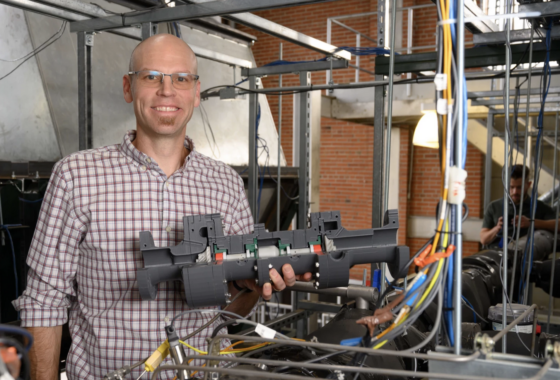
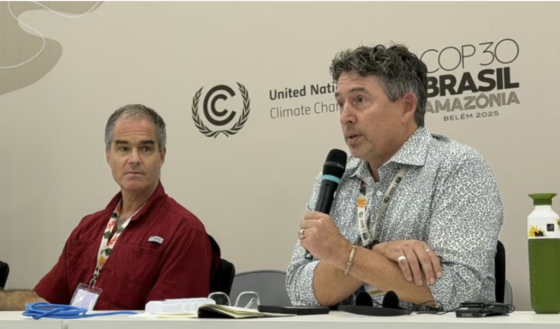
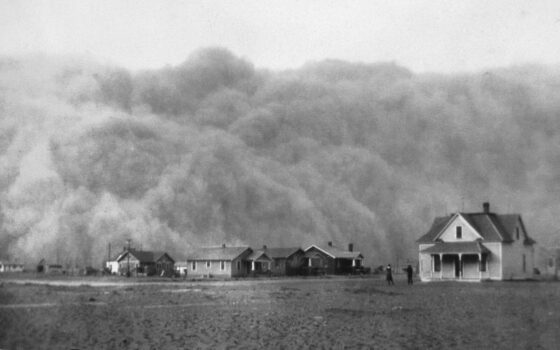
 The physiology of deciduous trees (start time: 11:09) For many people living in places with four distinct seasons, such as here in Colorado, a favorite pastime at this midpoint in autumn is watching the faded leaves fall from their branches, and listening to the crackling sound while raking up the dried leaves. In this week’s How On Earth show, we explore questions like, Why do the leaves of aspen, ash and other deciduous trees “change” color in the fall? (Spoiler alert: They actually reveal their true colors.) Why do they shed their leaves every fall? And what happens to the naked trees in the winter? Host Susan Moran interviews Dr.
The physiology of deciduous trees (start time: 11:09) For many people living in places with four distinct seasons, such as here in Colorado, a favorite pastime at this midpoint in autumn is watching the faded leaves fall from their branches, and listening to the crackling sound while raking up the dried leaves. In this week’s How On Earth show, we explore questions like, Why do the leaves of aspen, ash and other deciduous trees “change” color in the fall? (Spoiler alert: They actually reveal their true colors.) Why do they shed their leaves every fall? And what happens to the naked trees in the winter? Host Susan Moran interviews Dr.  Five years ago, Beth spoke with
Five years ago, Beth spoke with 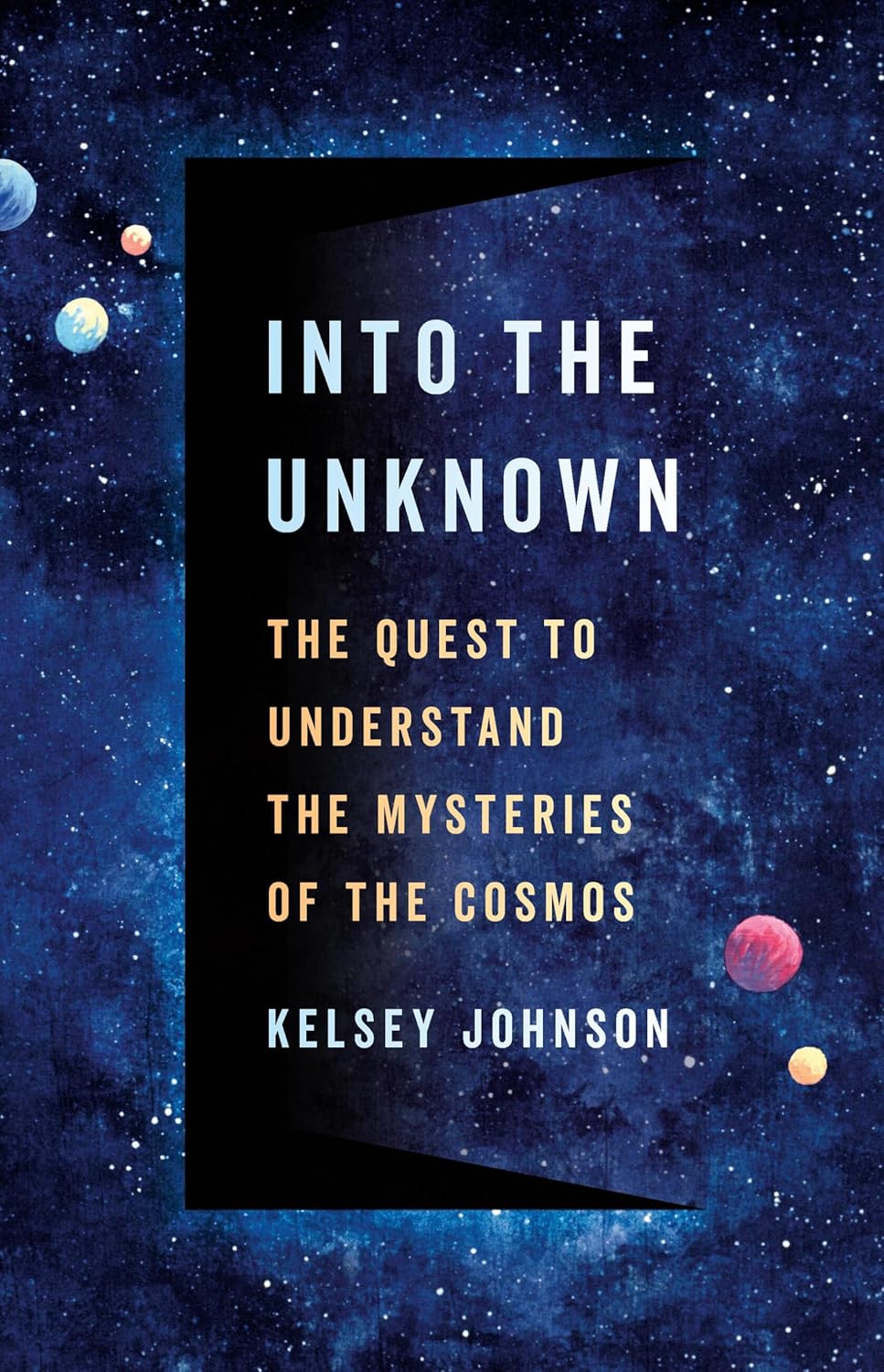 Into The Unknown (starts at 9:05) What do we know about the universe, and how do we know we know it? Conversely, what do we know we don’t know, what don’t we know that we don’t know, and why not?
Into The Unknown (starts at 9:05) What do we know about the universe, and how do we know we know it? Conversely, what do we know we don’t know, what don’t we know that we don’t know, and why not?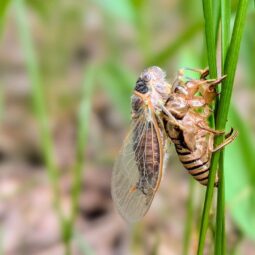
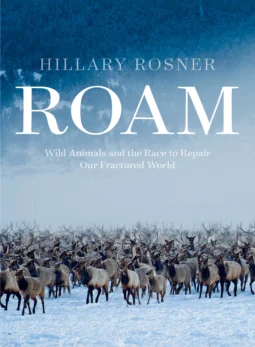
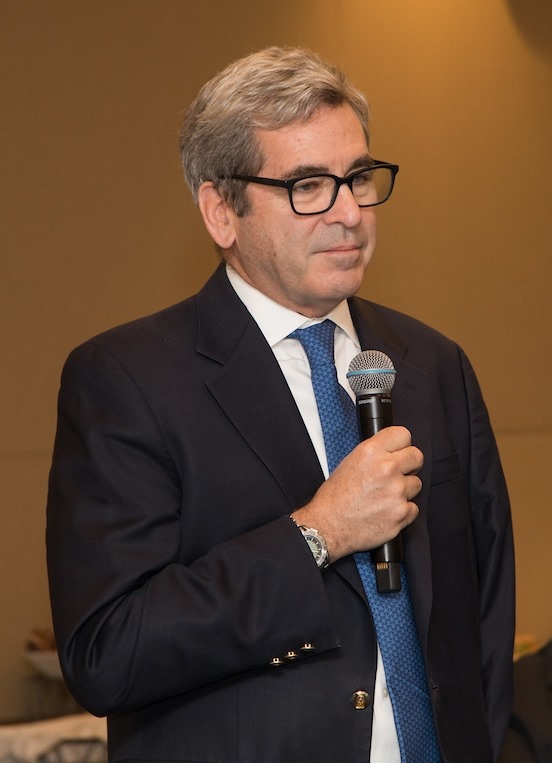 This episode features
This episode features  On this week’s How On Earth, Beth spoke with two cosmetic chemists, hosts of the podcast The Beauty Brains. We touched on some basic questions I have regarding some of the universe of products, such as shampoos, body lotions and sun screens. Beauty Brains Perry Romanowski and Valerie George, are both veteran cosmetic product developers who have worked on some of the most popular beauty products in the world. They’ve written dozens of science articles and books. Their book, Beginning Cosmetic Chemistry is used in several college programs. You can find transcripts of their podcast episodes on their
On this week’s How On Earth, Beth spoke with two cosmetic chemists, hosts of the podcast The Beauty Brains. We touched on some basic questions I have regarding some of the universe of products, such as shampoos, body lotions and sun screens. Beauty Brains Perry Romanowski and Valerie George, are both veteran cosmetic product developers who have worked on some of the most popular beauty products in the world. They’ve written dozens of science articles and books. Their book, Beginning Cosmetic Chemistry is used in several college programs. You can find transcripts of their podcast episodes on their  Menopause & HT (start time: 0:58) It happens to every woman with a uterus who reaches midlife. Menopause is a major hormonal transition that, although very challenging for some women, is natural, and (get this!) even advantageous to civilization. Think grandmothers! Yet menopause has been largely dismissed by the medical community. As a result, too many women suffer through menopause in pain, shame, and loneliness. In this week’s show, host Susan Moran interviews
Menopause & HT (start time: 0:58) It happens to every woman with a uterus who reaches midlife. Menopause is a major hormonal transition that, although very challenging for some women, is natural, and (get this!) even advantageous to civilization. Think grandmothers! Yet menopause has been largely dismissed by the medical community. As a result, too many women suffer through menopause in pain, shame, and loneliness. In this week’s show, host Susan Moran interviews 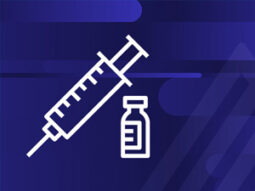 On this week’s How on Earth, Beth describes recent developments in defunding NIH research and CDC limits on
On this week’s How on Earth, Beth describes recent developments in defunding NIH research and CDC limits on  Climate change. Astronomy. A canine astronaut. They intersect in our guest, astronomer and author
Climate change. Astronomy. A canine astronaut. They intersect in our guest, astronomer and author 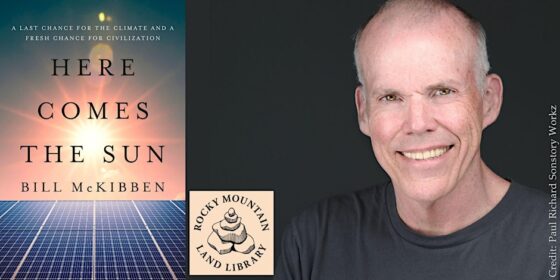
 On this week’s show we replay an
On this week’s show we replay an 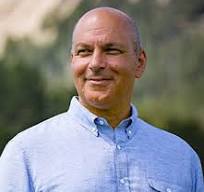
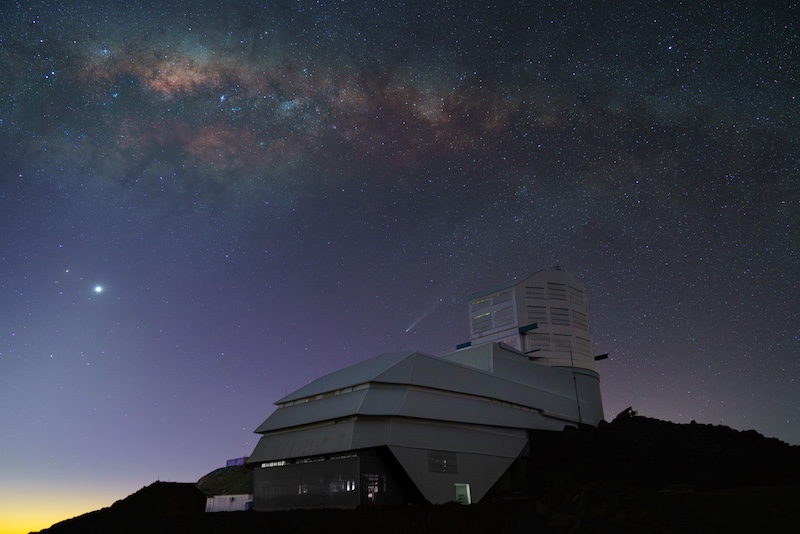 The history of astronomy has many stories of trying to understand our universe, and those stories are connected by a common thread: looking at the sky, whether with our eyes or with increasingly powerful telescopes. The newest entry in this telescopic journey is the
The history of astronomy has many stories of trying to understand our universe, and those stories are connected by a common thread: looking at the sky, whether with our eyes or with increasingly powerful telescopes. The newest entry in this telescopic journey is the 
 On this week’s show Beth speaks with computational biologist
On this week’s show Beth speaks with computational biologist 


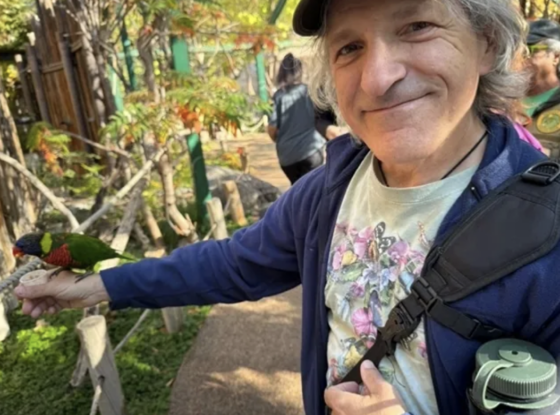
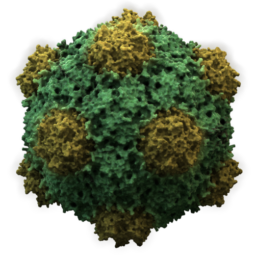 In this week’s science show Beth talks with genome biologist Ed Chuong of CU Boulder’s innovation incubator, the Biofrontiers Institute. Ed takes us for a whirlwind tour of the evolutionary history of these viral invaders of our genome, and some examples of how they can simultaneously be friend and foe. Teaser, did you realize that the genes that allow the formation of the placenta, the organ that nourishes human (and other mammal) fetuses, came from viruses!
In this week’s science show Beth talks with genome biologist Ed Chuong of CU Boulder’s innovation incubator, the Biofrontiers Institute. Ed takes us for a whirlwind tour of the evolutionary history of these viral invaders of our genome, and some examples of how they can simultaneously be friend and foe. Teaser, did you realize that the genes that allow the formation of the placenta, the organ that nourishes human (and other mammal) fetuses, came from viruses! With graduation season upon us, today’s edition of How on Earth is Part 2 of our annual “
With graduation season upon us, today’s edition of How on Earth is Part 2 of our annual “ Chloe Long
Chloe Long
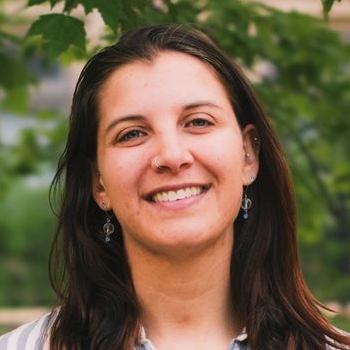
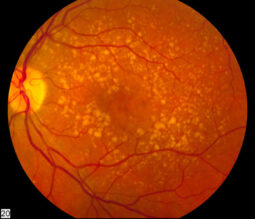
 Scientists speak out for science (start time: 1:00) The Trump administration has been on a dizzying streak of slashing federal funding for scientific research, and firing thousands of federal scientists. Among the casualties is the
Scientists speak out for science (start time: 1:00) The Trump administration has been on a dizzying streak of slashing federal funding for scientific research, and firing thousands of federal scientists. Among the casualties is the 
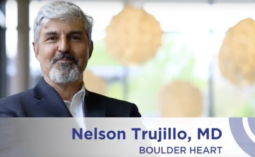




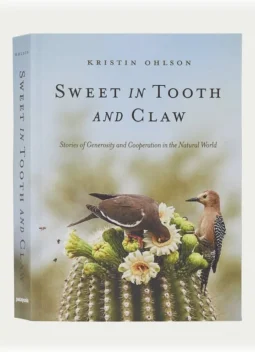 Sweet in Tooth and Claw (start time: 0:59) Since the 1800s, science has been obsessed with the notion, stemming from Charles Darwin’s theory of evolution through natural selection, that only the “fittest” can survive and pass on their strong genes. As in, it’s a ruthless, violent world. And today, we humans find ourselves mired in a hyper-polarized society fixated on competition, disruption, and “If you win, I lose” thinking. A good time to take a look at a different way of living together–how a “kinder, gentler” approach also helps species evolve. In this week’s show, Susan Moran interviews journalist/author
Sweet in Tooth and Claw (start time: 0:59) Since the 1800s, science has been obsessed with the notion, stemming from Charles Darwin’s theory of evolution through natural selection, that only the “fittest” can survive and pass on their strong genes. As in, it’s a ruthless, violent world. And today, we humans find ourselves mired in a hyper-polarized society fixated on competition, disruption, and “If you win, I lose” thinking. A good time to take a look at a different way of living together–how a “kinder, gentler” approach also helps species evolve. In this week’s show, Susan Moran interviews journalist/author 
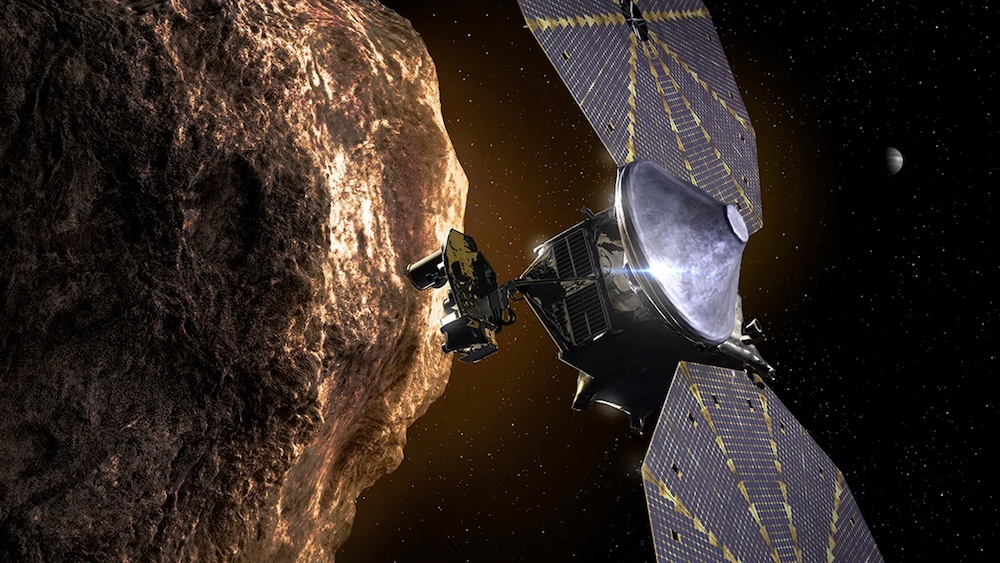

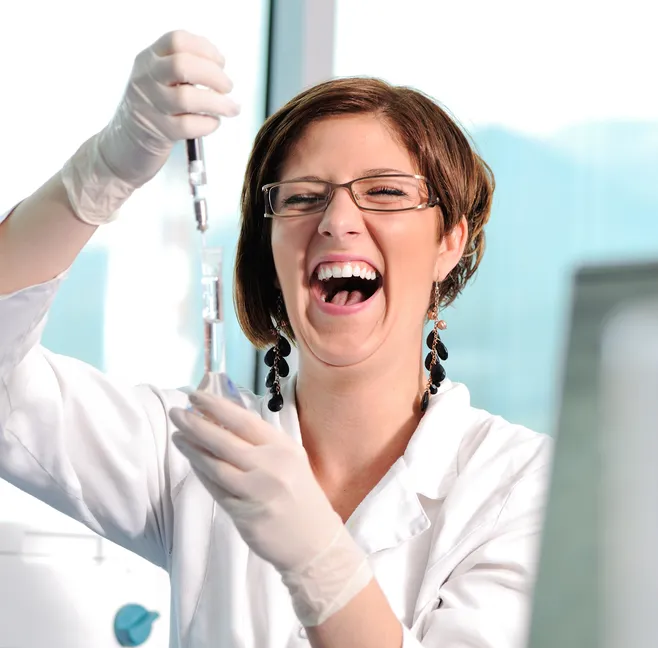

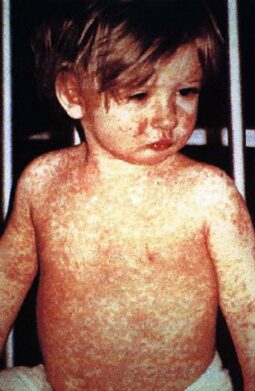 On this week’s show, Beth talks with
On this week’s show, Beth talks with 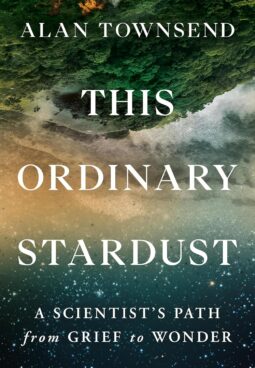
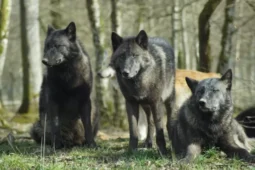
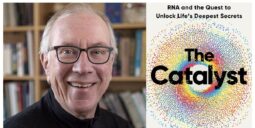
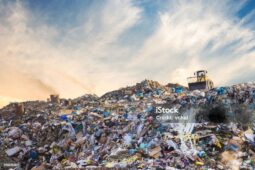
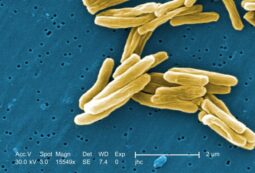 On today’s show, Beth speaks with CU scientist Christopher Lowry. Dr. Lowry’s research program at CU Boulder focuses on understanding stress-related physiology and behavior with an emphasis on the microbiome-gut-brain axis. He describes his
On today’s show, Beth speaks with CU scientist Christopher Lowry. Dr. Lowry’s research program at CU Boulder focuses on understanding stress-related physiology and behavior with an emphasis on the microbiome-gut-brain axis. He describes his 

 Today on How on Earth, Beth speaks with Professor Vincent Racaniello of the Columbia University Medical Center. He has been studying viruses, particularly the polio virus, for over 40 years. Professor Racaniello is passionate about teaching virology to the World. His virology lectures can be found on YouTube. He
Today on How on Earth, Beth speaks with Professor Vincent Racaniello of the Columbia University Medical Center. He has been studying viruses, particularly the polio virus, for over 40 years. Professor Racaniello is passionate about teaching virology to the World. His virology lectures can be found on YouTube. He 
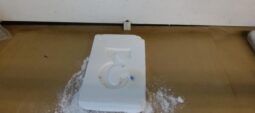 In today’s show Beth reviews the latest data on the opiate epidemic in Boulder. You’ll hear from a pharmacologist who studies substance abuse, a DEA agent who oversees the task force on fentanyl, and our state senator who discusses legislation at the state level, as well as a story on a novel, implantable device to monitor for overdoses and autonomously inject the antidote – naloxone.
In today’s show Beth reviews the latest data on the opiate epidemic in Boulder. You’ll hear from a pharmacologist who studies substance abuse, a DEA agent who oversees the task force on fentanyl, and our state senator who discusses legislation at the state level, as well as a story on a novel, implantable device to monitor for overdoses and autonomously inject the antidote – naloxone.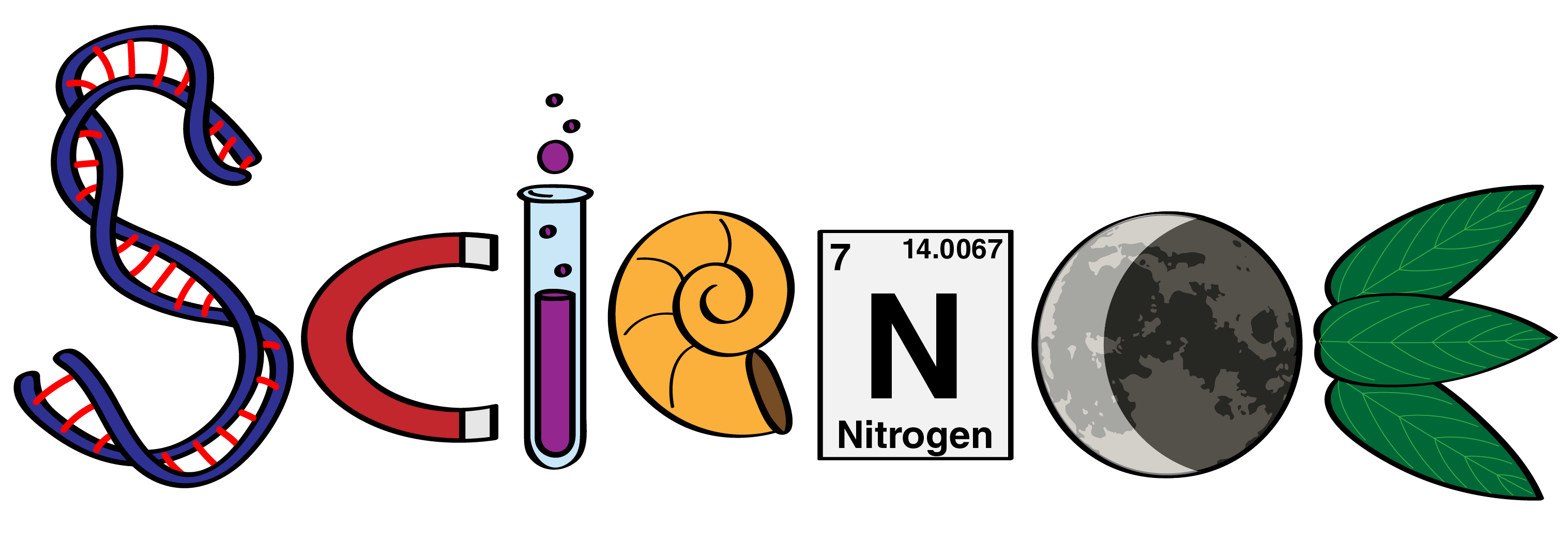
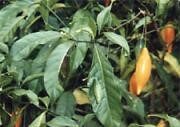
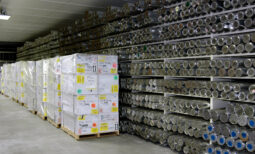

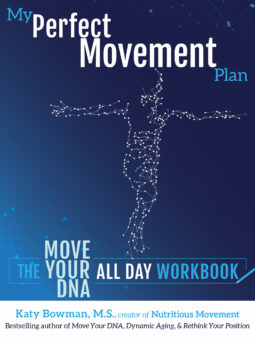 On today’s show Beth plays portions of a chat (
On today’s show Beth plays portions of a chat (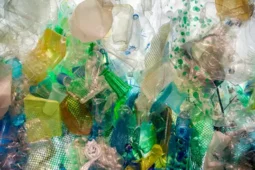
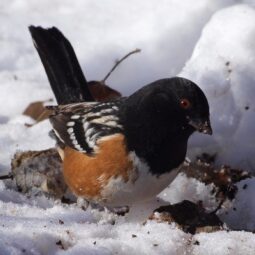




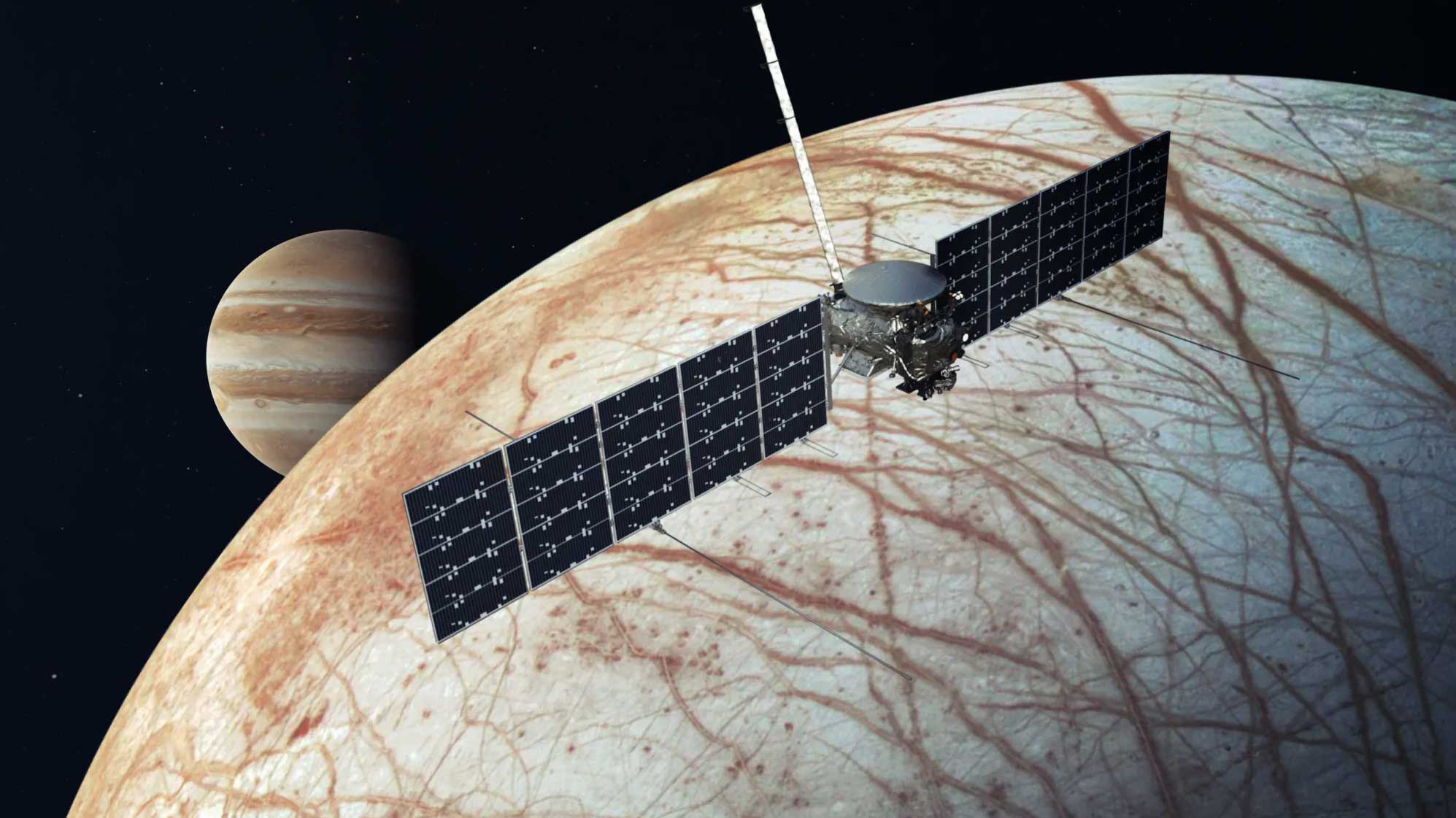
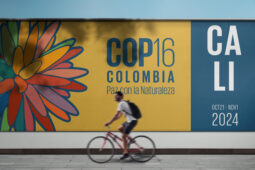 COP16: Hope & Hurdles (start time: 1:20) On this week’s show, host Susan Moran interviews two conservation biologists at Colorado State University —
COP16: Hope & Hurdles (start time: 1:20) On this week’s show, host Susan Moran interviews two conservation biologists at Colorado State University — 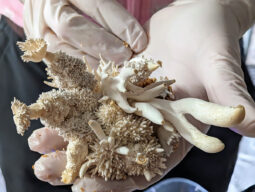

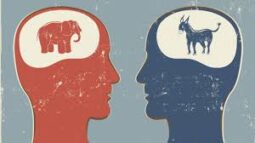
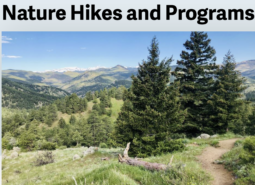
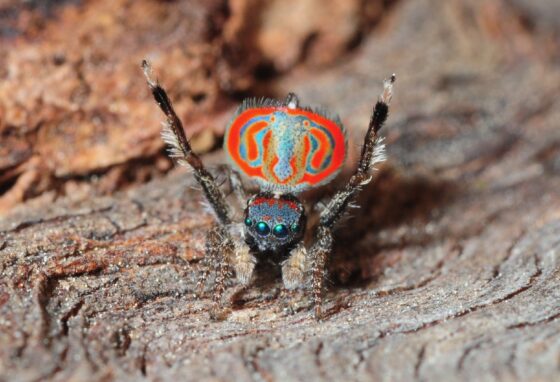
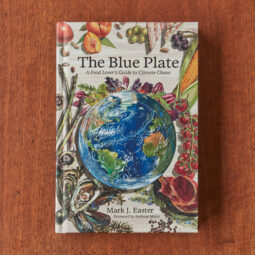 The Blue Plate in a Red-hot World (start time: 7:46) While adding cream to your morning cup of coffee, or digesting the hamburger that you grilled last night, you might not have been asking yourself, What’s the carbon footprint of these ingredients and meals? Understandable. Our guest today, ecologist
The Blue Plate in a Red-hot World (start time: 7:46) While adding cream to your morning cup of coffee, or digesting the hamburger that you grilled last night, you might not have been asking yourself, What’s the carbon footprint of these ingredients and meals? Understandable. Our guest today, ecologist 
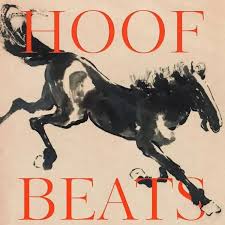
 In this week’s show Beth spoke with Marc Bekoff, well known and loved for his decades of research into animal behavior, emotion and cognition, about the new edition of his classic book, The Emotional Lives of Animals. Marc Bekoff is professor emeritus of Ecology and Evolutionary Biology at the University of Colorado, Boulder. For decades he has studied animal behavior, cognitive ethology (the study of animal minds), behavioral ecology, and written extensively on human-animal interactions and animal protection. He centers his work and writing around compassionate conservation, namely the principle of, “First do no harm” and the life of every individual matters because they are alive and have intrinsic value, not because of what they can do for us. We talked about the new edition of his classic book,
In this week’s show Beth spoke with Marc Bekoff, well known and loved for his decades of research into animal behavior, emotion and cognition, about the new edition of his classic book, The Emotional Lives of Animals. Marc Bekoff is professor emeritus of Ecology and Evolutionary Biology at the University of Colorado, Boulder. For decades he has studied animal behavior, cognitive ethology (the study of animal minds), behavioral ecology, and written extensively on human-animal interactions and animal protection. He centers his work and writing around compassionate conservation, namely the principle of, “First do no harm” and the life of every individual matters because they are alive and have intrinsic value, not because of what they can do for us. We talked about the new edition of his classic book, 
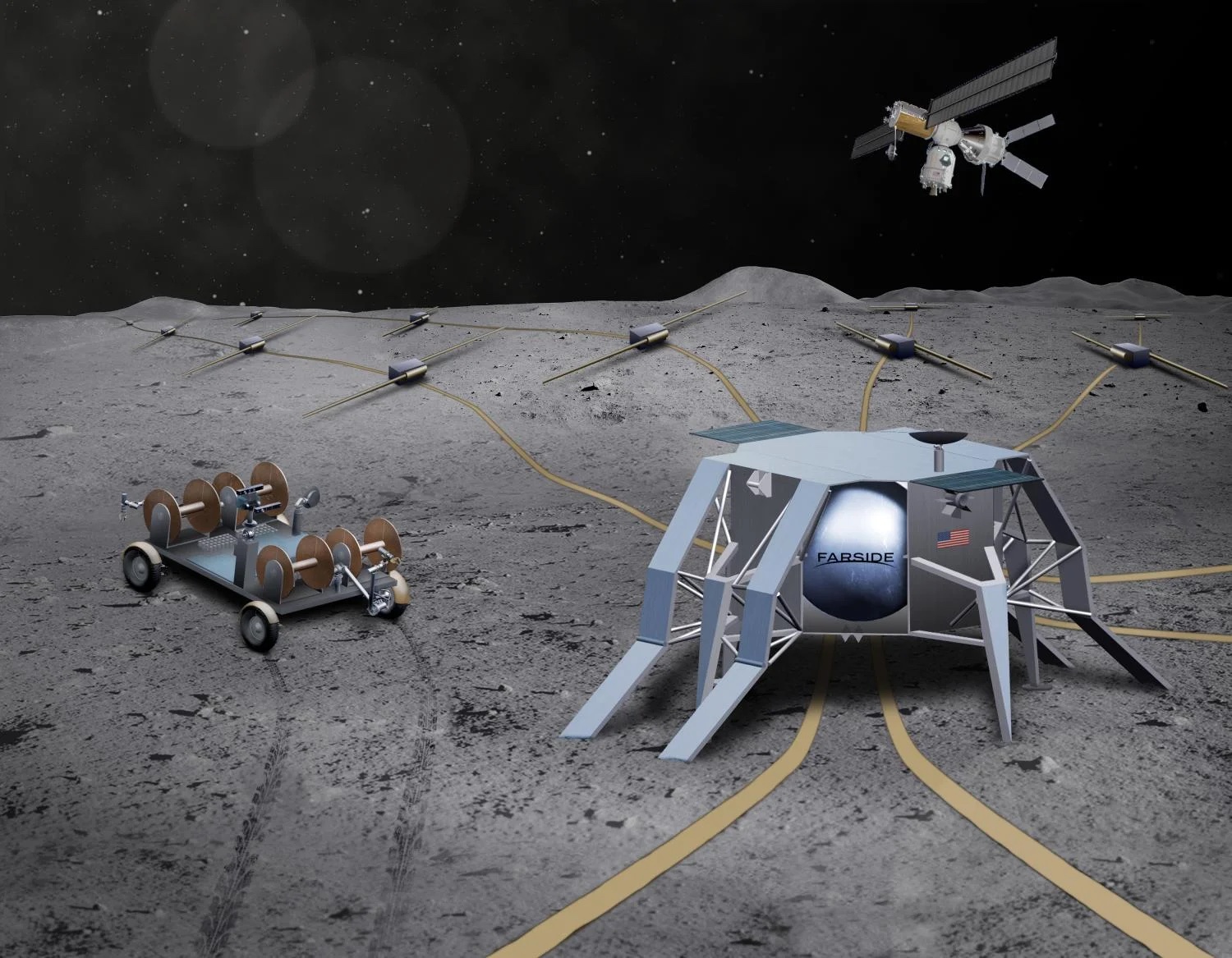 When people talk about going to the Moon, it is often in terms of establishing a station there, or finding water, or doing science about the Moon such as studying moon rocks. But we can do interesting science from the Moon that can’t be done on Earth, which is our topic today with guest
When people talk about going to the Moon, it is often in terms of establishing a station there, or finding water, or doing science about the Moon such as studying moon rocks. But we can do interesting science from the Moon that can’t be done on Earth, which is our topic today with guest 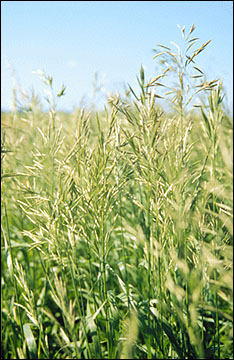 On this week’s show Beth speaks with Joe Swanson and Laura Backus to discuss some of the invasive weeds that are plaguing Boulder County. Joe is the County
On this week’s show Beth speaks with Joe Swanson and Laura Backus to discuss some of the invasive weeds that are plaguing Boulder County. Joe is the County 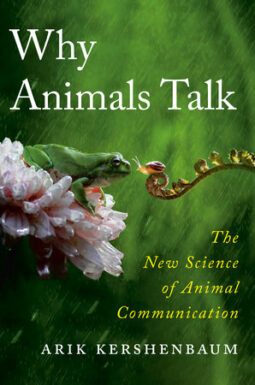 Animal Communication Science (start time: 2:57) Whether you own a dog or horse, or have listened to dolphins, wolves, chimpanzees or other wild animals, you’ve probably wondered what they’re saying when they communicate vocally – and why do they communicate the way they do? Our guest, zoologist
Animal Communication Science (start time: 2:57) Whether you own a dog or horse, or have listened to dolphins, wolves, chimpanzees or other wild animals, you’ve probably wondered what they’re saying when they communicate vocally – and why do they communicate the way they do? Our guest, zoologist  In this fire prone season, we talk with experts about an ancient building technique that might reduce the chance that a building’s going to burn. Unfired, compressed earth blocks are a building material that involves clay, sand and lime. Our guests are architect-engineer
In this fire prone season, we talk with experts about an ancient building technique that might reduce the chance that a building’s going to burn. Unfired, compressed earth blocks are a building material that involves clay, sand and lime. Our guests are architect-engineer 

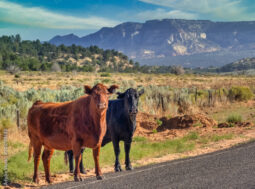 On this week’s How on Earth we’re airing a show produced by
On this week’s How on Earth we’re airing a show produced by 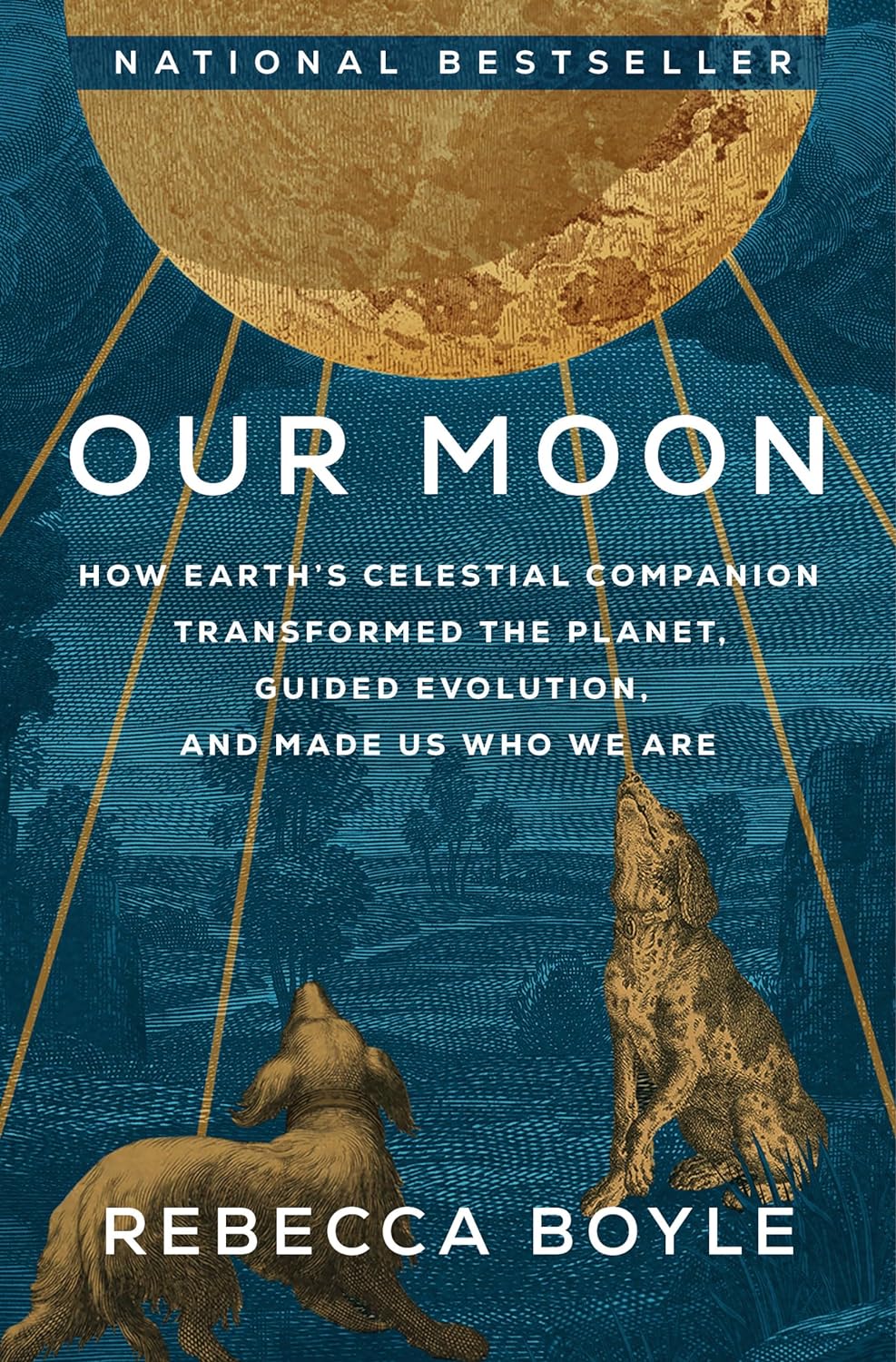 In this episode, we talk with journalist and author
In this episode, we talk with journalist and author 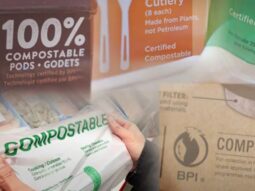 Making “Compostable” Products Truly Compostable (start time: 0:56) You’ve probably wracked your brain at some point trying to figure out whether the compostable-labelled clamshell or the green-tinted plastic cup you got at a restaurant is truly compostable. Many products contain misleading and outright false claims, leaving consumers
Making “Compostable” Products Truly Compostable (start time: 0:56) You’ve probably wracked your brain at some point trying to figure out whether the compostable-labelled clamshell or the green-tinted plastic cup you got at a restaurant is truly compostable. Many products contain misleading and outright false claims, leaving consumers 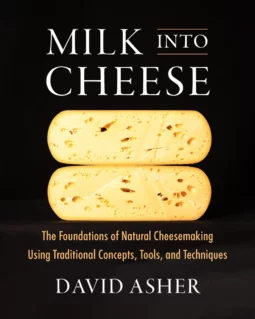 This week on How on Earth, Beth talks with author and cheesemaker extraordinaire and author, David Asher, about his
This week on How on Earth, Beth talks with author and cheesemaker extraordinaire and author, David Asher, about his 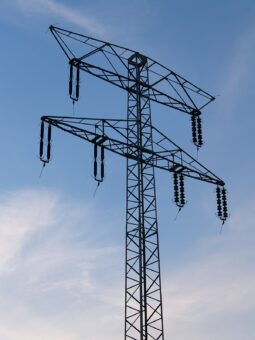
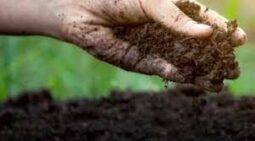
 On this week’s show, Beth speaks with Jennifer Ackerman, about her new book,
On this week’s show, Beth speaks with Jennifer Ackerman, about her new book,  This week on How on Earth, we revisit bees and pollination biology. Beth spoke with Professor Michael Breed about honeybees and other pollinators. These insects provide crucial service to our agricultural systems by pollinating flowers whose seeds and fruit produce our foods. But many of us ignore or take them for granted. The Colorado State University Extension Service offers a
This week on How on Earth, we revisit bees and pollination biology. Beth spoke with Professor Michael Breed about honeybees and other pollinators. These insects provide crucial service to our agricultural systems by pollinating flowers whose seeds and fruit produce our foods. But many of us ignore or take them for granted. The Colorado State University Extension Service offers a  Birds of Spring, Habitat Preservation (start time: 3:08) It’s springtime, when many of us are woken up at the crack of dawn by a chorus of chickadees or other songbirds outside. To celebrate these emblems of spring, and World Migratory Bird Day (May 18), How On Earth’s Susan Moran interviews two bird/nature experts about the state of affairs for the North America bird population , including threats to their survival, efforts to preserve their habitats, and how we humans can get outside and appreciate the natural world while helping to give birds, insects and other wildlife a leg up.
Birds of Spring, Habitat Preservation (start time: 3:08) It’s springtime, when many of us are woken up at the crack of dawn by a chorus of chickadees or other songbirds outside. To celebrate these emblems of spring, and World Migratory Bird Day (May 18), How On Earth’s Susan Moran interviews two bird/nature experts about the state of affairs for the North America bird population , including threats to their survival, efforts to preserve their habitats, and how we humans can get outside and appreciate the natural world while helping to give birds, insects and other wildlife a leg up. 

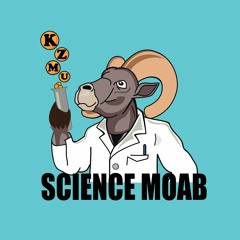

 In this week’s show, Beth speaks with rewilder Derek Gow about his new book,
In this week’s show, Beth speaks with rewilder Derek Gow about his new book, 
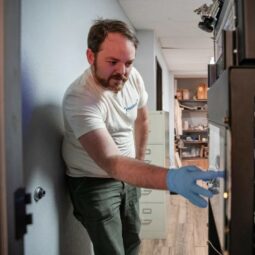
 In this episode of How on Earth, we talk about the upcoming
In this episode of How on Earth, we talk about the upcoming 
 Habitable Worlds Observatory (starts at 5:15)
Habitable Worlds Observatory (starts at 5:15) 


 NASA Headquarters in the
NASA Headquarters in the 
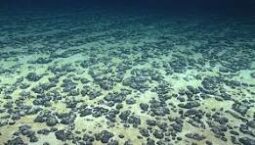
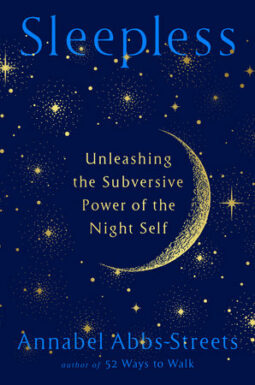 In this week’s show Beth speaks with author
In this week’s show Beth speaks with author  This week on How on Earth Beth speaks with Mattie Matsch, deputy director of
This week on How on Earth Beth speaks with Mattie Matsch, deputy director of 


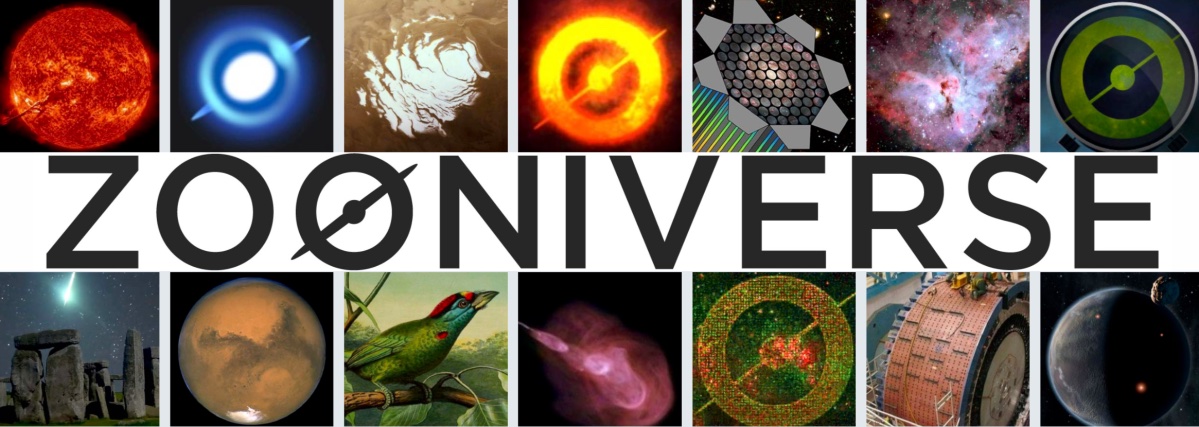 Citizen Science with Zooniverse (starts at 13:21)
Citizen Science with Zooniverse (starts at 13:21) 

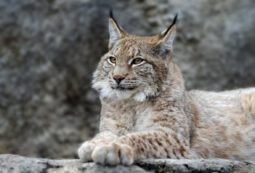
 On this week’s show, we focus on the ongoing challenge of climate change. In addition to headlines about this issue, we replay an interview with author John Vaillant, who has written extensively about the natural world over his long career. In his new book, Fire Weather:A True Story from a Hotter World, he explores the phenomena of fire, the wildland urban interface, and climate change in the context of a precedent-shattering combustion in a modern city.This colossal wildfire in Alberta in 2016 almost consumed a city of nearly 100,000. In the process the fire blew up expectations and responses to wild fires. Vaillant gives an in depth exploration of the rapidly changing relationship between fire and humankind along with personal stories of loss and bravery on the front lines of this horrifying event.
On this week’s show, we focus on the ongoing challenge of climate change. In addition to headlines about this issue, we replay an interview with author John Vaillant, who has written extensively about the natural world over his long career. In his new book, Fire Weather:A True Story from a Hotter World, he explores the phenomena of fire, the wildland urban interface, and climate change in the context of a precedent-shattering combustion in a modern city.This colossal wildfire in Alberta in 2016 almost consumed a city of nearly 100,000. In the process the fire blew up expectations and responses to wild fires. Vaillant gives an in depth exploration of the rapidly changing relationship between fire and humankind along with personal stories of loss and bravery on the front lines of this horrifying event.
 On this week’s show, Beth speaks with Dr Afton Hassett, psychologist and pain researcher about her book,
On this week’s show, Beth speaks with Dr Afton Hassett, psychologist and pain researcher about her book,  Climate Change & COP28 (start time: 1:30) A major global climate conference is taking place now in Dubai, amidst a year of record-breaking heat, wildfires, floods and more around the world.
Climate Change & COP28 (start time: 1:30) A major global climate conference is taking place now in Dubai, amidst a year of record-breaking heat, wildfires, floods and more around the world. 
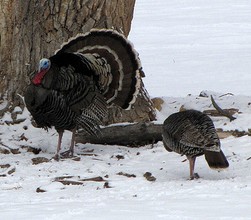
 The Power of Poop (start time: 5:41) This potent byproduct of our digestive system holds the promise of being a big part of the solution to several public health and environmental challenges of our time, such as drinking water scarcity and degraded cropland. In this week’s show, How On Earth’s Susan Moran interviews Dr.
The Power of Poop (start time: 5:41) This potent byproduct of our digestive system holds the promise of being a big part of the solution to several public health and environmental challenges of our time, such as drinking water scarcity and degraded cropland. In this week’s show, How On Earth’s Susan Moran interviews Dr. 
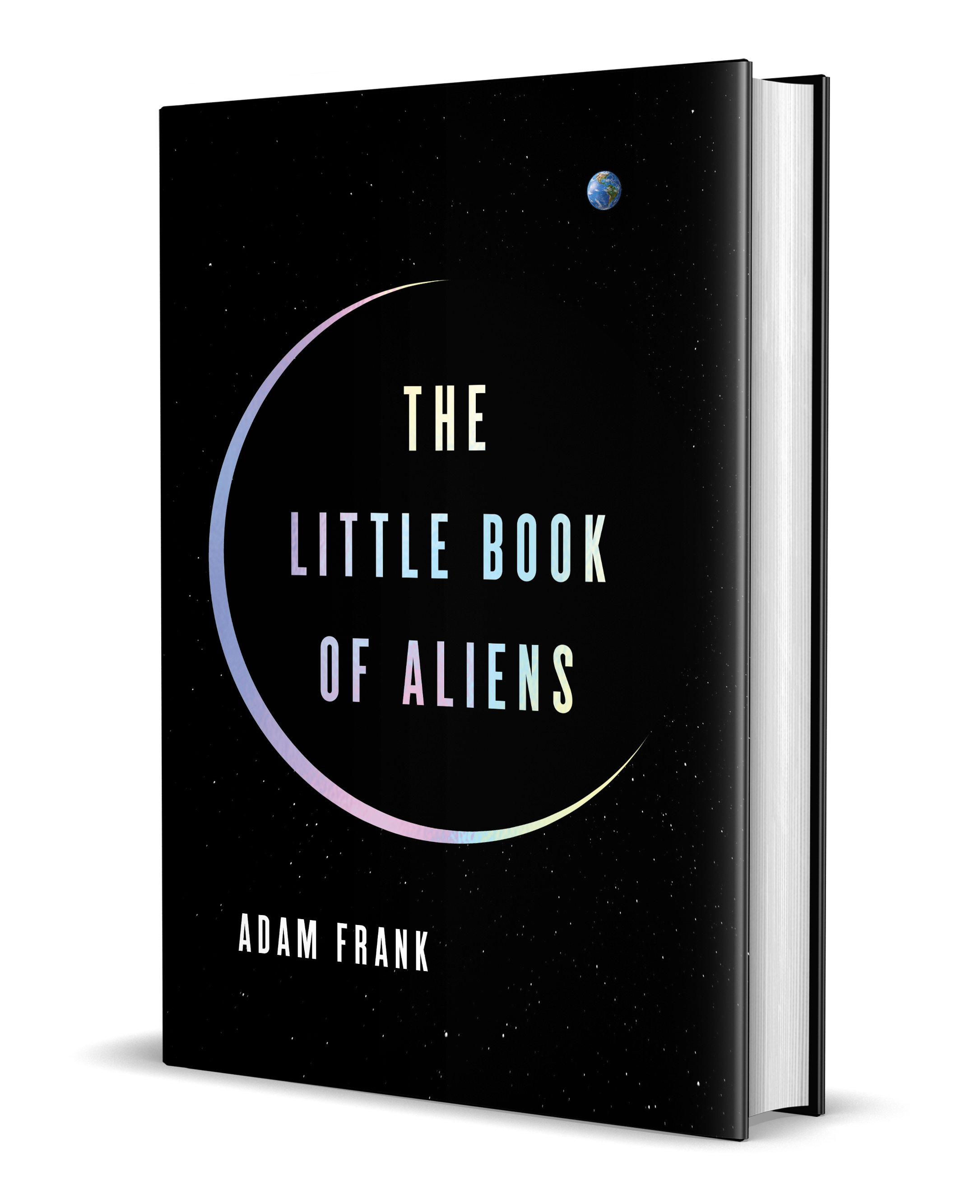 In this Halloween episode, we talk with
In this Halloween episode, we talk with  Over the Seawall (start time: 7:33): One of the key things that makes us human is our ability to problem-solve. But often our engineered fixes backfire and even make the problem we’re trying to solve much worse. How On Earth host Susan Moran interviews journalist
Over the Seawall (start time: 7:33): One of the key things that makes us human is our ability to problem-solve. But often our engineered fixes backfire and even make the problem we’re trying to solve much worse. How On Earth host Susan Moran interviews journalist 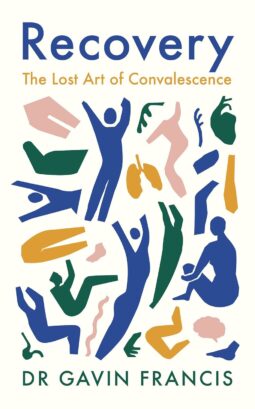 In this episode of How on Earth we hear the full interview Beth did with physician and author Gavin Frances.
In this episode of How on Earth we hear the full interview Beth did with physician and author Gavin Frances. As part of the KGNU Fund Drive, this episode of How on Earth features excerpts of Beth Bennett’s interview of
As part of the KGNU Fund Drive, this episode of How on Earth features excerpts of Beth Bennett’s interview of 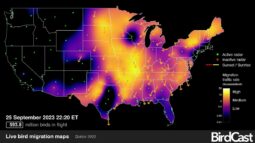
 Plastics: From Pollution to Solutions (start time: 0:58) We all want to think that the yogurt tubs, takeout containers and other plastic products that we toss into our kitchen recycling bin will actually get recycled. Chances are, they won’t. Plastic product makers have for many years been
Plastics: From Pollution to Solutions (start time: 0:58) We all want to think that the yogurt tubs, takeout containers and other plastic products that we toss into our kitchen recycling bin will actually get recycled. Chances are, they won’t. Plastic product makers have for many years been 
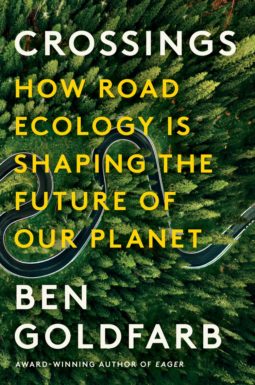 Wildlife Crossings (start time: 0:58) In this week’s show, host Susan Moran interviews journalist
Wildlife Crossings (start time: 0:58) In this week’s show, host Susan Moran interviews journalist 
 This week on How on Earth, Beth speaks with Robert Crifasi about his new book,
This week on How on Earth, Beth speaks with Robert Crifasi about his new book, 


 This week on How on Earth, Beth talks with Christine Yu – an award-winning journalist who has turned her reporting on women athletes and the relationship between science and athletic performance into a comprehensive book on the subject. In
This week on How on Earth, Beth talks with Christine Yu – an award-winning journalist who has turned her reporting on women athletes and the relationship between science and athletic performance into a comprehensive book on the subject. In  Of Bears & Humans (start time: 1:34) If you live on the Front Range or in the mountains, you’ve probably seen a black bear while hiking or in your neighborhood. Black bears are thriving, but most of the other eight remaining bear species are struggling to survive. How On Earth host Susan Moran interviews journalist
Of Bears & Humans (start time: 1:34) If you live on the Front Range or in the mountains, you’ve probably seen a black bear while hiking or in your neighborhood. Black bears are thriving, but most of the other eight remaining bear species are struggling to survive. How On Earth host Susan Moran interviews journalist 
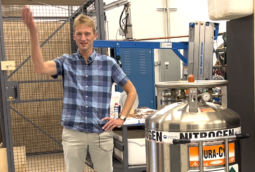


 On today’s show Beth speaks with biomechanics Katy Bowman about her new book, Rethink Your POsition. Are you a fitness fanatic? Or a couch potato? Whichever, there’s something for you here. Katy’s biomechanics background, allows her to assess the movements of everyday life and describe how to perform them correctly, based on human anatomy. Moving from the head down, she dissects everything from sitting at the computer to running marathons and gives easy-to-follow instructions for improving. You can find video and more at her
On today’s show Beth speaks with biomechanics Katy Bowman about her new book, Rethink Your POsition. Are you a fitness fanatic? Or a couch potato? Whichever, there’s something for you here. Katy’s biomechanics background, allows her to assess the movements of everyday life and describe how to perform them correctly, based on human anatomy. Moving from the head down, she dissects everything from sitting at the computer to running marathons and gives easy-to-follow instructions for improving. You can find video and more at her 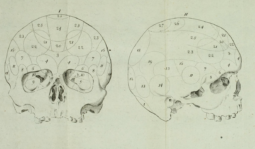

 In this week’s How on Earth, Beth speaks with author John Vaillant about his new book, Fire Weather: A True Story from a Hotter World. He explores the phenomena of fire, the wildland urban interface, and climate change in the context of a precedent-shattering combustion in a modern city.This colossal wildfire in Alberta in 2016 almost consumed a city of nearly 100,000. In the process the fire blew up expectations and responses to wild fires. Vaillant gives an in depth exploration of the rapidly changing relationship between fire and humankind along with personal stories of loss and bravery on the front lines of this horrifying event.
In this week’s How on Earth, Beth speaks with author John Vaillant about his new book, Fire Weather: A True Story from a Hotter World. He explores the phenomena of fire, the wildland urban interface, and climate change in the context of a precedent-shattering combustion in a modern city.This colossal wildfire in Alberta in 2016 almost consumed a city of nearly 100,000. In the process the fire blew up expectations and responses to wild fires. Vaillant gives an in depth exploration of the rapidly changing relationship between fire and humankind along with personal stories of loss and bravery on the front lines of this horrifying event.
 Kathleen McGuire –
Kathleen McGuire – 
 This week on How on Earth, Beth replays in interview with Professor Mike Breed, who has been studying social insects, including ants and bees, at the University of Colorado here in Boulder, for decades. She spoke with him last year about the fascinating biology of these important pollinators, in an interview that is still timely, because the many problems facing honeybees, and other bees are continuing to mount. He describes the challenges these important insects face in the modern world, and what we can do to protect them.
This week on How on Earth, Beth replays in interview with Professor Mike Breed, who has been studying social insects, including ants and bees, at the University of Colorado here in Boulder, for decades. She spoke with him last year about the fascinating biology of these important pollinators, in an interview that is still timely, because the many problems facing honeybees, and other bees are continuing to mount. He describes the challenges these important insects face in the modern world, and what we can do to protect them.

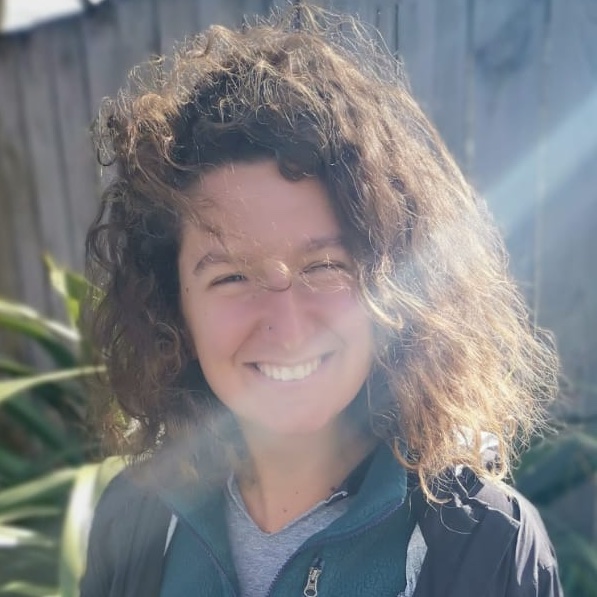 Amanda Hampton –
Amanda Hampton – 
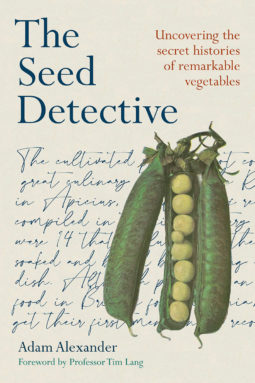 In this week’s show Beth speaks with
In this week’s show Beth speaks with 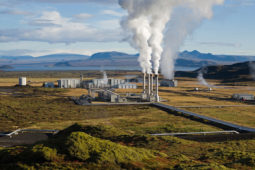
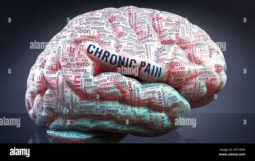




 Today on How on Earth, Beth speaks with
Today on How on Earth, Beth speaks with 
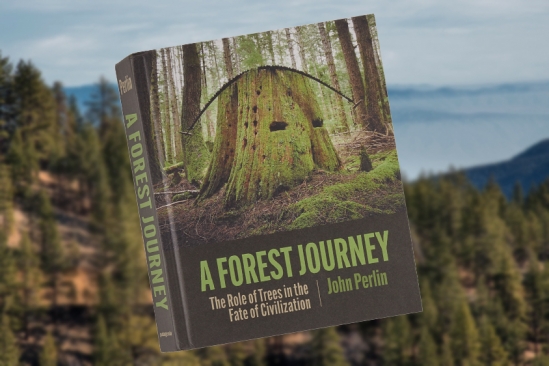
 On today’s show Beth talks with Dr Elissa Epel, about her
On today’s show Beth talks with Dr Elissa Epel, about her 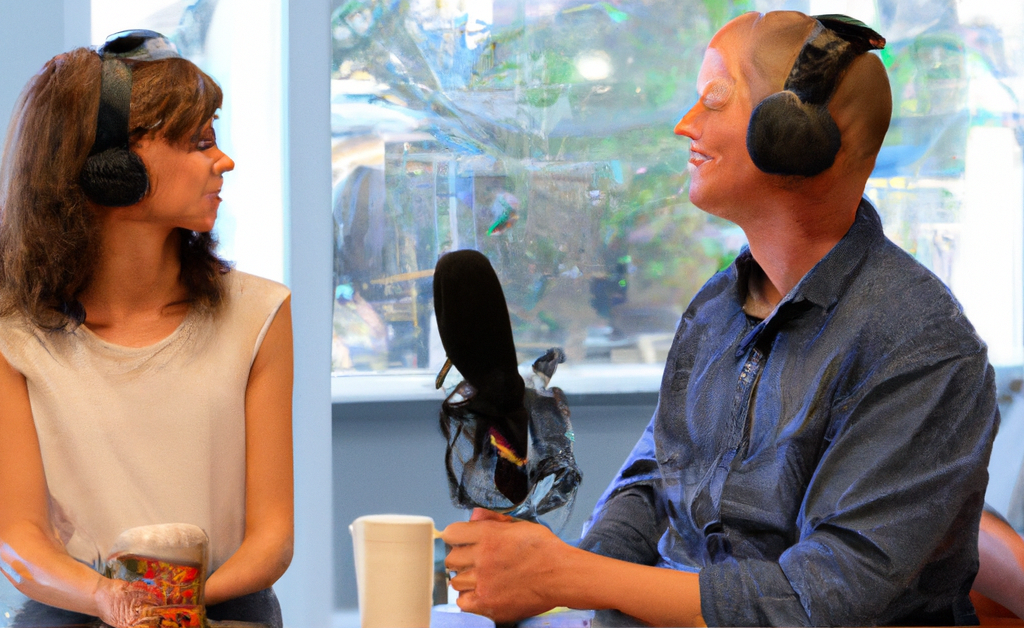

 Your Brain on Music (start time: 6:18): Most people love music, whether it’s opera music, jazz, rock-n-roll, gospel, nursery rhymes or another genre. Whether you’re a trained professional or someone who just likes to sing in the shower or listen to your favorite playlists, you’ve likely felt the power of music in shaping your thoughts, feelings and behavior. But how?
Your Brain on Music (start time: 6:18): Most people love music, whether it’s opera music, jazz, rock-n-roll, gospel, nursery rhymes or another genre. Whether you’re a trained professional or someone who just likes to sing in the shower or listen to your favorite playlists, you’ve likely felt the power of music in shaping your thoughts, feelings and behavior. But how?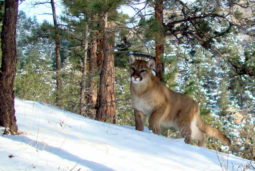
 NASA’s
NASA’s 
 This week on How on Earth, Beth speaks with Professor Carol Gigliotti about her new book,
This week on How on Earth, Beth speaks with Professor Carol Gigliotti about her new book, 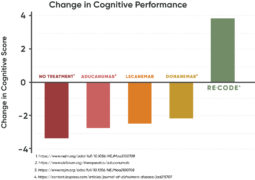

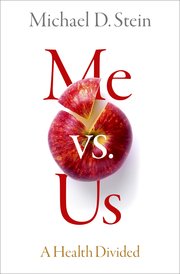 On today’s show, Beth speaks with Michael Stein, primary care physician and researcher, who has been writing about medicine and public health for decades. In
On today’s show, Beth speaks with Michael Stein, primary care physician and researcher, who has been writing about medicine and public health for decades. In 
 Dr. Ryan Lau (Assistant Astronomer,
Dr. Ryan Lau (Assistant Astronomer,  In today’s show Beth talks with
In today’s show Beth talks with  Unruly Planet (start time: 5:31) This week on How On Earth Susan Moran interviews science journalist
Unruly Planet (start time: 5:31) This week on How On Earth Susan Moran interviews science journalist  This week on How on Earth Beth talks to Dr. Robynne Chutkan, about her newest book, The
This week on How on Earth Beth talks to Dr. Robynne Chutkan, about her newest book, The  How on Earth’s Beth Bennett talks with authors
How on Earth’s Beth Bennett talks with authors 
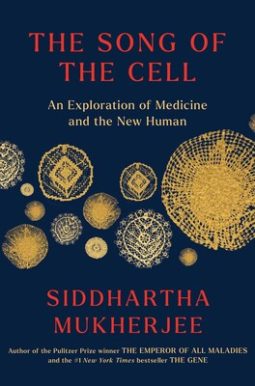 Today on How on Earth, Beth talks with Dr Siddhartha Mukherjee. His first book, The Emperor of All Maladies, won the Pulitzer Prize in 2011. His
Today on How on Earth, Beth talks with Dr Siddhartha Mukherjee. His first book, The Emperor of All Maladies, won the Pulitzer Prize in 2011. His 
 Starting this week, the FDA has approved the
Starting this week, the FDA has approved the  We talk with author
We talk with author 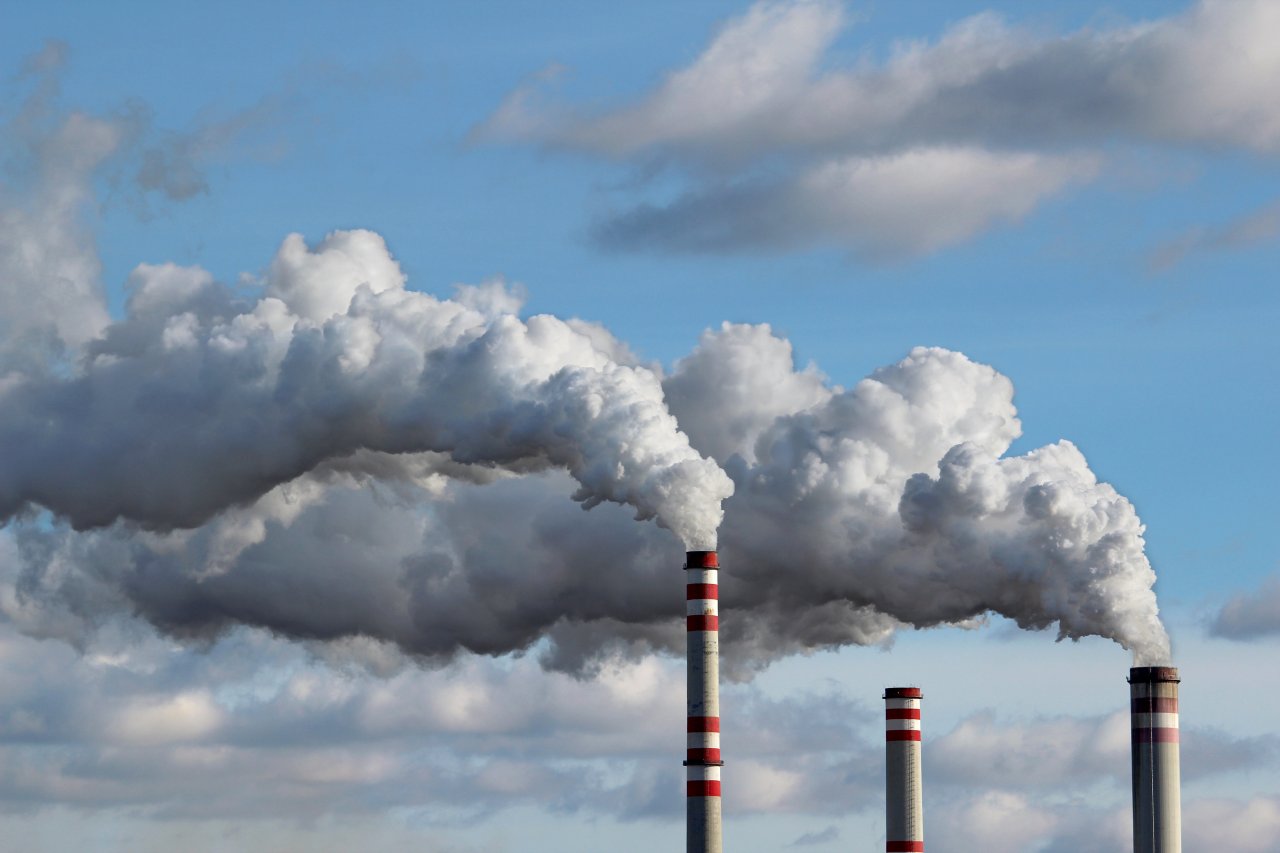 Pollution Impacts on Gut Microbiome (starts at 1:00) The
Pollution Impacts on Gut Microbiome (starts at 1:00) The  Folding Proteins (starts at 15:53) Proteins are essential for the function of our bodies and other biological systems. One mystery is how proteins containing hundreds of amino acids are able to quickly and efficiently fold into the necessary complex structures. How on Earth’s Shelley Schlender talks with
Folding Proteins (starts at 15:53) Proteins are essential for the function of our bodies and other biological systems. One mystery is how proteins containing hundreds of amino acids are able to quickly and efficiently fold into the necessary complex structures. How on Earth’s Shelley Schlender talks with 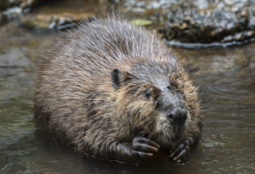

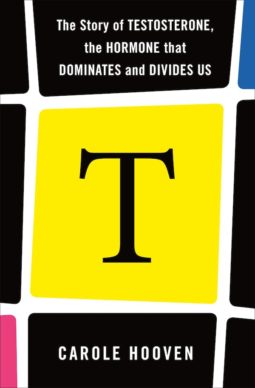 ON this week’s show, Beth talks with Carole Hooven about her new
ON this week’s show, Beth talks with Carole Hooven about her new  Colorado River Basin Crisis Pt. II (start time: 6:19): This week’s How On Earth show focuses on the implications and future prospects after the federal government in June ordered the seven Western states that rely on the river to come up with a plan to save trillions of gallons of water from the shrinking river) — and after the August 15 deadline came and passed without a deal. (Here’s the Bureau of Reclamation’s
Colorado River Basin Crisis Pt. II (start time: 6:19): This week’s How On Earth show focuses on the implications and future prospects after the federal government in June ordered the seven Western states that rely on the river to come up with a plan to save trillions of gallons of water from the shrinking river) — and after the August 15 deadline came and passed without a deal. (Here’s the Bureau of Reclamation’s 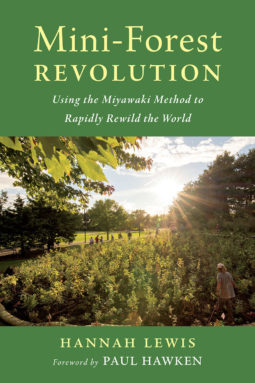 In this week’s How on Earth, we look at 3 aspects of climate change: its role in disease incidence and transmission; some effects of the new climate change legislation; and how ‘micro-forests’ can mitigate temperature and water loss. The latter comes from an interview with author Hannah Lewis and her book
In this week’s How on Earth, we look at 3 aspects of climate change: its role in disease incidence and transmission; some effects of the new climate change legislation; and how ‘micro-forests’ can mitigate temperature and water loss. The latter comes from an interview with author Hannah Lewis and her book 
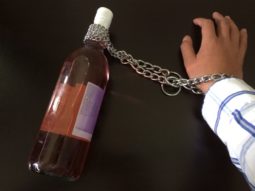


 This week on How on Earth, Beth speaks with author and planetary geologist Dr. Simon Morden. In his book,
This week on How on Earth, Beth speaks with author and planetary geologist Dr. Simon Morden. In his book, 
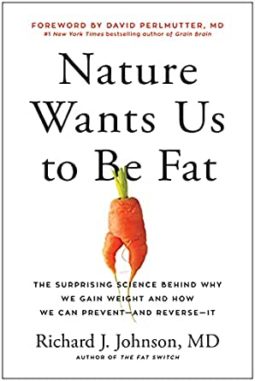



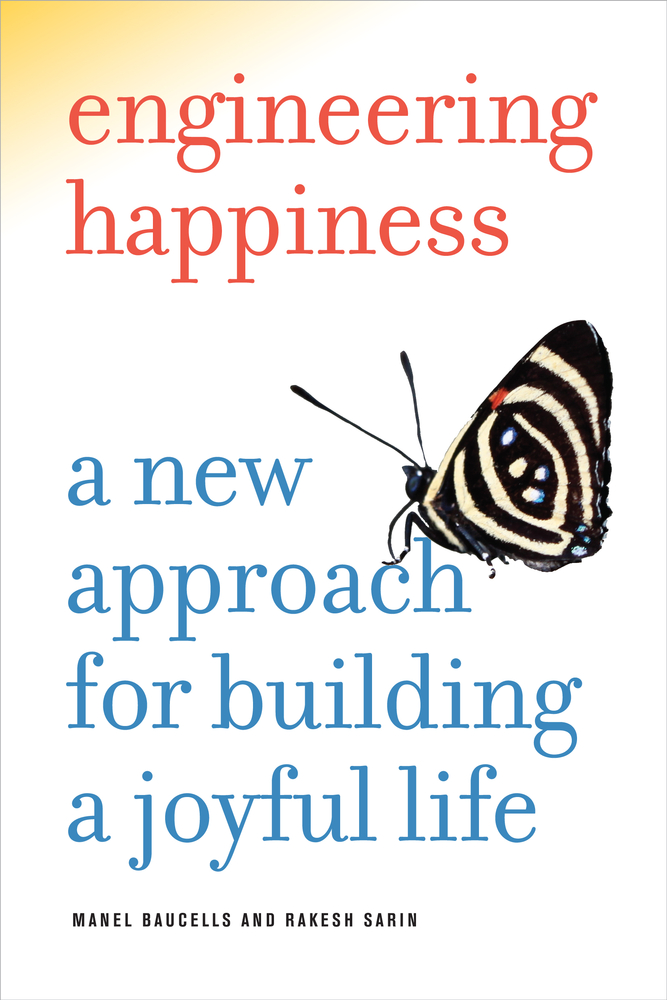 Today’s show features headline news about new methods for detecting skin cancer and using “
Today’s show features headline news about new methods for detecting skin cancer and using “ This week on How on Earth, Beth talks with Dr Seven Hussey about his recent
This week on How on Earth, Beth talks with Dr Seven Hussey about his recent  With graduation season upon us, today’s edition of How on Earth is Part 2 of our annual “Graduation Special” (you can
With graduation season upon us, today’s edition of How on Earth is Part 2 of our annual “Graduation Special” (you can 
 Katie Gach – University of Colorado,
Katie Gach – University of Colorado,  Jet Mante – University of Colorado,
Jet Mante – University of Colorado,  Abhijit Suresh – University of Colorado,
Abhijit Suresh – University of Colorado, 
 Sarah Aguasvivas – University of Colorado,
Sarah Aguasvivas – University of Colorado,  Jessie Finocchiaro – University of Colorado,
Jessie Finocchiaro – University of Colorado, 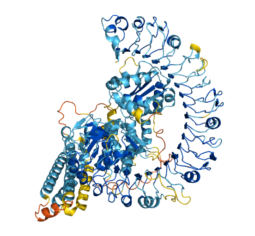



 This week on How on Earth, Beth speaks with Susan Allport, an award-winning writer who has written extensively on science. They talk about her book on omega 3 fats, The Queen of Fats, namely the touted omega-3 fatty acid. These essential fats can’t be synthesized by the human body and must be obtained from our diets. The conversation ranges widely, including details as to why they are so critical to health and some of the unique evolutionary history of our species that makes them so necessary. You can find out more about these amazing molecules at
This week on How on Earth, Beth speaks with Susan Allport, an award-winning writer who has written extensively on science. They talk about her book on omega 3 fats, The Queen of Fats, namely the touted omega-3 fatty acid. These essential fats can’t be synthesized by the human body and must be obtained from our diets. The conversation ranges widely, including details as to why they are so critical to health and some of the unique evolutionary history of our species that makes them so necessary. You can find out more about these amazing molecules at 
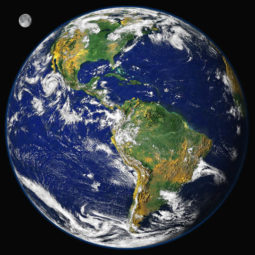
 We feature an interview with astronomer and author
We feature an interview with astronomer and author  Nature’s Songs and Cries (start time: 0:59) In this week’s show
Nature’s Songs and Cries (start time: 0:59) In this week’s show 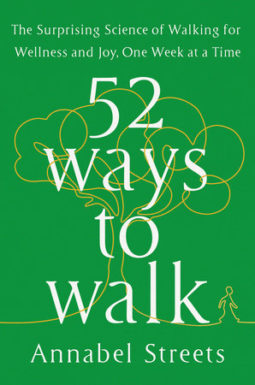 In this week’s show Beth talks to author Annabel Streets. Her book
In this week’s show Beth talks to author Annabel Streets. Her book 

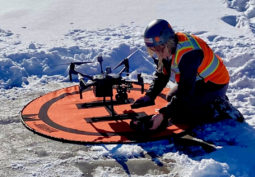
 Heartbreak in Our Bodies: (start time: 6:58) This week on How On Earth, host Susan Moran talks with science journalist
Heartbreak in Our Bodies: (start time: 6:58) This week on How On Earth, host Susan Moran talks with science journalist  This week on How on Earth, Beth talks to 2 climate scientists about their (very different) fields, and how climate change can play into local disasters, especially the recent fires that devastated the Front Range towns outside Boulder. Twila Moon is a
This week on How on Earth, Beth talks to 2 climate scientists about their (very different) fields, and how climate change can play into local disasters, especially the recent fires that devastated the Front Range towns outside Boulder. Twila Moon is a 


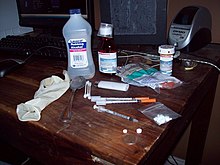 This week on How On Earth, we welcome Benita Lee who brought up the growing problem with fentanyl – a new street drug that’s killing many. Benita talks with DEA agent David Olesky about the scope of the problem and what the agency is doing to combat it. Beth talks with pharmacologist and policy maker Robert Valuck about how the drug affects the brain, causes death, and the protective effect of the blocking drug naloxone.
This week on How On Earth, we welcome Benita Lee who brought up the growing problem with fentanyl – a new street drug that’s killing many. Benita talks with DEA agent David Olesky about the scope of the problem and what the agency is doing to combat it. Beth talks with pharmacologist and policy maker Robert Valuck about how the drug affects the brain, causes death, and the protective effect of the blocking drug naloxone.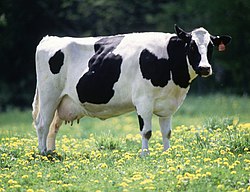
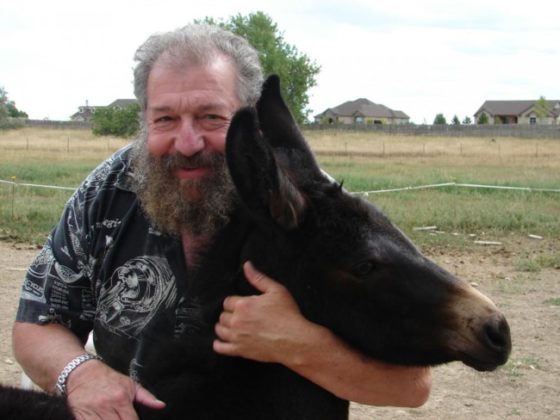
 On today’s show, Beth talks with
On today’s show, Beth talks with 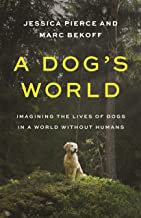

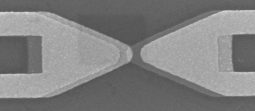 In this episode of How on Earth, Beth talks with Dr Amina Belkadi about her
In this episode of How on Earth, Beth talks with Dr Amina Belkadi about her  On this week’s show journalist and author
On this week’s show journalist and author 
 On this week’s show Beth talks with Alzheimer’s Disease researcher
On this week’s show Beth talks with Alzheimer’s Disease researcher  Today on how on earth, Beth talks to
Today on how on earth, Beth talks to 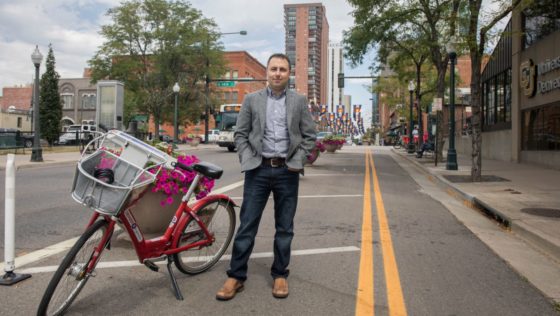


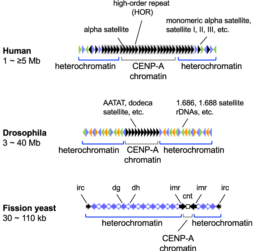 This week on How on Earth, Beth talks with Professor Tom LaRocca, professor in the department of Health and Exercise Science at CSU in Fort Collins. His background is in molecular biology and physiology, but he is particularly interested in translational research (using laboratory science to develop practical applications or treatments that can help people). He is especially interested in the biology of healthspan, the period of life during which we are healthy and productive, and in research on ways to increase healthspan. He talks particularly about some of his recent work which has identified genetic marks of our biological age, as opposed to our chronological age or the number of years one has under their belt. You can see his
This week on How on Earth, Beth talks with Professor Tom LaRocca, professor in the department of Health and Exercise Science at CSU in Fort Collins. His background is in molecular biology and physiology, but he is particularly interested in translational research (using laboratory science to develop practical applications or treatments that can help people). He is especially interested in the biology of healthspan, the period of life during which we are healthy and productive, and in research on ways to increase healthspan. He talks particularly about some of his recent work which has identified genetic marks of our biological age, as opposed to our chronological age or the number of years one has under their belt. You can see his 

 Today on How on Earth, Beth speaks with author Roger Briggs about his new book:
Today on How on Earth, Beth speaks with author Roger Briggs about his new book: 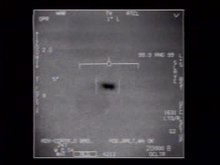
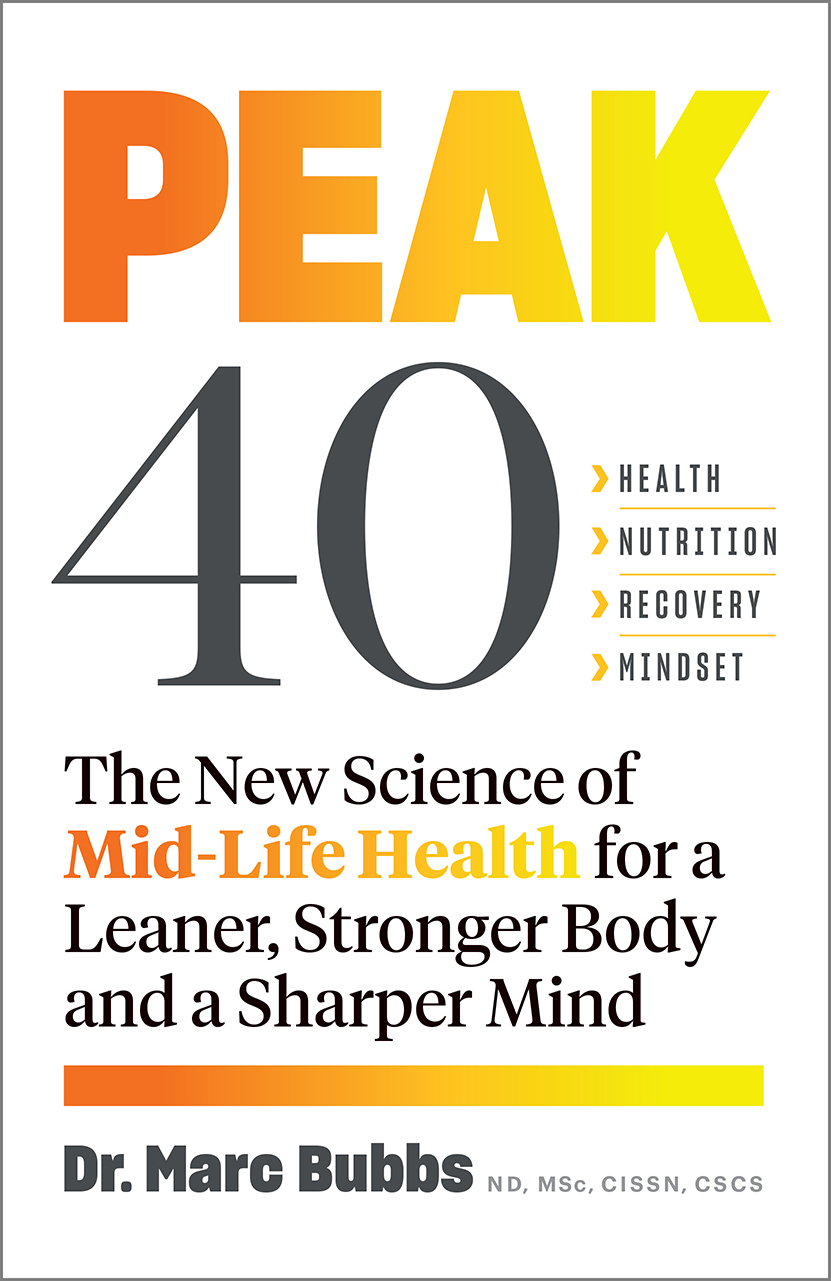 This week on How on Earth, Beth gives an update on the new drug just authorized by the FDA to treat Alzheimer’s disease, aducanumab, sold under the brand name Aduhelm. Then hear her interview with Dr Marc Bubbs, whose new book,
This week on How on Earth, Beth gives an update on the new drug just authorized by the FDA to treat Alzheimer’s disease, aducanumab, sold under the brand name Aduhelm. Then hear her interview with Dr Marc Bubbs, whose new book, 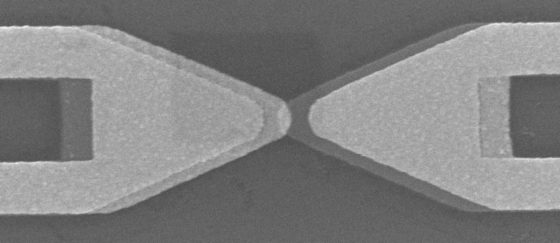
 Today on How on Earth, Beth replays a timely interview with Boulder author Bob Crifasi, a long time water resource manager. His book, on the history and consequences of Front Range water use, is especially relevant now during our longterm drought.Bob works in water management and planning and is an environmental scientist with over 25 yr experience. He was the Water Resources Administrator for the city of Boulder’s Open Space and Mountain Parks Dept. He has served on board of directors of 11 ditch companies and as the president of several, supervising all aspects of ditch operation. We talked about his book,
Today on How on Earth, Beth replays a timely interview with Boulder author Bob Crifasi, a long time water resource manager. His book, on the history and consequences of Front Range water use, is especially relevant now during our longterm drought.Bob works in water management and planning and is an environmental scientist with over 25 yr experience. He was the Water Resources Administrator for the city of Boulder’s Open Space and Mountain Parks Dept. He has served on board of directors of 11 ditch companies and as the president of several, supervising all aspects of ditch operation. We talked about his book, 

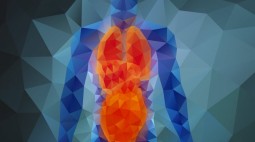 In this week’s show, Beth talks with epidemiologist Genevieve Wojcik. We spoke about her work standardizing what is called the Polygenic Risk Score. This is a composite risk factor, extracted from information on many individual genes that can contribute to a disorder or genetic character. To find out more about her research visit her
In this week’s show, Beth talks with epidemiologist Genevieve Wojcik. We spoke about her work standardizing what is called the Polygenic Risk Score. This is a composite risk factor, extracted from information on many individual genes that can contribute to a disorder or genetic character. To find out more about her research visit her 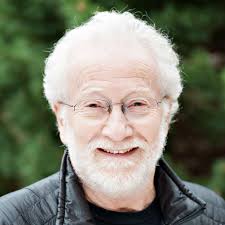
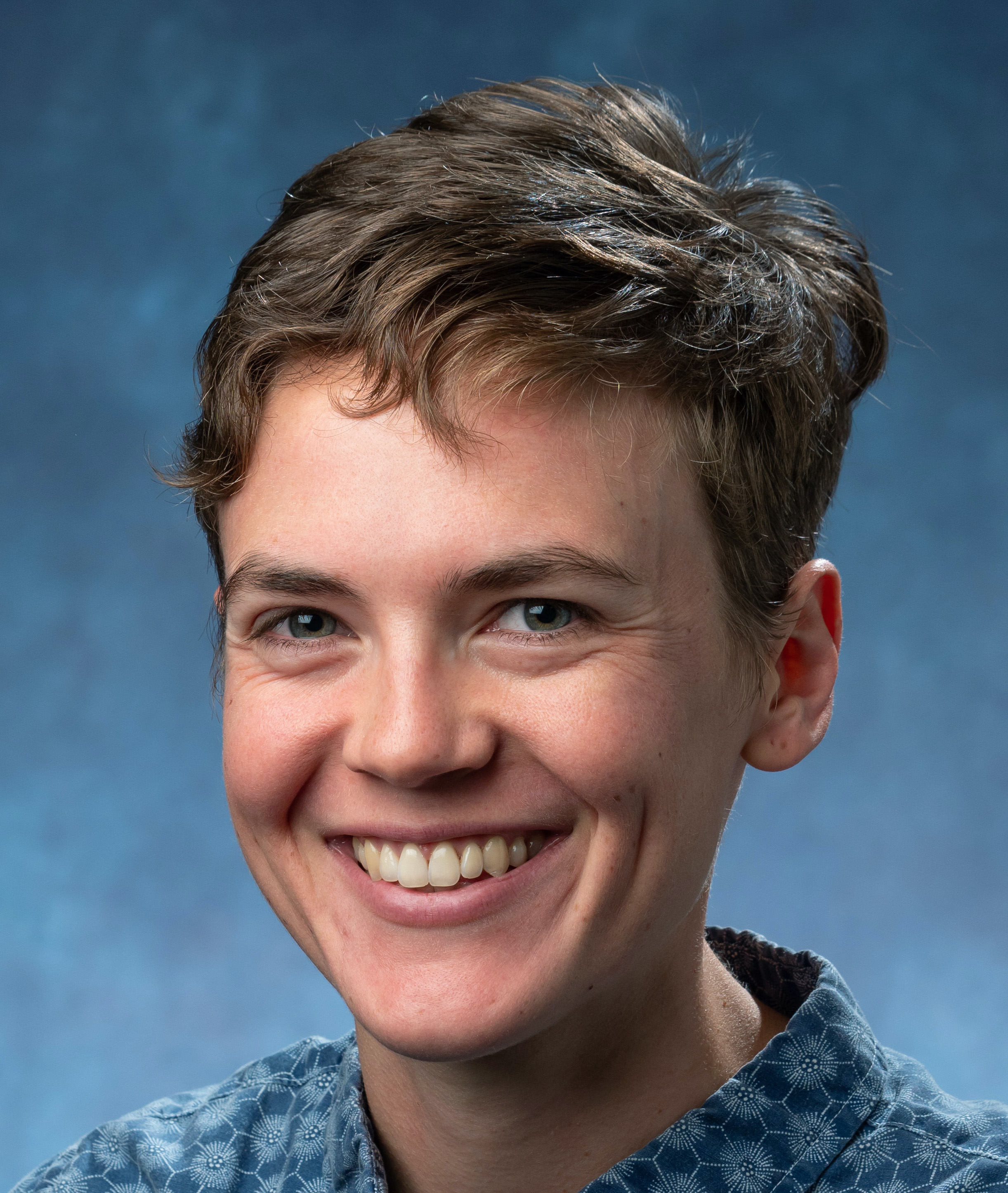
 Jason Silver – CU Boulder,
Jason Silver – CU Boulder,  Zach Ulibarri – CU Boulder,
Zach Ulibarri – CU Boulder, 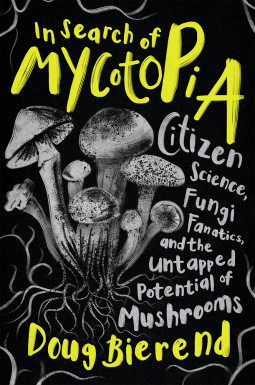 On this week’s show, Beth talks with author Doug Bierend about his new book,
On this week’s show, Beth talks with author Doug Bierend about his new book, 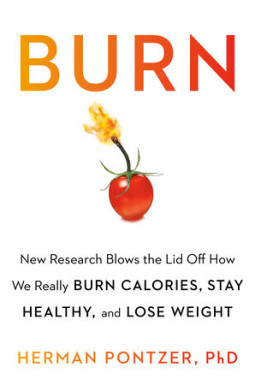
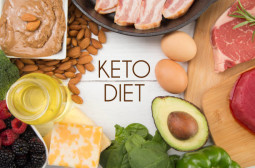
 This week on How on Earth we speak with
This week on How on Earth we speak with 
 This week on How on Earth, Beth talks with Dr Paul Cohen, a physician-scientist whose research focuses on obesity and metabolic disease. They spoke about his recent study highlighting the link between brown fat and positive health outcomes in cancer, cardiovascular disease, and type 2 diabetes. Their converstiaon starts at about 5 minutes. You can read the research study
This week on How on Earth, Beth talks with Dr Paul Cohen, a physician-scientist whose research focuses on obesity and metabolic disease. They spoke about his recent study highlighting the link between brown fat and positive health outcomes in cancer, cardiovascular disease, and type 2 diabetes. Their converstiaon starts at about 5 minutes. You can read the research study 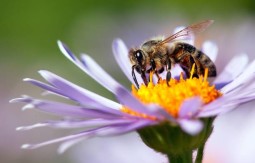
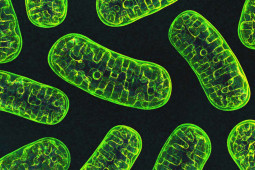

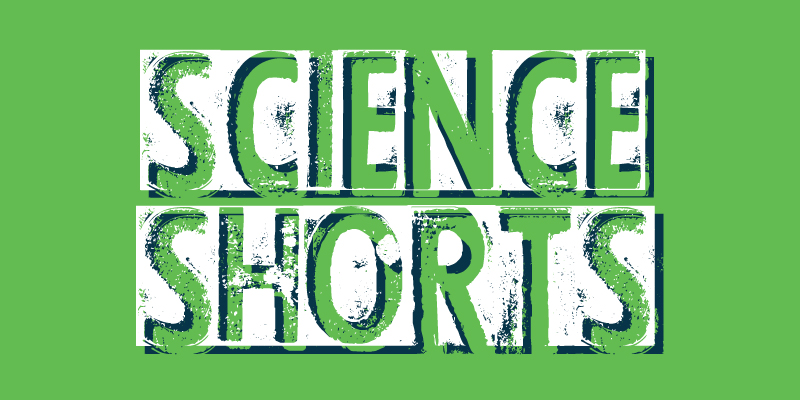
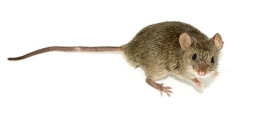
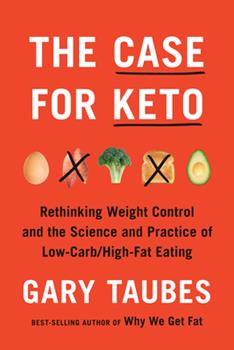

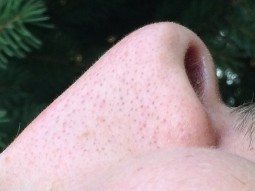

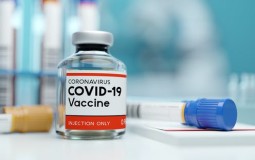
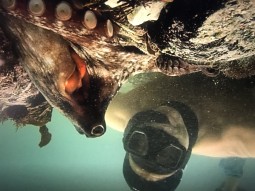
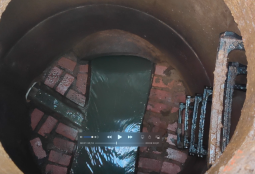
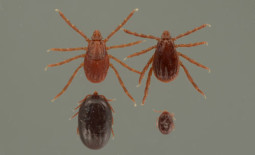
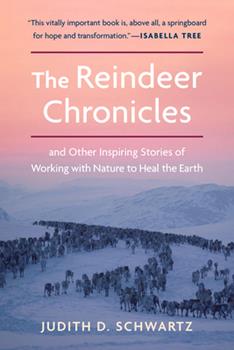
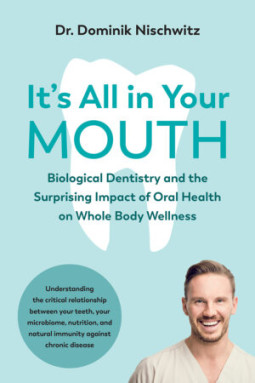

 How clean is “clean”? How do you get clean, and how important is it…could it actually be advantageous to your skin and general health to not try to get too clean? We talk with medical doctor and author
How clean is “clean”? How do you get clean, and how important is it…could it actually be advantageous to your skin and general health to not try to get too clean? We talk with medical doctor and author 

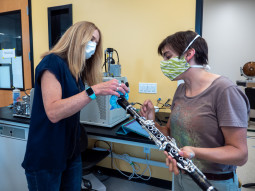
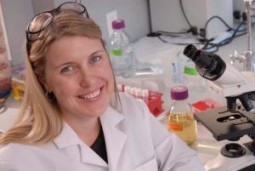
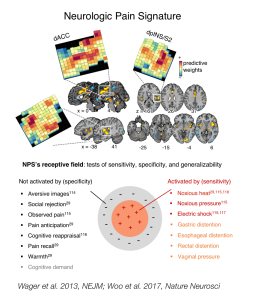 Chronic pain is a debilitating condition for millions of people worldwide. But what role does our brain play in processing pain? Cognitive neuroscientists are gaining a better understanding of how our brain processes pain. Using advanced imaging techniques, they can now measure and model brain systems linked to our pain and emotions. This is shedding new light on interventions for people who suffer from chronic pain.
In this How on Earth episode, Jill Sjong speaks with
Chronic pain is a debilitating condition for millions of people worldwide. But what role does our brain play in processing pain? Cognitive neuroscientists are gaining a better understanding of how our brain processes pain. Using advanced imaging techniques, they can now measure and model brain systems linked to our pain and emotions. This is shedding new light on interventions for people who suffer from chronic pain.
In this How on Earth episode, Jill Sjong speaks with 
 Five years ago today on July 14, 2015, the
Five years ago today on July 14, 2015, the  This week on How on Earth, Beth interviewed Scott Lehman of the University of Colorado here in Boulder. Dr Lehman collaborated with a team at NOAA, to develop a novel technique to identify the CO2 released by burning of fossil fuels, allowing its exact calibration in the global carbon budget. Due to technical difficulties, you can’t hear Beth’s questions in the audio, but Scott’s responses are very clear. You can find more information at his
This week on How on Earth, Beth interviewed Scott Lehman of the University of Colorado here in Boulder. Dr Lehman collaborated with a team at NOAA, to develop a novel technique to identify the CO2 released by burning of fossil fuels, allowing its exact calibration in the global carbon budget. Due to technical difficulties, you can’t hear Beth’s questions in the audio, but Scott’s responses are very clear. You can find more information at his 
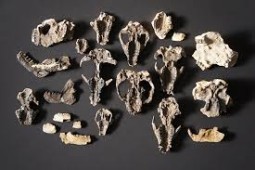
 This week on How on Earth, Beth delves into the science of vaccination for the new corona virus and speaks with Dr David Werner of SUNY Binghamton about his research on the likelihood that general anesthetics can set children and adolescents up for the risk of later alcohol abuse. Find out more at his
This week on How on Earth, Beth delves into the science of vaccination for the new corona virus and speaks with Dr David Werner of SUNY Binghamton about his research on the likelihood that general anesthetics can set children and adolescents up for the risk of later alcohol abuse. Find out more at his 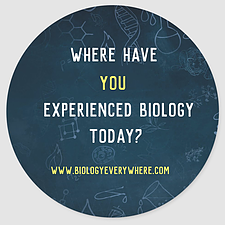 Today on How on Earth, Beth plays part of a
Today on How on Earth, Beth plays part of a 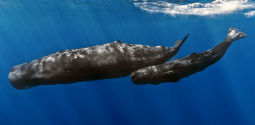
 Beth and Angele discuss the pros and cons of mask wearing as protection against the novel corona virus. You can see the
Beth and Angele discuss the pros and cons of mask wearing as protection against the novel corona virus. You can see the  Hayley Sohn – CU Boulder,
Hayley Sohn – CU Boulder,  Clement Zheng – CU Boulder,
Clement Zheng – CU Boulder, 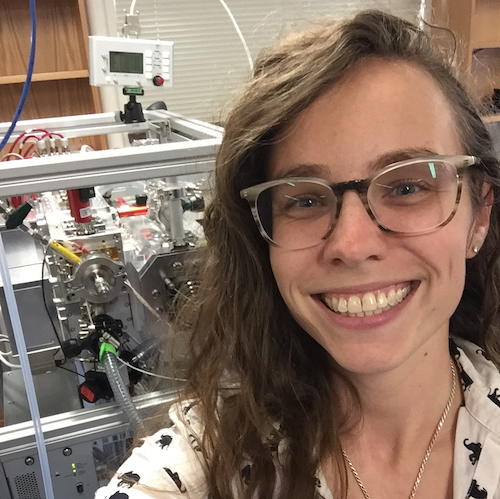 Jennifer Berry – CU Boulder,
Jennifer Berry – CU Boulder, 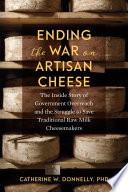 This week on How on Earth, we speak with Professor Catherine Donnelly, of the University of Vermont, about her book,
This week on How on Earth, we speak with Professor Catherine Donnelly, of the University of Vermont, about her book, 
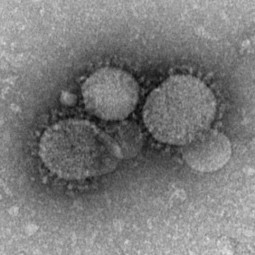 This week on How on Earth, we are still producing off site. Beth and Angele give an update on treatment and transmission of the corona virus and Shelley interviews CU Boulder scientists Anushree Chatterjee and Prashant Nagpal who explain the pros and cons of using old medicines to fight Covid-19, and they describe some new “medicines” in the future, and how to speed up their development.
This week on How on Earth, we are still producing off site. Beth and Angele give an update on treatment and transmission of the corona virus and Shelley interviews CU Boulder scientists Anushree Chatterjee and Prashant Nagpal who explain the pros and cons of using old medicines to fight Covid-19, and they describe some new “medicines” in the future, and how to speed up their development.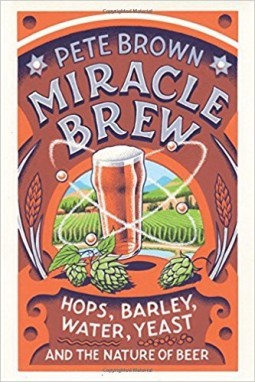 This week How on Earth adjusts to the restrictions imposed by the corona virus by replaying a previous feature on the chemistry of beer brewing. First Beth gives an overview of some proposed treatments for corona virus. Then, the featured interview with author Pete Brown. When the New York Times reviewed Miracle Brew, the reviewer said: A magisterial tour of fearsome science and vast brewery history leavened with cheery anecdotes, humor, vivid you-are-there prose and a clever eye for personality . . . His rhapsodies about the meaning of life and the meaning of beer are stirring. . . .His expertise and insight will leave you with a glimmer of infinity every time you hold a bottle of it in your hand.
This week How on Earth adjusts to the restrictions imposed by the corona virus by replaying a previous feature on the chemistry of beer brewing. First Beth gives an overview of some proposed treatments for corona virus. Then, the featured interview with author Pete Brown. When the New York Times reviewed Miracle Brew, the reviewer said: A magisterial tour of fearsome science and vast brewery history leavened with cheery anecdotes, humor, vivid you-are-there prose and a clever eye for personality . . . His rhapsodies about the meaning of life and the meaning of beer are stirring. . . .His expertise and insight will leave you with a glimmer of infinity every time you hold a bottle of it in your hand. This episode talks about research about COVID-19, angiotensin converting enzyme (ACE), and targeted therapies, and our feature is an interview with CU-Boulder scientists
This episode talks about research about COVID-19, angiotensin converting enzyme (ACE), and targeted therapies, and our feature is an interview with CU-Boulder scientists  This week on How On Earth, we produced the entire show out of the studio, explaining one brief glitch. Beth gives a short update on the way the corona virus infects cells and how this entry point can affect people taking blood pressure medications. In our feature interview, Beth talks with Professor Mark Opp, who studies sleep in his
This week on How On Earth, we produced the entire show out of the studio, explaining one brief glitch. Beth gives a short update on the way the corona virus infects cells and how this entry point can affect people taking blood pressure medications. In our feature interview, Beth talks with Professor Mark Opp, who studies sleep in his 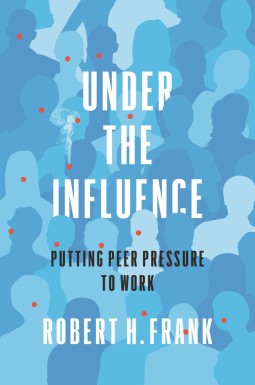 This week on How on Earth we start with an update on the corona virus, focusing on treatments and vaccines. At 12 minutes, we begin our interview with Bob Frank, author of Under the Influence, Putting Peer Pressure to Work. This book explains how we could redirect trillions of dollars annually in support of carbon-free energy sources, all without requiring painful sacrifices from anyone. Dr Frank has developed some novel strategies relying on peer pressure to get people to change their actions so as to reduce carbon emissions and climate change. He also details many prior and successful examples of this type of peer pressure. You can see more at the publisher’s
This week on How on Earth we start with an update on the corona virus, focusing on treatments and vaccines. At 12 minutes, we begin our interview with Bob Frank, author of Under the Influence, Putting Peer Pressure to Work. This book explains how we could redirect trillions of dollars annually in support of carbon-free energy sources, all without requiring painful sacrifices from anyone. Dr Frank has developed some novel strategies relying on peer pressure to get people to change their actions so as to reduce carbon emissions and climate change. He also details many prior and successful examples of this type of peer pressure. You can see more at the publisher’s 
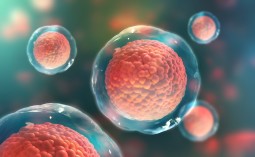
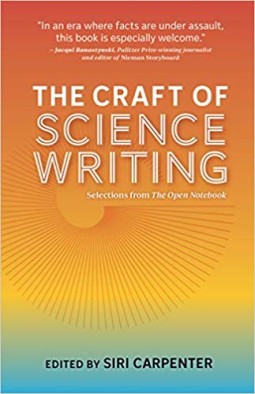 Science for the Rest of Us (start time: 16:38) At a time our own government leaders vilify science and reinvent facts, it seems as important as ever that journalists and the public at large grasp and translate scientific research. A new book, The Craft of Science Writing, offers tips on how to find credible experts (whether on the corona virus or vaccines or climate change), separate truth from spurious assertions, and make sense of scientific studies. The book is aimed at science writers, but it can be a guidepost for anyone who wants to make science more accessible.
Science for the Rest of Us (start time: 16:38) At a time our own government leaders vilify science and reinvent facts, it seems as important as ever that journalists and the public at large grasp and translate scientific research. A new book, The Craft of Science Writing, offers tips on how to find credible experts (whether on the corona virus or vaccines or climate change), separate truth from spurious assertions, and make sense of scientific studies. The book is aimed at science writers, but it can be a guidepost for anyone who wants to make science more accessible. 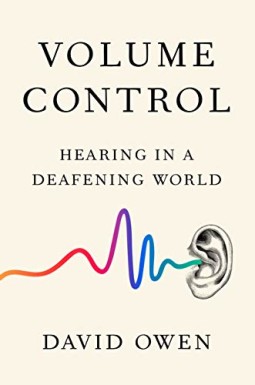
 This week, Beth and Angele speak with with Brenda Ekwurzel in the studio. Brenda is the director of climate science for the Union of Concerned Scientists. She was in Boulder for a panel on Air Quality and Climate Change. She spoke about some Colorado issues e.g. wildfire and drought, and assigning responsibility for specific events to fossil fuel producers. She is a widely quoted expert on climate change, and co-authored the UCS guide Cooler Smarter: Practical Steps for Low-Carbon Living. For more information you can visit her
This week, Beth and Angele speak with with Brenda Ekwurzel in the studio. Brenda is the director of climate science for the Union of Concerned Scientists. She was in Boulder for a panel on Air Quality and Climate Change. She spoke about some Colorado issues e.g. wildfire and drought, and assigning responsibility for specific events to fossil fuel producers. She is a widely quoted expert on climate change, and co-authored the UCS guide Cooler Smarter: Practical Steps for Low-Carbon Living. For more information you can visit her 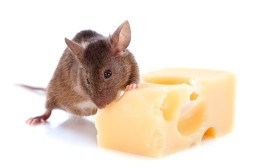 This week on How on Earth, we speak with Dr John Newman, geriatrician and geoscientist at the Buck Institute. He describes his recent research in mice, showing that both memory and muscle improve in animals eating a high fat diet. To see more details on these experiments, you can visit the lab
This week on How on Earth, we speak with Dr John Newman, geriatrician and geoscientist at the Buck Institute. He describes his recent research in mice, showing that both memory and muscle improve in animals eating a high fat diet. To see more details on these experiments, you can visit the lab 
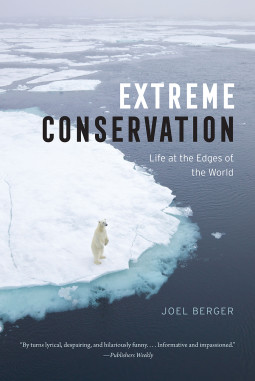 Conservation on the Edges (start time: 13:26) Charismatic predators like polar bears, grizzlies, and tigers, get lots of attention, and for good reason. But many lesser known species, particularly those living in extreme environments–including muskoxen, wild yaks, takins and saigas–are also important species. They have been the research focus of
Conservation on the Edges (start time: 13:26) Charismatic predators like polar bears, grizzlies, and tigers, get lots of attention, and for good reason. But many lesser known species, particularly those living in extreme environments–including muskoxen, wild yaks, takins and saigas–are also important species. They have been the research focus of 


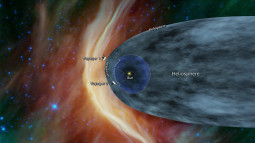



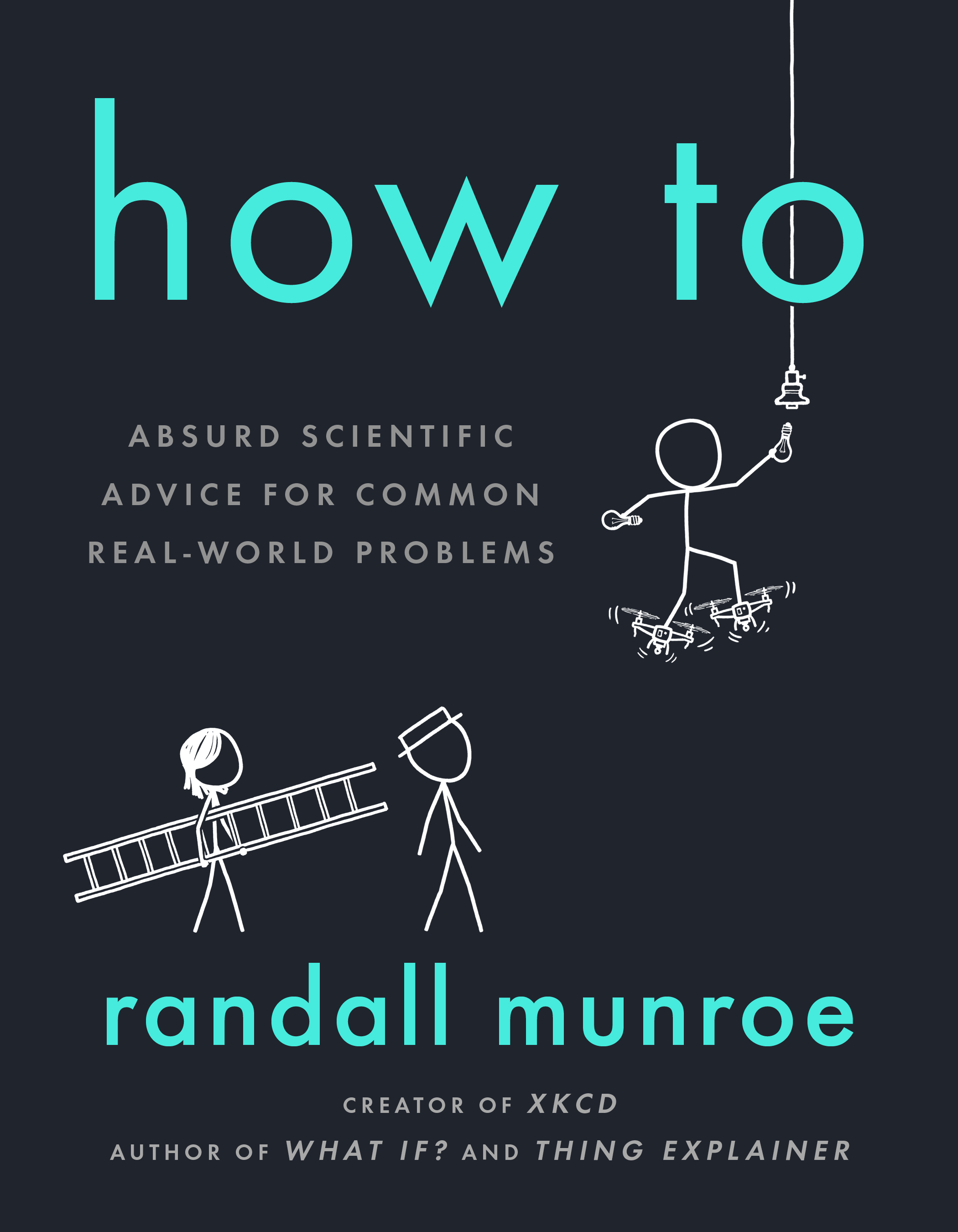 How To [starts at 4:30] Our guest for this episode is Randall Munroe, perhaps best known for his comic
How To [starts at 4:30] Our guest for this episode is Randall Munroe, perhaps best known for his comic 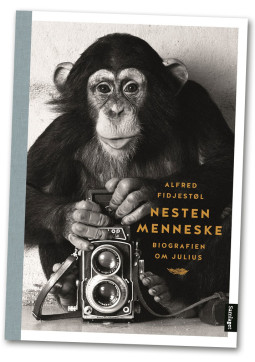
 We talk with
We talk with 



 Creative (Climate) Communications [starts at 7:40] As a climate scientist Professor
Creative (Climate) Communications [starts at 7:40] As a climate scientist Professor 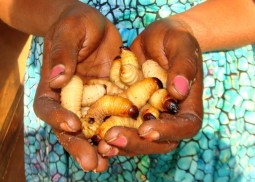
 GLEE (starts at 8:06) We just recently celebrated the 50th anniversary of the first Moon landing. After the Apollo missions, scientists have returned to the Moon with robotic missions because of the scientific clues the Moon can provide about the history of the Earth and the solar system, as well as learning more about the lunar environment and resources in preparation for an eventual return of humans – perhaps for the long term.
GLEE (starts at 8:06) We just recently celebrated the 50th anniversary of the first Moon landing. After the Apollo missions, scientists have returned to the Moon with robotic missions because of the scientific clues the Moon can provide about the history of the Earth and the solar system, as well as learning more about the lunar environment and resources in preparation for an eventual return of humans – perhaps for the long term.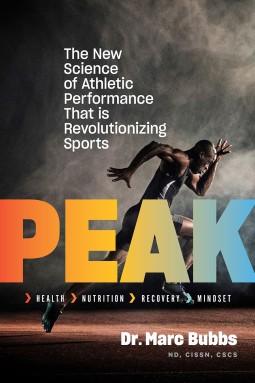 In this episode, Beth speaks with Dr Marc Bubbs, author of Peak: The New Science of Athletic Performance, his book exploring the fundamentals of high performance. He offers science-based strategies on nutrition, training, sleep, recovery, and stress management to optimize performance for all levels of athletes and trainers. You can read more about the book
In this episode, Beth speaks with Dr Marc Bubbs, author of Peak: The New Science of Athletic Performance, his book exploring the fundamentals of high performance. He offers science-based strategies on nutrition, training, sleep, recovery, and stress management to optimize performance for all levels of athletes and trainers. You can read more about the book 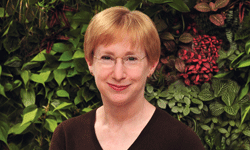
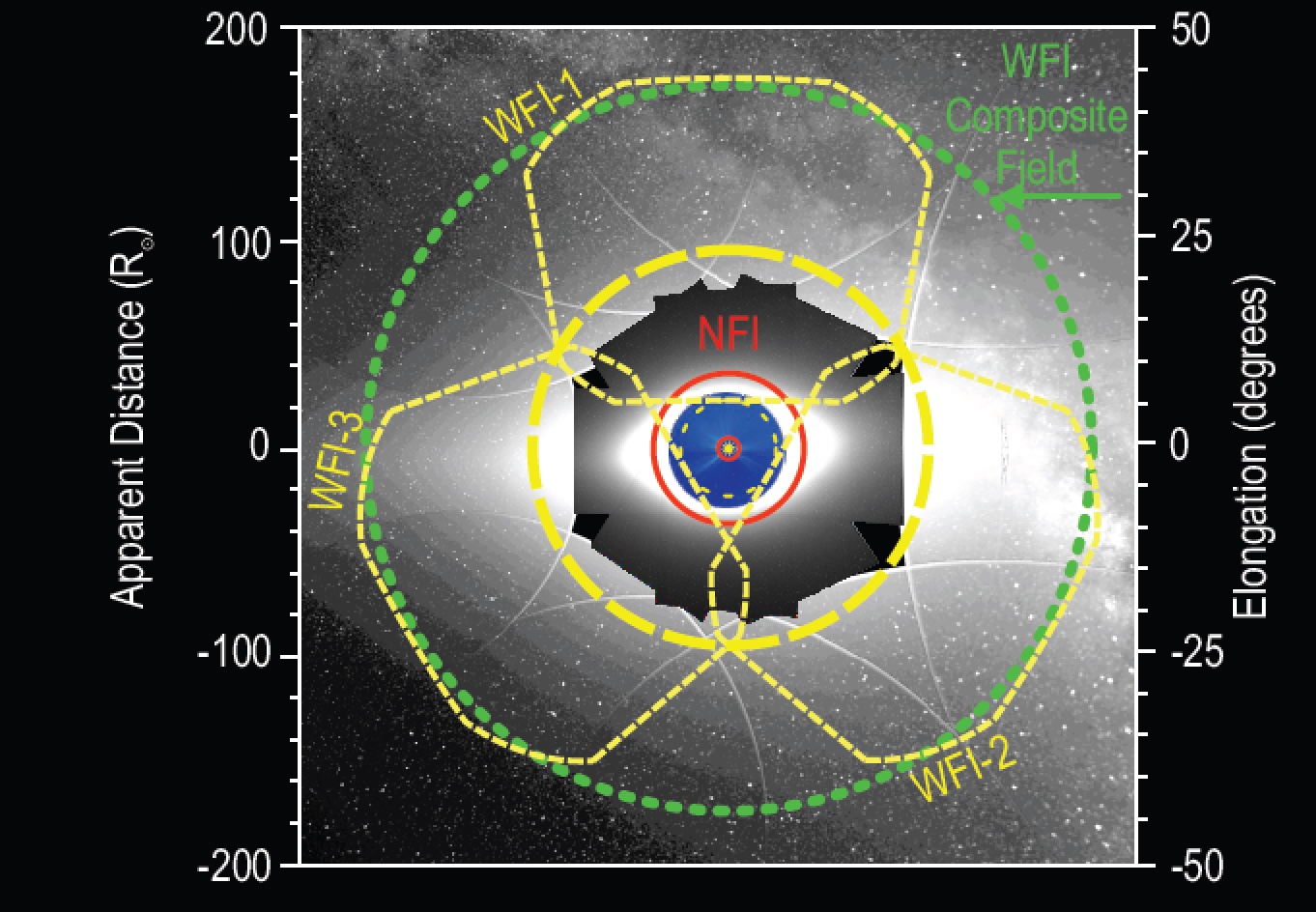
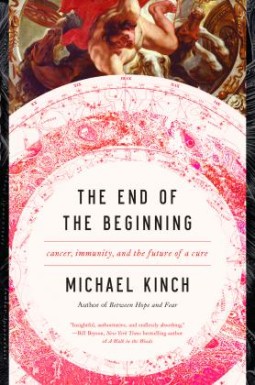 Despite all the advances in modern medical science, a diagnosis of Cancer often casts a pallor of hopelessness, for both the patient and the practitioner. For many types the prognosis is often poor; the cure is often worse than the disease; victory is usually called simply remission, temporary, perhaps fleeting. One might think the inability to find a cure indicates bafflement by our scientists and stagnation in our efforts. According to Professor Michael Kinch, there is in fact a frenzy of activity by scientists and doctors. And a recent spate of breakthroughs, developing treatments based on the inherent powers of our immune systems, represent not a refutation of all we have known before, but a continuation of efforts made by medical pioneers stretching back over a century. His latest book is titled The End of The Beginning: Cancer, Immunity and the Future of a Cure. Kinch was a professor at Purdue University, where he researched breast and prostate cancer. He then went on to found an oncology program at the biotechnology company MedImmune. He is now professor and vice-chancellor at Washington University in St. Louis. Here he shares with Chip Grandits stories from the front lines in the battle with cancer, both past and present. He speaks with what can best be described as a disciplined optimism.
Despite all the advances in modern medical science, a diagnosis of Cancer often casts a pallor of hopelessness, for both the patient and the practitioner. For many types the prognosis is often poor; the cure is often worse than the disease; victory is usually called simply remission, temporary, perhaps fleeting. One might think the inability to find a cure indicates bafflement by our scientists and stagnation in our efforts. According to Professor Michael Kinch, there is in fact a frenzy of activity by scientists and doctors. And a recent spate of breakthroughs, developing treatments based on the inherent powers of our immune systems, represent not a refutation of all we have known before, but a continuation of efforts made by medical pioneers stretching back over a century. His latest book is titled The End of The Beginning: Cancer, Immunity and the Future of a Cure. Kinch was a professor at Purdue University, where he researched breast and prostate cancer. He then went on to found an oncology program at the biotechnology company MedImmune. He is now professor and vice-chancellor at Washington University in St. Louis. Here he shares with Chip Grandits stories from the front lines in the battle with cancer, both past and present. He speaks with what can best be described as a disciplined optimism.



 Marcus Piquette – CU Boulder,
Marcus Piquette – CU Boulder,  David Reens – CU Boulder,
David Reens – CU Boulder,  Abigail Reens– CU Boulder,
Abigail Reens– CU Boulder, 
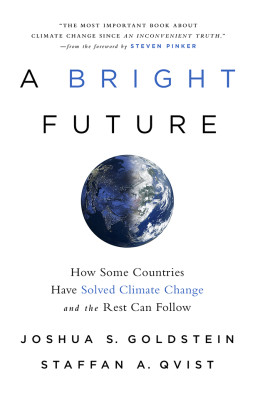 In this week’s show, Beth interviews Joshua Goldstein. He and co-author Steffan Qvist wrote eloquently about how nuclear energy can replace fossil fuels – a vital necessity in a rapidly warming world. A new generation of nuclear plants reduces waste and completely eliminates CO2. In Sweden, France and Ontario, these plants have allowed these countries to eliminate their reliance on fossil fuels and significantly reduce their carbon footprints.
In this week’s show, Beth interviews Joshua Goldstein. He and co-author Steffan Qvist wrote eloquently about how nuclear energy can replace fossil fuels – a vital necessity in a rapidly warming world. A new generation of nuclear plants reduces waste and completely eliminates CO2. In Sweden, France and Ontario, these plants have allowed these countries to eliminate their reliance on fossil fuels and significantly reduce their carbon footprints.
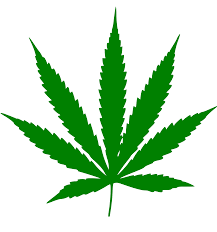
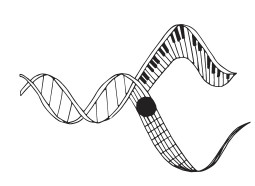
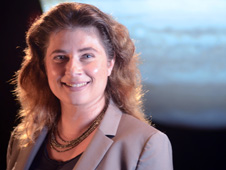 This special edition of How on Earth is produced in conjunction with the
This special edition of How on Earth is produced in conjunction with the  A Consumer’s Guide to Pesticides in Produce (starts 7:55) You may be wondering if you washed the strawberries, blueberries or kale that you had for breakfast this morning enough to rid them of residue of potentially harmful pesticides. That is, if they were conventionally, not organically, grown. According to the U.S. Department of Agriculture, more than 200 different pesticides remain in some form on popular fruits and vegetables that Americans eat every day. And before testing all the produce, the USDA thoroughly washes and peels them. Such tests show that simply washing produce does not remove all pesticides. In a recently released report, as part of its
A Consumer’s Guide to Pesticides in Produce (starts 7:55) You may be wondering if you washed the strawberries, blueberries or kale that you had for breakfast this morning enough to rid them of residue of potentially harmful pesticides. That is, if they were conventionally, not organically, grown. According to the U.S. Department of Agriculture, more than 200 different pesticides remain in some form on popular fruits and vegetables that Americans eat every day. And before testing all the produce, the USDA thoroughly washes and peels them. Such tests show that simply washing produce does not remove all pesticides. In a recently released report, as part of its 
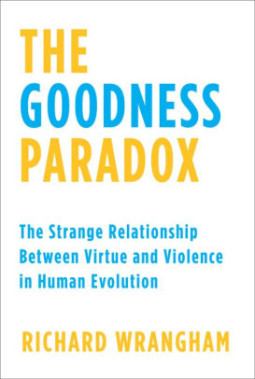
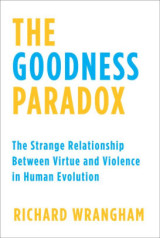 The Goodness Paradox (Teaser): Today’s spring pledge-drive show features brief clips from a recent interview with
The Goodness Paradox (Teaser): Today’s spring pledge-drive show features brief clips from a recent interview with 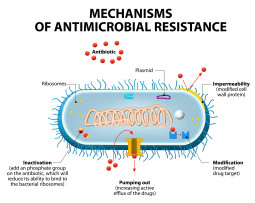
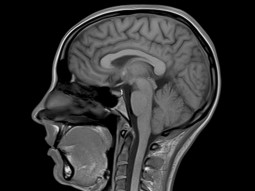

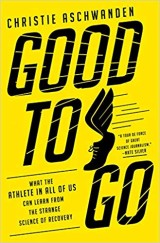 Athlete’s Guide to Recovery (starts at 5:39): Colorado is riddled with athletes, many of them incessantly chasing the latest recovery products and services that will enhance their performance — from Gatorade and other ubiquitous sports-recovery drinks, to supplements, to compression boots, to cryochambers, to good old-fashioned massages. How solid is the solid the science behind the multi-million marketing campaigns?
Athlete’s Guide to Recovery (starts at 5:39): Colorado is riddled with athletes, many of them incessantly chasing the latest recovery products and services that will enhance their performance — from Gatorade and other ubiquitous sports-recovery drinks, to supplements, to compression boots, to cryochambers, to good old-fashioned massages. How solid is the solid the science behind the multi-million marketing campaigns? 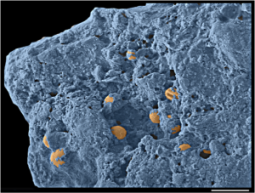 Microbial communities are all around us: in our homes, gardens, oceans, even deep underground but their roles in the function of the biosphere are poorly understood. Today Beth spoke with Professor
Microbial communities are all around us: in our homes, gardens, oceans, even deep underground but their roles in the function of the biosphere are poorly understood. Today Beth spoke with Professor 
 Animal scientists have long considered domestic livestock to be too dumb to know how to eat right, but the lifetime research of animal behaviorist Fred Provenza and his colleagues has debunked this myth. Their work shows that when given a choice of natural foods, livestock have an astoundingly refined palate. Like these animals, humans too, have an innate ability to determine what nutrients they need, but we are losing the information from our foods that allow us to make this determination. To view the book, go to: https://chelseagreen.biz/product/nourishment/
Animal scientists have long considered domestic livestock to be too dumb to know how to eat right, but the lifetime research of animal behaviorist Fred Provenza and his colleagues has debunked this myth. Their work shows that when given a choice of natural foods, livestock have an astoundingly refined palate. Like these animals, humans too, have an innate ability to determine what nutrients they need, but we are losing the information from our foods that allow us to make this determination. To view the book, go to: https://chelseagreen.biz/product/nourishment/ n today’s first feature, we hear about
n today’s first feature, we hear about  Our second spacey feature is about a mission that you might describe as exploring “beyond the beyond”. The piano-sized, nuclear-powered
Our second spacey feature is about a mission that you might describe as exploring “beyond the beyond”. The piano-sized, nuclear-powered 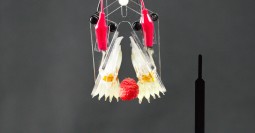
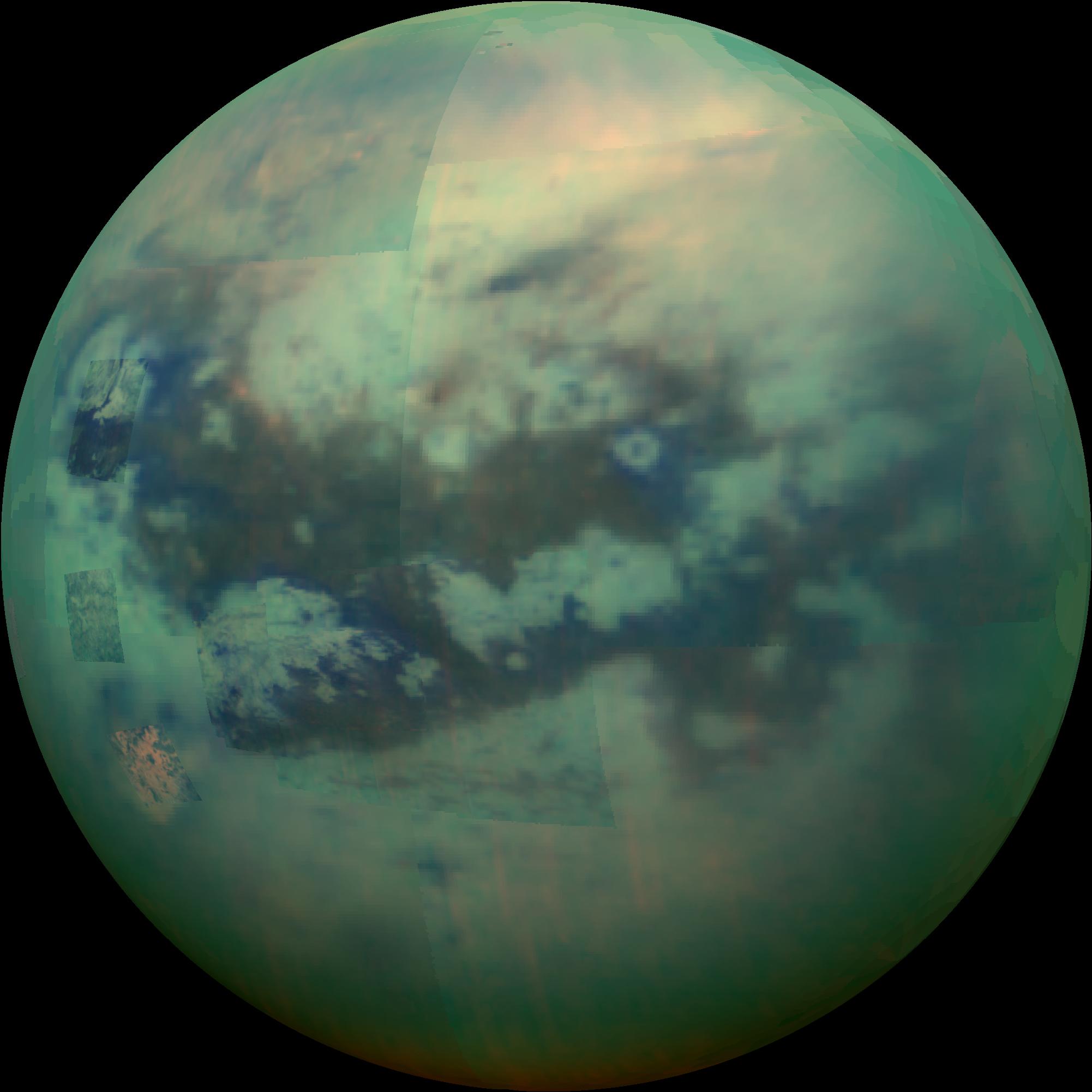 Feature: Titan (starts at 8:55) The solar system has so many different worlds that come in all shapes and sizes and histories, from boiling hot
Feature: Titan (starts at 8:55) The solar system has so many different worlds that come in all shapes and sizes and histories, from boiling hot  Climate Change (starts at 6:30)
Climate Change (starts at 6:30)  Never Home Alone (starts at 4:26) In this week’s How on Earth, Beth interviews Professor Rob Dunn. In his recent book, Never Home Alone, he gives a sneak peak into the natural history of the wilderness in our homes, from the microbes in our showers to the crickets in our basements. You can find out more about
Never Home Alone (starts at 4:26) In this week’s How on Earth, Beth interviews Professor Rob Dunn. In his recent book, Never Home Alone, he gives a sneak peak into the natural history of the wilderness in our homes, from the microbes in our showers to the crickets in our basements. You can find out more about 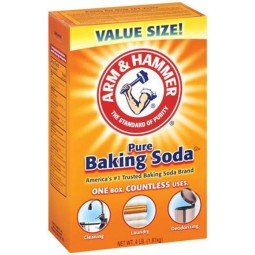
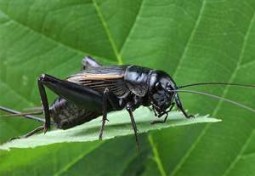
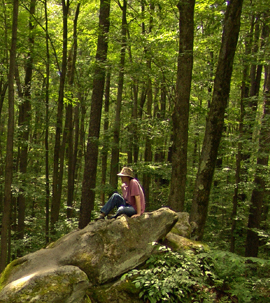


 Healthy Planet+Healthy Humans? (start time: 14:46)
Healthy Planet+Healthy Humans? (start time: 14:46) 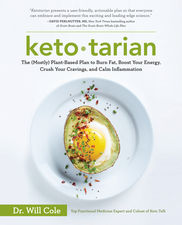
 Regenerative Medicine (start time: 7:30): We begin our series on
Regenerative Medicine (start time: 7:30): We begin our series on 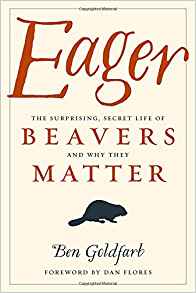 Beth talks with author Ben Goldfarb about his new book, amusingly titled Eager: The Surprising, Secret Life of Beavers and Why They Matter. You’ll gain a better understanding of beavers’ myriad skills, and want to restore beaver populations in our local environments. Spoiler alert, we’ll have copies of his book available during the pledge drive show on Oct. 16.
Beth talks with author Ben Goldfarb about his new book, amusingly titled Eager: The Surprising, Secret Life of Beavers and Why They Matter. You’ll gain a better understanding of beavers’ myriad skills, and want to restore beaver populations in our local environments. Spoiler alert, we’ll have copies of his book available during the pledge drive show on Oct. 16.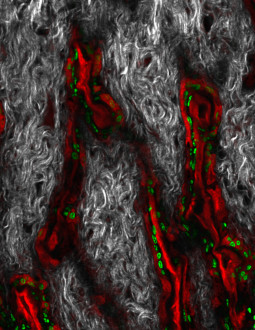

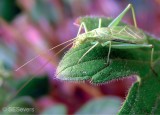
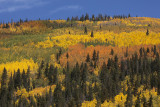
 The National Wildlife Federation just released its report, Safeguarding Summer: From Climate Threats to Iconic Summer Experiences. This report chronicles the latest scientific findings on these trends and shows how we can engage on these issues to save our summers now and for future generations. This week Beth interviews the lead author, Frank Szillosi, about the findings and predictions. You can find the entire report at the NWF website, https://www.nwf.org/Home/Latest-News/Press-Releases/2018/08-15-18-Safeguarding-Summer.
The National Wildlife Federation just released its report, Safeguarding Summer: From Climate Threats to Iconic Summer Experiences. This report chronicles the latest scientific findings on these trends and shows how we can engage on these issues to save our summers now and for future generations. This week Beth interviews the lead author, Frank Szillosi, about the findings and predictions. You can find the entire report at the NWF website, https://www.nwf.org/Home/Latest-News/Press-Releases/2018/08-15-18-Safeguarding-Summer. This week’s How On Earth offers two features:
This week’s How On Earth offers two features: Fixing Food Waste (start time: 17:59) We’re all guilty of it: waste. Tossing out peaches, broccoli and other food that has gone bad in the fridge. Or leaving pasta on our plate untouched at an Italian bistro. More than one-third of all food that is produced in the United States is wasted – in the field, at restaurants, in our own kitchens. The conservation organization World Wildlife Fund recently published a report on the huge environmental and health impacts of food waste, and on what can be done to reduce waste, and ultimately preserve grasslands and other natural habitat. Monica McBride, manager of
Fixing Food Waste (start time: 17:59) We’re all guilty of it: waste. Tossing out peaches, broccoli and other food that has gone bad in the fridge. Or leaving pasta on our plate untouched at an Italian bistro. More than one-third of all food that is produced in the United States is wasted – in the field, at restaurants, in our own kitchens. The conservation organization World Wildlife Fund recently published a report on the huge environmental and health impacts of food waste, and on what can be done to reduce waste, and ultimately preserve grasslands and other natural habitat. Monica McBride, manager of 

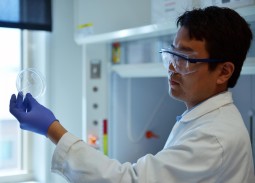

 Dogs have an incredible sense of smell – it’s so good, people can train dogs to sniff our everything from illegal drugs and explosives to lost people and even computer “thumbnail” drives, that maybe someone is trying to sneak into a high security building so they can sneak out information. So how about dogs sniffing for something life-saving, such as a dangerous drop in blood sugars for an insulin-injecting diabetic? For a healthy person, the amount of sugar in the entire bloodstream at anytime is roughly 1 teaspoon. One teaspoon of sugar in around 5 liters of blood. That’s it. For most people, the body’s own insulin production keeps blood sugars in a relatively healthy range, with the pancreas adjusting insulin levels in miniscule amounts to keep blood sugars in balance. For a diabetic who injects insulin, the injection itself can end up putting too much or too little insulin into the body, and this is especially dangerous when it forces blood sugar levels to go far lower than they normally would. Modern technology is reducing the risk, somewhat, through continuous blood glucose monitoring devices. But even these have a lag time, and since sometimes a diabetics blood sugar levels can change dramatically in just 30 minutes, there’s still risk. But now, there are new “blood sugar monitors”. They don’t require batteries. They’re very friendly, they have incredible noses, and they even come equipped with wagging tails. In today’s edition of How on Earth, we talk about “Dogs for Diabetics”.
Dogs have an incredible sense of smell – it’s so good, people can train dogs to sniff our everything from illegal drugs and explosives to lost people and even computer “thumbnail” drives, that maybe someone is trying to sneak into a high security building so they can sneak out information. So how about dogs sniffing for something life-saving, such as a dangerous drop in blood sugars for an insulin-injecting diabetic? For a healthy person, the amount of sugar in the entire bloodstream at anytime is roughly 1 teaspoon. One teaspoon of sugar in around 5 liters of blood. That’s it. For most people, the body’s own insulin production keeps blood sugars in a relatively healthy range, with the pancreas adjusting insulin levels in miniscule amounts to keep blood sugars in balance. For a diabetic who injects insulin, the injection itself can end up putting too much or too little insulin into the body, and this is especially dangerous when it forces blood sugar levels to go far lower than they normally would. Modern technology is reducing the risk, somewhat, through continuous blood glucose monitoring devices. But even these have a lag time, and since sometimes a diabetics blood sugar levels can change dramatically in just 30 minutes, there’s still risk. But now, there are new “blood sugar monitors”. They don’t require batteries. They’re very friendly, they have incredible noses, and they even come equipped with wagging tails. In today’s edition of How on Earth, we talk about “Dogs for Diabetics”.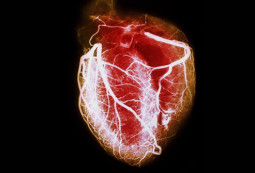
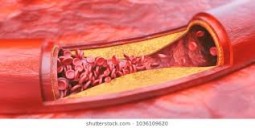 This week’s How on Earth guest, Dr Doug Seals, researches vascular aging. Several events occur as we age that conspire to damage blood vessels, culminating in what is popularly known as hardening of the arteries. But lifestyle modifications to exercise and diet can prevent and even reverse this trend. This week’s show gives background and mechanisms of this aging; next week’s episode will delve more deeply into solutions and interventions. To find out more about the Seals’ lab research visit their website: https://healthyagingproject.org/
This week’s How on Earth guest, Dr Doug Seals, researches vascular aging. Several events occur as we age that conspire to damage blood vessels, culminating in what is popularly known as hardening of the arteries. But lifestyle modifications to exercise and diet can prevent and even reverse this trend. This week’s show gives background and mechanisms of this aging; next week’s episode will delve more deeply into solutions and interventions. To find out more about the Seals’ lab research visit their website: https://healthyagingproject.org/

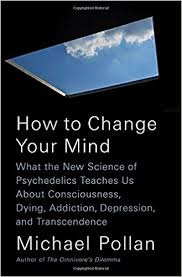 We present another part of our interview with
We present another part of our interview with  We also talk with Boulder Psychiatrist Dr. Will Van Derveer, who leads the
We also talk with Boulder Psychiatrist Dr. Will Van Derveer, who leads the 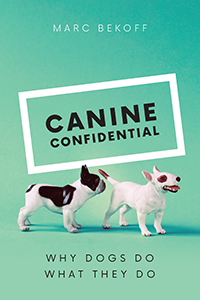 This week on How on Earth, Beth talks to author Dr Marc Bekoff, Professor Emeritus, CU Boulder. His new book has the wonderful title of Canine Confidential. If you enjoy dogs, dog parks, and watching them interact with each other and people, you’ll enjoy this book!
This week on How on Earth, Beth talks to author Dr Marc Bekoff, Professor Emeritus, CU Boulder. His new book has the wonderful title of Canine Confidential. If you enjoy dogs, dog parks, and watching them interact with each other and people, you’ll enjoy this book!

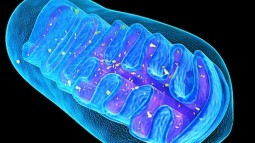 This week on How on Earth, Beth interviews Dr Lee Know, author of Mitochondria and theFuture of Medicine. These amazing organelles, which allow complex life on Earth to exist, do more than “just” make ATP. Ask that isn’t enough! They are intimately involved in many aspects of health and disease. The good news is that we can optimize their function to attain longer, healthier lives.You can see the book at
This week on How on Earth, Beth interviews Dr Lee Know, author of Mitochondria and theFuture of Medicine. These amazing organelles, which allow complex life on Earth to exist, do more than “just” make ATP. Ask that isn’t enough! They are intimately involved in many aspects of health and disease. The good news is that we can optimize their function to attain longer, healthier lives.You can see the book at  Two epidemics sweeping the developed world are Type 2 diabetes and Alzheimer’s disease.This week on How on Earth, Beth interviews Dr Steven Masley about his book, The Better Brain Solution in which he explores the connection between diet (and other lifestyle factors) and these diseases. Based on the results of numerous clinical trials he has conducted in his medical practice, Masley presents a program to prevent and possibly reverse this metabolic syndrome. You can find his book and other information at
Two epidemics sweeping the developed world are Type 2 diabetes and Alzheimer’s disease.This week on How on Earth, Beth interviews Dr Steven Masley about his book, The Better Brain Solution in which he explores the connection between diet (and other lifestyle factors) and these diseases. Based on the results of numerous clinical trials he has conducted in his medical practice, Masley presents a program to prevent and possibly reverse this metabolic syndrome. You can find his book and other information at 
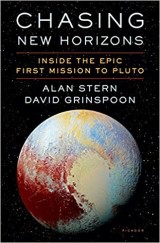 In 2015, the New Horizons Spacecraft flew past Pluto. Because Pluto is so far away, it took nearly 10 years of travel for the spacecraft to reach that distant dwarf planet — and that was after a decade of work to get the spacecraft to the launch pad. Planetary scientists Alan Stern and David Grinspoon have written a new book, called: “Chasing New Horizons: Inside the Epic First Mission to Pluto”. The book tells the story of developing and operating the New Horizon mission.
In 2015, the New Horizons Spacecraft flew past Pluto. Because Pluto is so far away, it took nearly 10 years of travel for the spacecraft to reach that distant dwarf planet — and that was after a decade of work to get the spacecraft to the launch pad. Planetary scientists Alan Stern and David Grinspoon have written a new book, called: “Chasing New Horizons: Inside the Epic First Mission to Pluto”. The book tells the story of developing and operating the New Horizon mission.
 Here we provide the full interview by How on Earth’s Joel Parker of planetary scientists Dr. Alan Stern (
Here we provide the full interview by How on Earth’s Joel Parker of planetary scientists Dr. Alan Stern ( HyunJoo Oh – CU Boulder,
HyunJoo Oh – CU Boulder,  Nathan Parrish – CU Boulder,
Nathan Parrish – CU Boulder,  Diana Perry – Stockholm University,
Diana Perry – Stockholm University, 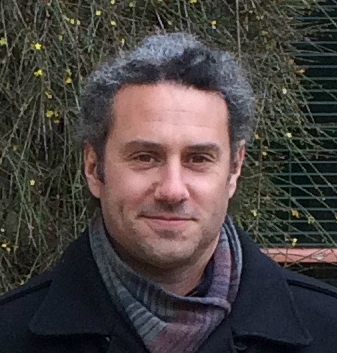 Oliver Paine – CU Boulder,
Oliver Paine – CU Boulder, 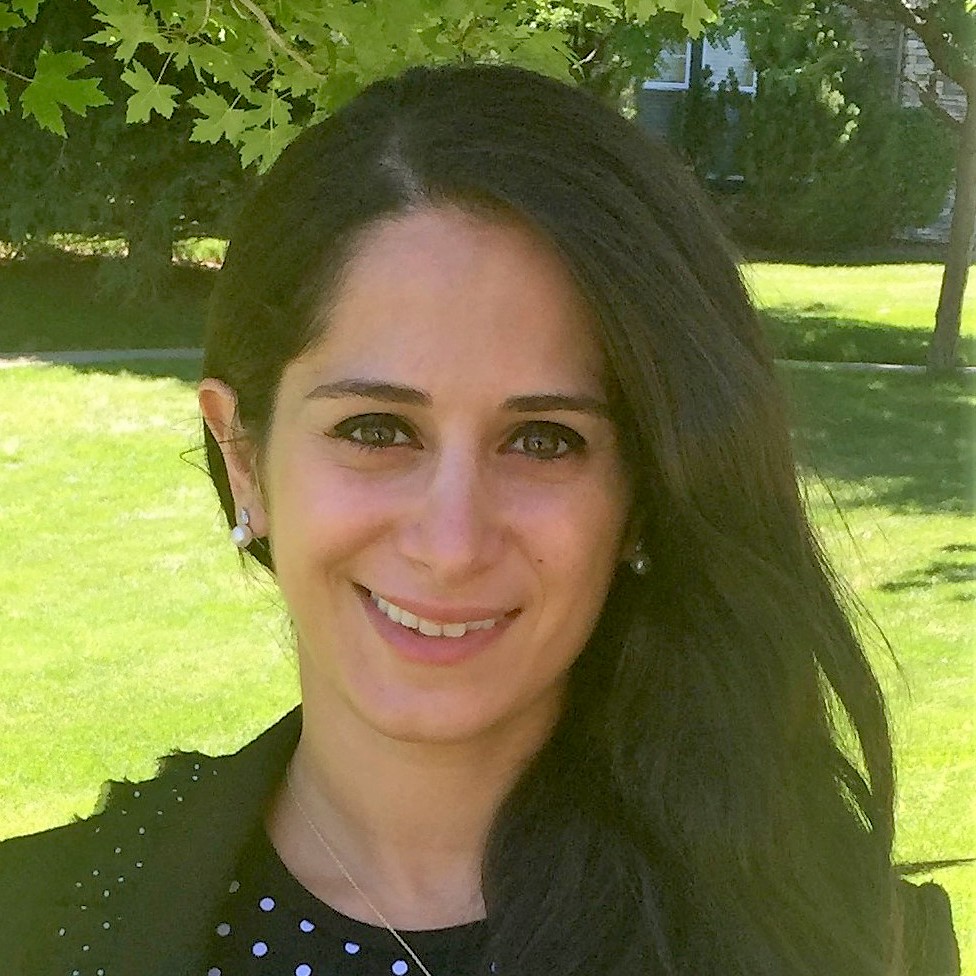 Diba Mani – CU Boulder,
Diba Mani – CU Boulder,  John Nardini – CU Boulder,
John Nardini – CU Boulder,  Attention all Nature Lovers and Amateur Naturalists, Friday April 27th kicks of the
Attention all Nature Lovers and Amateur Naturalists, Friday April 27th kicks of the 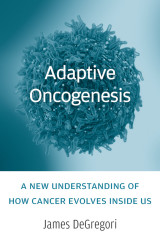 New Theory of How Cancer Evolves Inside Us (start time: 0:58): It is commonly known that cancer afflicts old people more than youth. Conventional wisdom has held we get cancer with age largely because we accumulate lots of genetic mutations over many years, and it’s the mutations that cause cancer. Our guest,
New Theory of How Cancer Evolves Inside Us (start time: 0:58): It is commonly known that cancer afflicts old people more than youth. Conventional wisdom has held we get cancer with age largely because we accumulate lots of genetic mutations over many years, and it’s the mutations that cause cancer. Our guest, 

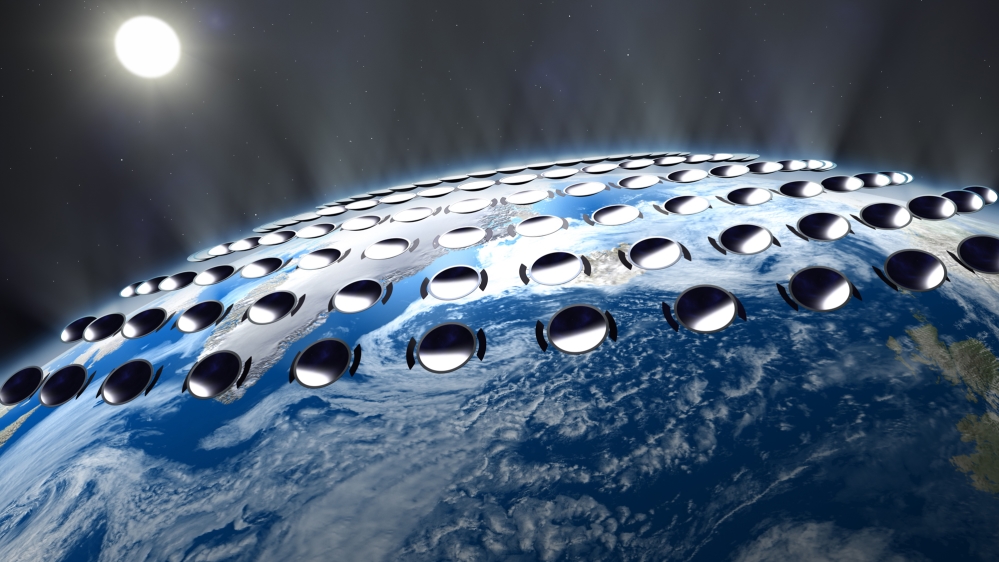
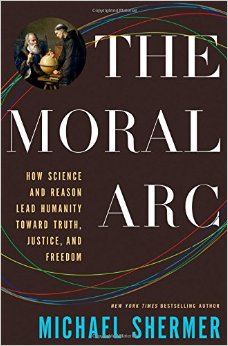
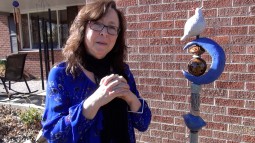


 You may be among many who wistfully harken back to the “golden days” of the past. For some people the past does look rosier, or perhaps the present looks grim, but, according to
You may be among many who wistfully harken back to the “golden days” of the past. For some people the past does look rosier, or perhaps the present looks grim, but, according to  Today’s pledge-drive show features parts of our recent interview with Steven Pinker.
Today’s pledge-drive show features parts of our recent interview with Steven Pinker.
 Woodstock. Lallapalooza. Lilith Fair. Coachella. Burning Man. All famous music and art festivals. What about…science festivals? Perhaps a festival with all the “rock stars” of science and space exploration, and while you’re at it, throw in a few music rock stars as well? Well, that describes the
Woodstock. Lallapalooza. Lilith Fair. Coachella. Burning Man. All famous music and art festivals. What about…science festivals? Perhaps a festival with all the “rock stars” of science and space exploration, and while you’re at it, throw in a few music rock stars as well? Well, that describes the 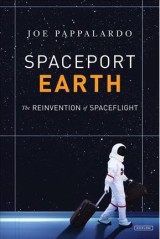
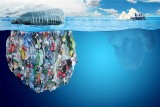
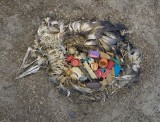
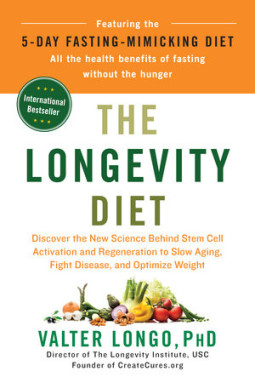
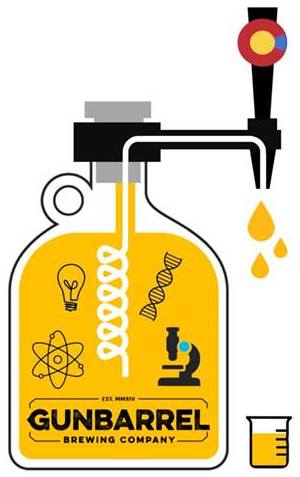 Boulder, Colorado has a rich culture of science, as the home for serveral prestigious national laboratories, a thriving technology industry, the flagship campus of the University of Colorado and various joint ventures between them. As a science enthusiast, where might you go to find a community of like minded people? Must you work in a lab? Teach at a university? Enroll as a student? Well now Boulder has
Boulder, Colorado has a rich culture of science, as the home for serveral prestigious national laboratories, a thriving technology industry, the flagship campus of the University of Colorado and various joint ventures between them. As a science enthusiast, where might you go to find a community of like minded people? Must you work in a lab? Teach at a university? Enroll as a student? Well now Boulder has 

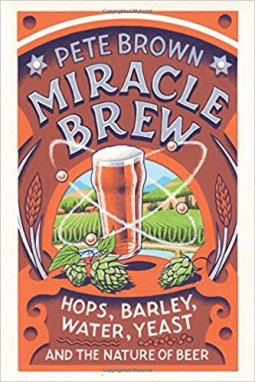
 For this end-of-the-year/start-of-the-year How on Earth show, we look back to 2017 with clips from some of our features from the past year: selections about tracking methane leaks, ketogenic diets, using MDMA to treat PTSD, gravitational waves, the solar eclipse, space missions, and the politicization of science. Those are just a few of the topics we covered in 2017, which also included: the continuation of the
For this end-of-the-year/start-of-the-year How on Earth show, we look back to 2017 with clips from some of our features from the past year: selections about tracking methane leaks, ketogenic diets, using MDMA to treat PTSD, gravitational waves, the solar eclipse, space missions, and the politicization of science. Those are just a few of the topics we covered in 2017, which also included: the continuation of the  This week on How on Earth, Beth finishes the interview with Miriam Kalamian, author of Keto for Cancer. This encyclopedic volume lays out the groundwork for using a ketogenic diet to treat cancer. But, as the author points out, the diet, which starves cancer cells, should be used in conjunction with other therapies. To see the book, go to https://www.chelseagreen.com/keto-for-cancer; to see Miriam’s website go to https://www.dietarytherapies.com/
This week on How on Earth, Beth finishes the interview with Miriam Kalamian, author of Keto for Cancer. This encyclopedic volume lays out the groundwork for using a ketogenic diet to treat cancer. But, as the author points out, the diet, which starves cancer cells, should be used in conjunction with other therapies. To see the book, go to https://www.chelseagreen.com/keto-for-cancer; to see Miriam’s website go to https://www.dietarytherapies.com/
 The Unnatural World (start time: 6:58): It’s an audacious topic for a book: the planet, and audacious individuals who are working to save — actually, to remake — human civilization and our home on Earth.
The Unnatural World (start time: 6:58): It’s an audacious topic for a book: the planet, and audacious individuals who are working to save — actually, to remake — human civilization and our home on Earth. 


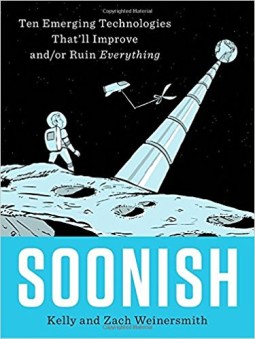
 In 1963, the United States, the Soviet Union, and Great Britain signed the
In 1963, the United States, the Soviet Union, and Great Britain signed the 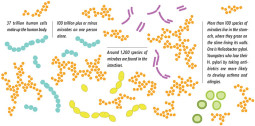 This week on How on Earth, Beth interviews Dr Martin Blaser of New York University who challenges the assumption that antibiotics are harmless drugs targeting only harmful pathogens. In his recent book, Missing Microbes, Blaser presents the evidence that antibiotics are causing the extinction of important bacteria in our microbiome. These microbes have co-evolved with us, so losing them puts us at risk of many of the rising diseases of our society: asthma, allergies, eczema and obesity. Check out his book:
This week on How on Earth, Beth interviews Dr Martin Blaser of New York University who challenges the assumption that antibiotics are harmless drugs targeting only harmful pathogens. In his recent book, Missing Microbes, Blaser presents the evidence that antibiotics are causing the extinction of important bacteria in our microbiome. These microbes have co-evolved with us, so losing them puts us at risk of many of the rising diseases of our society: asthma, allergies, eczema and obesity. Check out his book: 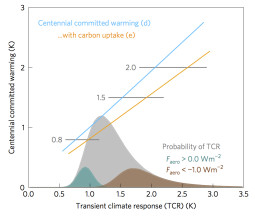
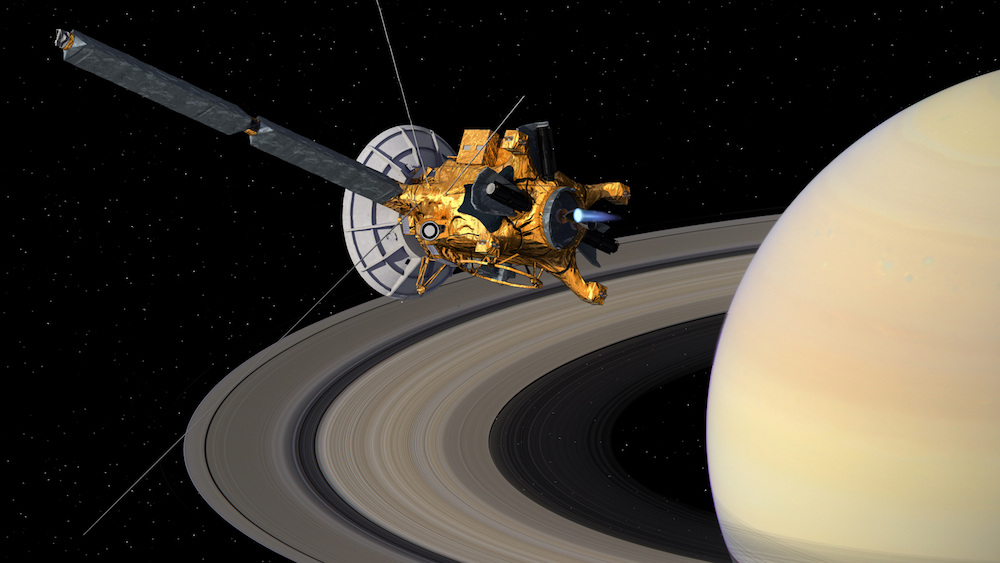 The
The  This week on How on Earth we speak with Simon Melov, a biochemist at the Buck Institute for Aging. Dr Melov studies various aspects of aging in worms, mice and humans. The aging field is replete with new and exciting discoveries and Simon’s work epitomizes that.
This week on How on Earth we speak with Simon Melov, a biochemist at the Buck Institute for Aging. Dr Melov studies various aspects of aging in worms, mice and humans. The aging field is replete with new and exciting discoveries and Simon’s work epitomizes that.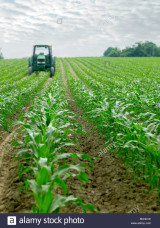
 Climate Change and Extinctions Following an Asteroid Impact (starts at 8:45) It has been hypothesized that the dinosaurs were killed off by a large asteroid that struck the Earth. The details of how the impact of a 10 kilometer diameter asteroid led to global scale extinction have remained elusive. Recently, climate researchers from the Boulder area published new climate model results that show how the asteroid impact ultimately leads to widespread cooling in the atmosphere and increased exposure to ultraviolet radiation. These drastic and rapid changes to the climate due to the asteroid impact may explain the global scale extinction.
Climate Change and Extinctions Following an Asteroid Impact (starts at 8:45) It has been hypothesized that the dinosaurs were killed off by a large asteroid that struck the Earth. The details of how the impact of a 10 kilometer diameter asteroid led to global scale extinction have remained elusive. Recently, climate researchers from the Boulder area published new climate model results that show how the asteroid impact ultimately leads to widespread cooling in the atmosphere and increased exposure to ultraviolet radiation. These drastic and rapid changes to the climate due to the asteroid impact may explain the global scale extinction.




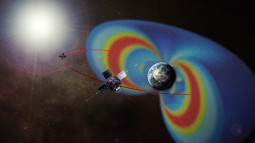
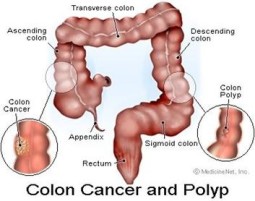
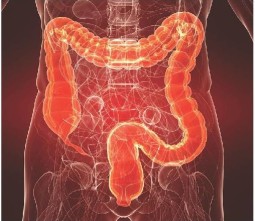
 Today’s show offers the following feature:
Today’s show offers the following feature:
 This August 21st, some parts of the Earth will be plunged into darkness in the middle of the day. It will be a solar eclipse; the moon’s shadow will cross the United States from Oregon to South Carolina, with the path closest to Colorado passing through Wyoming and Nebraska.
This August 21st, some parts of the Earth will be plunged into darkness in the middle of the day. It will be a solar eclipse; the moon’s shadow will cross the United States from Oregon to South Carolina, with the path closest to Colorado passing through Wyoming and Nebraska.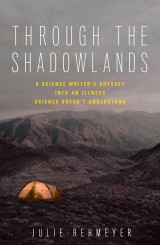 We offer two feature interviews on today’s show.
We offer two feature interviews on today’s show.
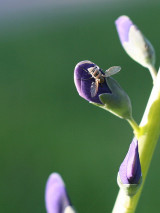
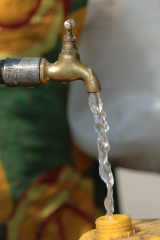 Testing Drinking Water (start time: 14:00): Two years ago Flint, Mich., turned the issue of lead in
Testing Drinking Water (start time: 14:00): Two years ago Flint, Mich., turned the issue of lead in  Abby Koss – CU Boulder,
Abby Koss – CU Boulder,  Matteo Crismani – CU Boulder,
Matteo Crismani – CU Boulder,  Callie Fiedler – CU Boulder,
Callie Fiedler – CU Boulder,  Morgan Rehnberg – CU Boulder,
Morgan Rehnberg – CU Boulder,  David Horvath – Colorado School of Mines,
David Horvath – Colorado School of Mines,  Joseph Lee – CU Boulder,
Joseph Lee – CU Boulder,  In their upcoming book,
In their upcoming book, 

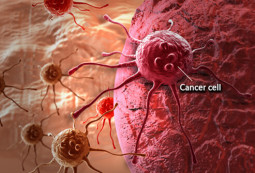
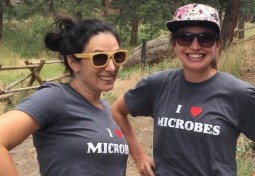

 Today’s How on Earth show is a special edition in conjunction with the
Today’s How on Earth show is a special edition in conjunction with the 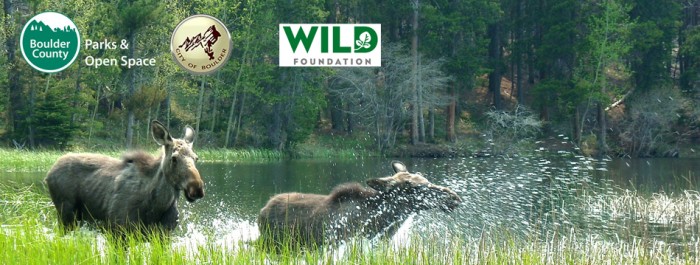
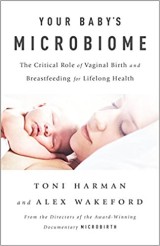 Your Baby’s Microbiome (start time 6:13): This week on How on Earth Beth Bennett interviews Toni Harmon, author of
Your Baby’s Microbiome (start time 6:13): This week on How on Earth Beth Bennett interviews Toni Harmon, author of 

 Today’s feature has How on Earth’s Beth Bennett talking with Dr. Mike Shanahan, a biologist who has a degree in rainforest ecology. He has lived in a national park in Borneo, bred endangered penguins, and investigated illegal bear farms. His writing has appeared in The Economist, Nature, and The Ecologist, and he also was the illustrator for the book:
Today’s feature has How on Earth’s Beth Bennett talking with Dr. Mike Shanahan, a biologist who has a degree in rainforest ecology. He has lived in a national park in Borneo, bred endangered penguins, and investigated illegal bear farms. His writing has appeared in The Economist, Nature, and The Ecologist, and he also was the illustrator for the book: 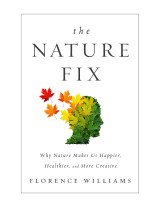 Your Brain on Nature (start time: 5:49): You may think it’s a no-brainer: that nature is good for your mental and physical health. After all, a walk in the woods or even an urban park brightens your outlook on life, at least for a little while. Turns out, the notion that being outside in nature boosts our mood, and even our creativity, has historical roots at least as deep as
Your Brain on Nature (start time: 5:49): You may think it’s a no-brainer: that nature is good for your mental and physical health. After all, a walk in the woods or even an urban park brightens your outlook on life, at least for a little while. Turns out, the notion that being outside in nature boosts our mood, and even our creativity, has historical roots at least as deep as 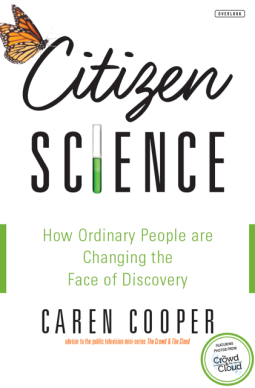 Citizen Science (start time: 5:32): For those who would love to track birds and other creatures or to test drinking water quality in their community, for instance, but think it would require a degree in science to contribute to important scientific discoveries, our guest today aims to set the record straight.
Citizen Science (start time: 5:32): For those who would love to track birds and other creatures or to test drinking water quality in their community, for instance, but think it would require a degree in science to contribute to important scientific discoveries, our guest today aims to set the record straight. 
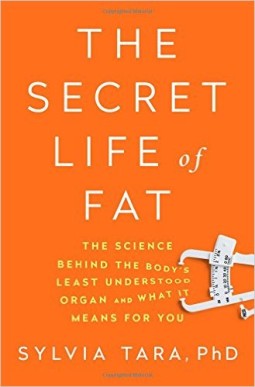
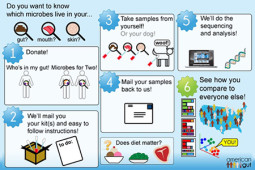 The American Gut project is the largest crowd-sourced project ever: to date, over 80.000 participants have contributed fecal, skin, or oral samples. The ambitious goal is to characterize the microbiota of as many individuals as possible to identify the diverse species living in and on us. Beth interviews Dr Embrietta Hyde, Project Manager of the Gut project about results and progess.
The American Gut project is the largest crowd-sourced project ever: to date, over 80.000 participants have contributed fecal, skin, or oral samples. The ambitious goal is to characterize the microbiota of as many individuals as possible to identify the diverse species living in and on us. Beth interviews Dr Embrietta Hyde, Project Manager of the Gut project about results and progess.
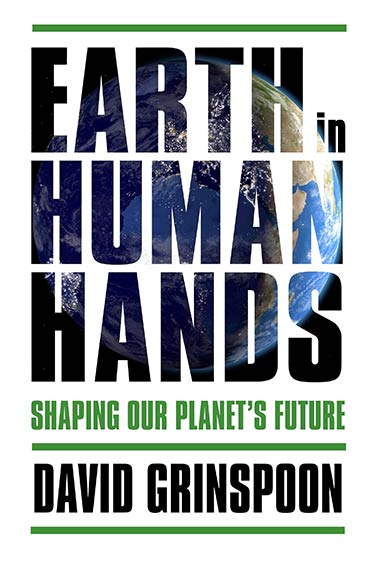
 Beth interviews Drs Jane Bock (starts at 16:35) and David Norris (starts at 7:10), co-authors of
Beth interviews Drs Jane Bock (starts at 16:35) and David Norris (starts at 7:10), co-authors of  For this end-of-the-year How on Earth show, we look back to 2016 with clips from some of our features from the past year: selections from the
For this end-of-the-year How on Earth show, we look back to 2016 with clips from some of our features from the past year: selections from the 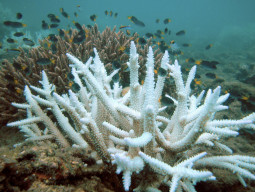 This week on How on Earth Beth interviews two NOAA scientists who study climate change. Joanie Kleypas is a marine ecologist who investigates how rising atmospheric carbon dioxide affects marine ecosystems. She is a self-described optimist who is committed to finding solutions to the “coral reef crisis.” Pieter Tans he has led the Carbon Cycle Greenhouse Gases group at NOAA since 1985. This group has maintained NOAA’s Global Greenhouse Gas Reference Network, producing the most widely used data of atmospheric CO2, CH4, and several other greenhouse gases and supporting measurements.
This week on How on Earth Beth interviews two NOAA scientists who study climate change. Joanie Kleypas is a marine ecologist who investigates how rising atmospheric carbon dioxide affects marine ecosystems. She is a self-described optimist who is committed to finding solutions to the “coral reef crisis.” Pieter Tans he has led the Carbon Cycle Greenhouse Gases group at NOAA since 1985. This group has maintained NOAA’s Global Greenhouse Gas Reference Network, producing the most widely used data of atmospheric CO2, CH4, and several other greenhouse gases and supporting measurements.



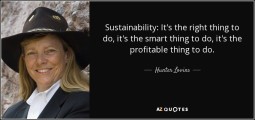

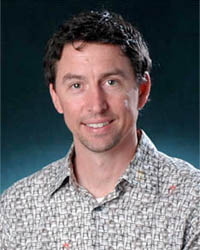
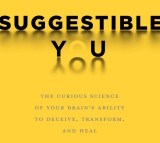 The Science of Suggestibility (start time: 5:00) Scientists are learning more and more about how our expectations and beliefs influence how our bodies, including our neurochemistry, respond to pain and disease. The researchers are discovering that we are very suggestible creatures. But we are not all equally suggestible. Some of us can cure serious ailments even when we’ve knowingly taken a placebo remedy, but others can not. Herein lies a major puzzle that vexes drug manufacturers and medical practitioners. It’s a puzzle that has intrigued
The Science of Suggestibility (start time: 5:00) Scientists are learning more and more about how our expectations and beliefs influence how our bodies, including our neurochemistry, respond to pain and disease. The researchers are discovering that we are very suggestible creatures. But we are not all equally suggestible. Some of us can cure serious ailments even when we’ve knowingly taken a placebo remedy, but others can not. Herein lies a major puzzle that vexes drug manufacturers and medical practitioners. It’s a puzzle that has intrigued 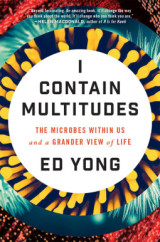 Multitudes of Microbes (start time: 3:38): You may find it unsettling to learn that our human cells make up only half of our bodies. The other half is a bunch of microbes (in the neighborhood of 40 trillion), all living and reproducing in, and on, our bodies. What’s more, these invisible machines could have a powerful influence on your brain, and on your overall health.
Multitudes of Microbes (start time: 3:38): You may find it unsettling to learn that our human cells make up only half of our bodies. The other half is a bunch of microbes (in the neighborhood of 40 trillion), all living and reproducing in, and on, our bodies. What’s more, these invisible machines could have a powerful influence on your brain, and on your overall health. 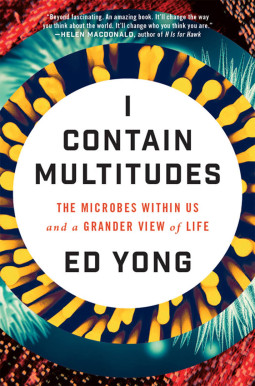 This week’s pledge- drive show features a teaser introduction to Ed Yong’s new book
This week’s pledge- drive show features a teaser introduction to Ed Yong’s new book 
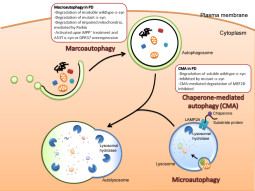
 Rosetta [feature starts at 5:27]
Rosetta [feature starts at 5:27]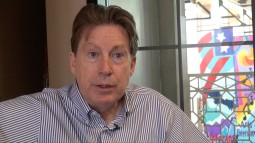

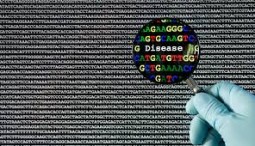
 Those skills do not necessarily overlap, but when they do, they not only can produce wonderful works of speculative fiction based on hard science, but they also can generate exciting new ideas for science research.
Those skills do not necessarily overlap, but when they do, they not only can produce wonderful works of speculative fiction based on hard science, but they also can generate exciting new ideas for science research. Dr. Benford also is a Nebula Award winning author of over twenty novels, including “Timescape”, “Jupiter Project”, “Artifact”, and “Against Infinity”, and the 6-book “Galactic Center Saga” series. He also is an advisor on the
Dr. Benford also is a Nebula Award winning author of over twenty novels, including “Timescape”, “Jupiter Project”, “Artifact”, and “Against Infinity”, and the 6-book “Galactic Center Saga” series. He also is an advisor on the 


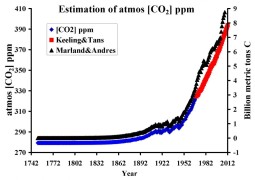

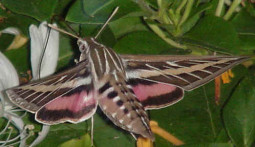
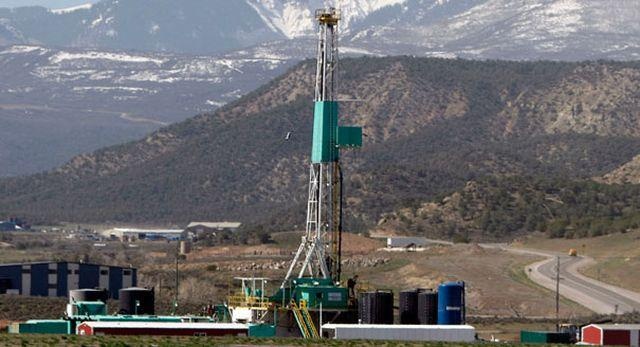

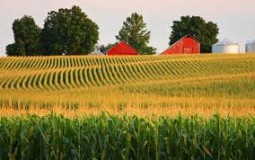

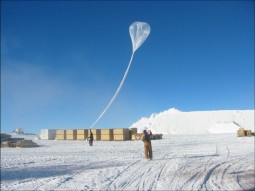

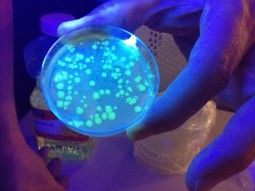
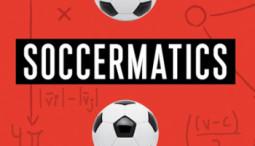
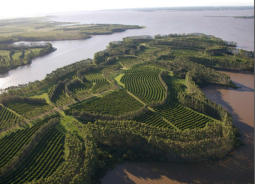

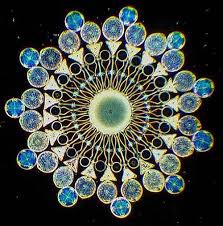
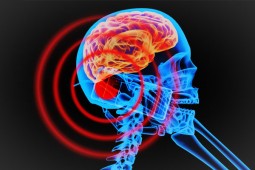
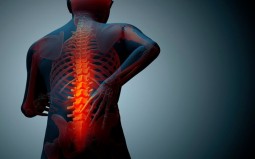
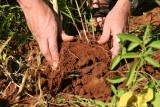
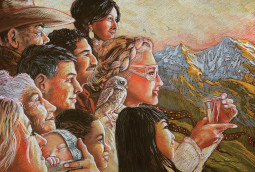
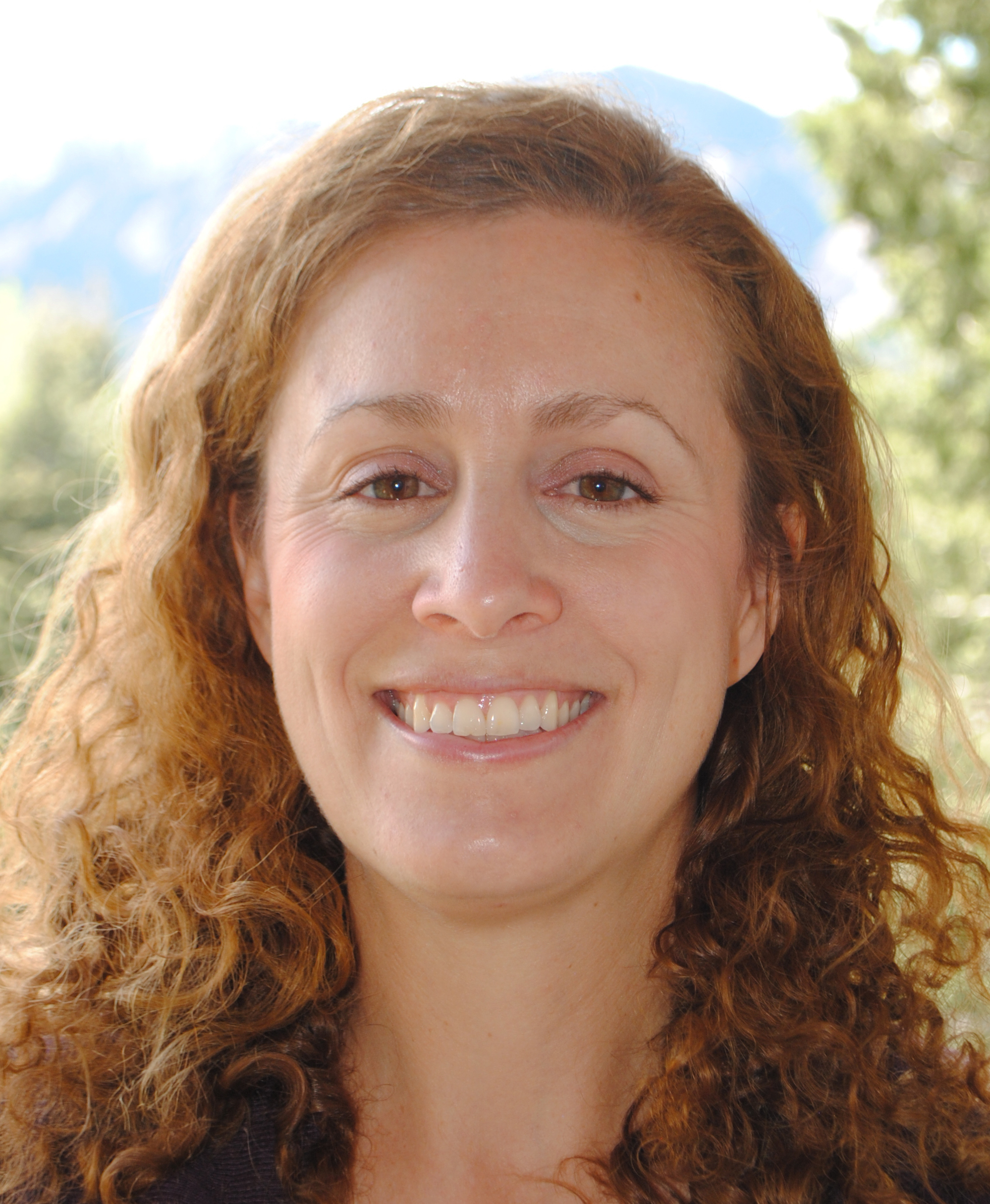 Carleigh Samson –
Carleigh Samson – 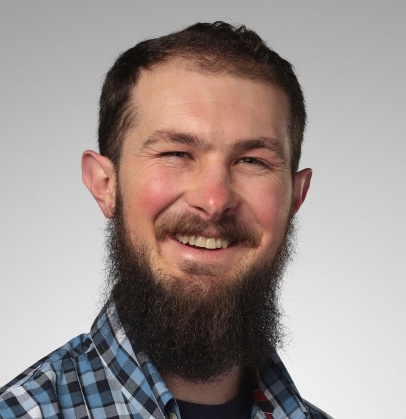
 Greg Thompson –
Greg Thompson –  Greg Salvesen –
Greg Salvesen – 
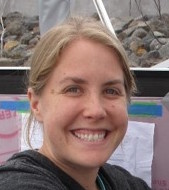 Odessa Gomez –
Odessa Gomez –  (Starting at 6:30) FLOWS bridges social justice and environmental issues. FLOWS provides leadership training opportunities, green job skills, and free energy and water upgrades while building partnerships between CU students and staff and community members. They partner with and work primarily for low-income communities for water and energy conservation (the communities most in need of lower energy and water bills). They joined us to talk about their new training program coming up this May. Find out more about their program
(Starting at 6:30) FLOWS bridges social justice and environmental issues. FLOWS provides leadership training opportunities, green job skills, and free energy and water upgrades while building partnerships between CU students and staff and community members. They partner with and work primarily for low-income communities for water and energy conservation (the communities most in need of lower energy and water bills). They joined us to talk about their new training program coming up this May. Find out more about their program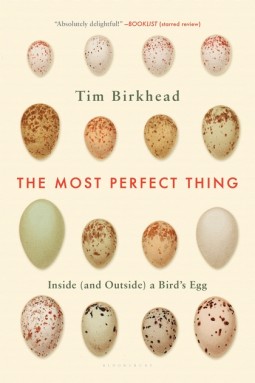
 Host Beth Bennett interviews Bob Crifasi, author of A Land Made of Water (starts at 4’55”). Bob works in water management and planning and is an environmental scientist with over 25yr experience. He was the Water Resources Administrator for the city of Boulder’s Open Space and Mountain Parks Dept. He has served on board of directors of 11 ditch companies and as the president of several, supervising all aspects of ditch operation.
Host Beth Bennett interviews Bob Crifasi, author of A Land Made of Water (starts at 4’55”). Bob works in water management and planning and is an environmental scientist with over 25yr experience. He was the Water Resources Administrator for the city of Boulder’s Open Space and Mountain Parks Dept. He has served on board of directors of 11 ditch companies and as the president of several, supervising all aspects of ditch operation.

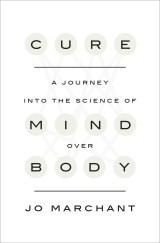 Mind+Body Science (start time: 4:52): If you’ve ever struggled to decide whether to see a Western conventional doctor or an “alternative” medical practitioner for ailments ranging from a compromised immune system to irritable bowel syndrome, you are aware of a deep divide between the two camps. Dr. Jo Marchant, a British geneticist and science writer, has delved into the science and politics of mind-body connections in her new book. It’s called
Mind+Body Science (start time: 4:52): If you’ve ever struggled to decide whether to see a Western conventional doctor or an “alternative” medical practitioner for ailments ranging from a compromised immune system to irritable bowel syndrome, you are aware of a deep divide between the two camps. Dr. Jo Marchant, a British geneticist and science writer, has delved into the science and politics of mind-body connections in her new book. It’s called 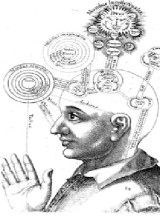

 Sex & Evolution Beneath the Waves (start time: 14:45) Ever wonder about the sex lives of gender-bending fish, desperately virgin elephant seals, and other creatures of the sea? Marine ecologist
Sex & Evolution Beneath the Waves (start time: 14:45) Ever wonder about the sex lives of gender-bending fish, desperately virgin elephant seals, and other creatures of the sea? Marine ecologist  Interview with LIGO Scientist Dr. Matt Evans (6:22): The recent big news in physics was the announcement of the first direct detection of gravitational waves. The detection was made by the
Interview with LIGO Scientist Dr. Matt Evans (6:22): The recent big news in physics was the announcement of the first direct detection of gravitational waves. The detection was made by the 
 Winter Stars (starts at 5:30). We talk with Dave Sutherland, an interpretive naturalist with Boulder Open Space and Mountain Parks, about winter star-gazing. This program is tied to an upcoming concert performance by the Boulder Philharmonic Orchestra on February 12, 2016. More information about the Boulder night hikes and other programs can be found at:
Winter Stars (starts at 5:30). We talk with Dave Sutherland, an interpretive naturalist with Boulder Open Space and Mountain Parks, about winter star-gazing. This program is tied to an upcoming concert performance by the Boulder Philharmonic Orchestra on February 12, 2016. More information about the Boulder night hikes and other programs can be found at: 

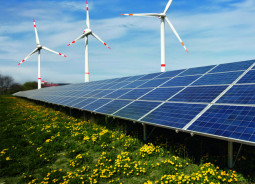
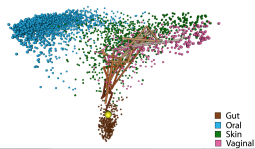 Using the Microbiome to Determine Time of Death (starts at 5:40): This week on How on Earth, we speak with
Using the Microbiome to Determine Time of Death (starts at 5:40): This week on How on Earth, we speak with 
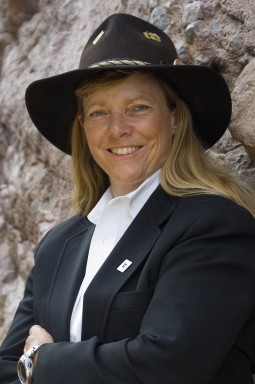

 These are questions that the
These are questions that the  What You Can Do About Global Warming (starts at 5:20): We interview Craig Hover, author of A World to Come Home To: Ending Global Warming in Our Lifetime. Craig is a licensed professional engineer with more than 30 years of engineering, project and facilities management, financial services and consulting. In his book he lays out a comprehensive vision of implementing sustainable strategies for reducing carbon emissions and reversing the current trends in climate change.
What You Can Do About Global Warming (starts at 5:20): We interview Craig Hover, author of A World to Come Home To: Ending Global Warming in Our Lifetime. Craig is a licensed professional engineer with more than 30 years of engineering, project and facilities management, financial services and consulting. In his book he lays out a comprehensive vision of implementing sustainable strategies for reducing carbon emissions and reversing the current trends in climate change.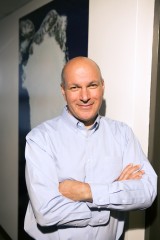


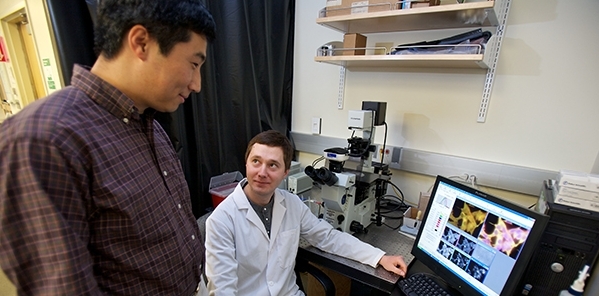

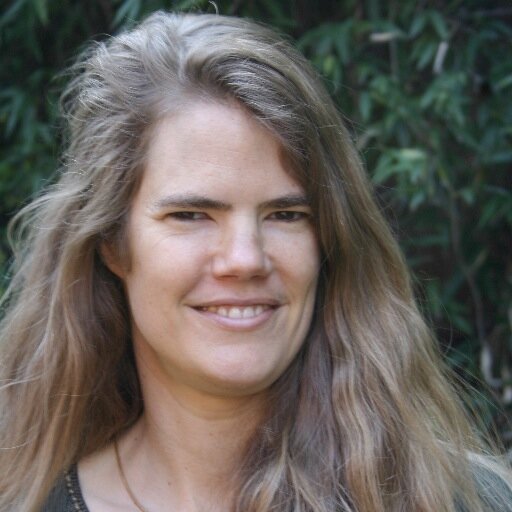
 In today’s show we offer the following feature:
In today’s show we offer the following feature: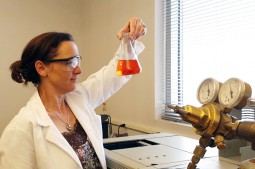
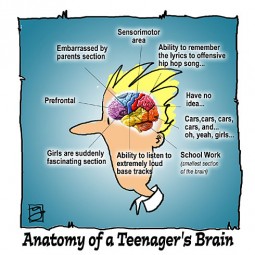

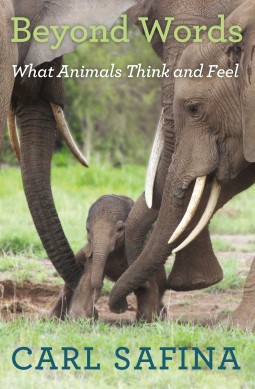
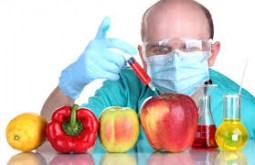


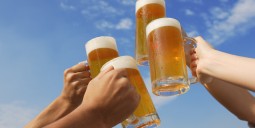


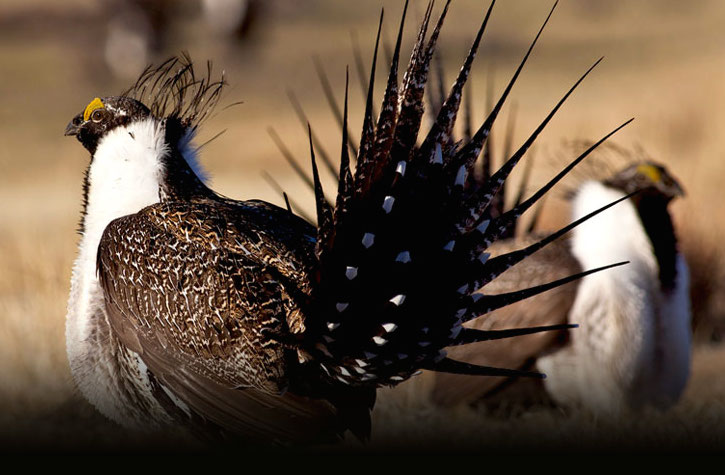
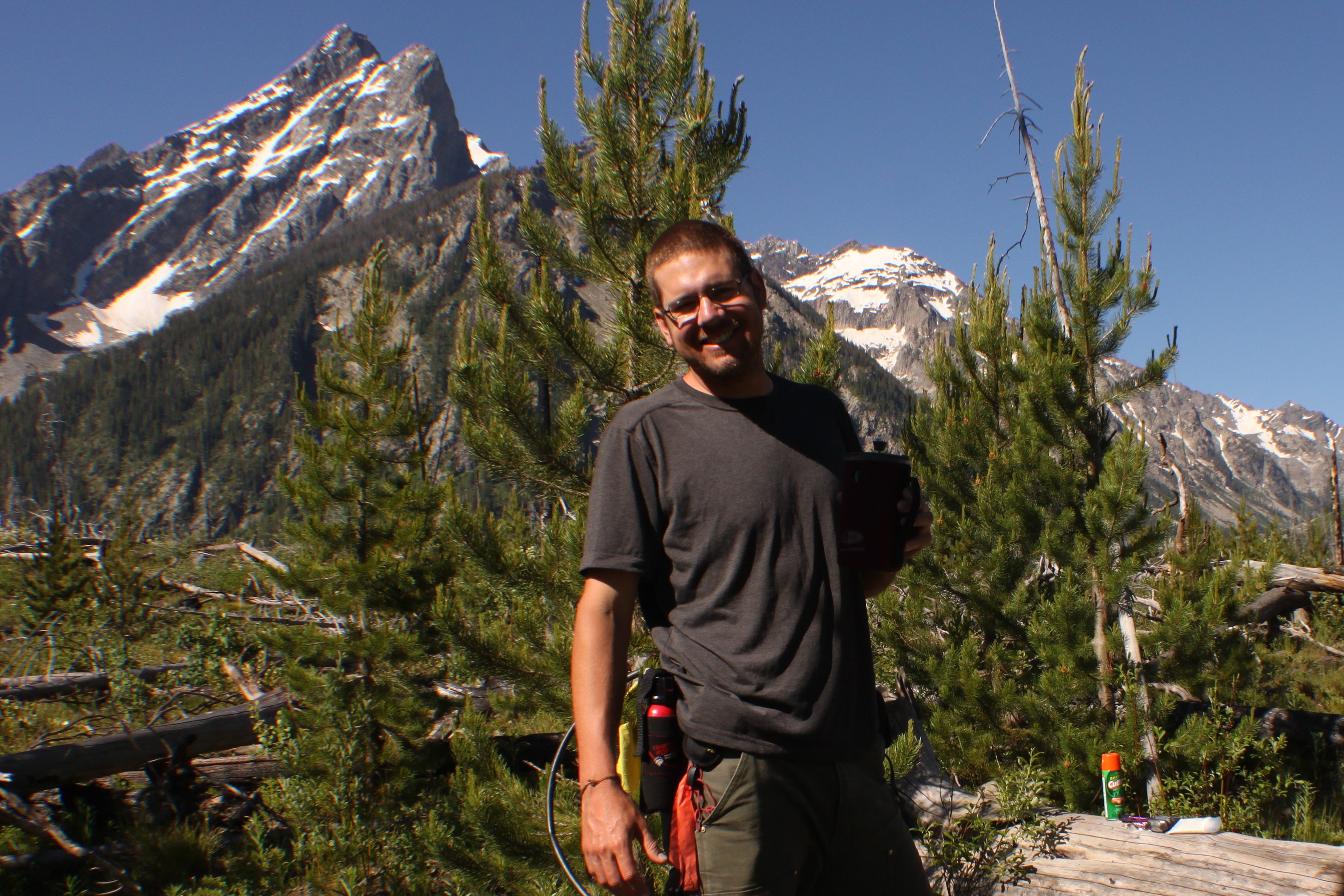


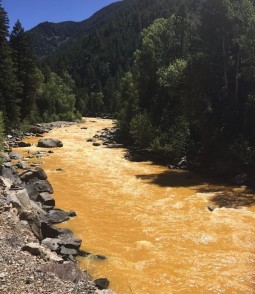
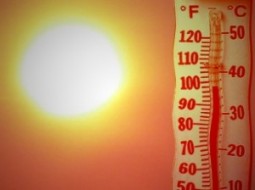
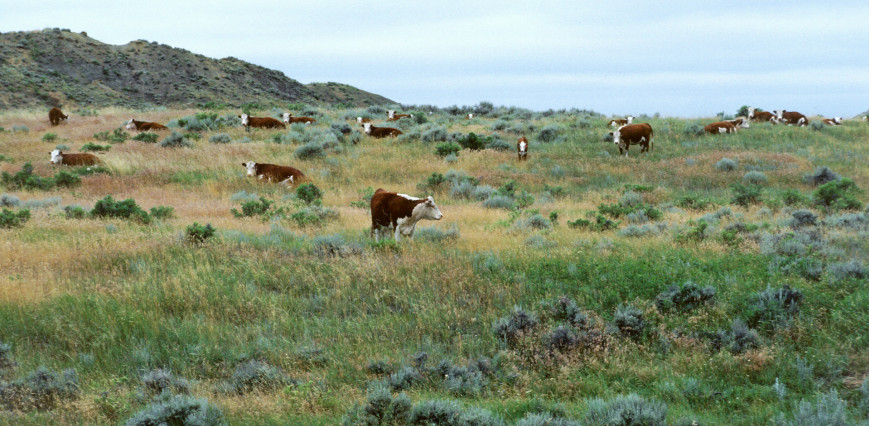 When it comes to reducing greenhouses gases, every little bit helps, and that includes managing the greenhouse gases produced by how we grow our food. Raising livestock and growing crops both generate greenhouse gases, and to gauge their impact, a new study takes the long range view. The results were published in a paper: “Measuring and mitigating agricultural greenhouse gas production in the U.S. Great Plains, 1870-2000” in the Proceedings of the National Academy of Sciences. It analyzes 100 years of agricultural production, and it takes this look at farming close to home – it focuses on the bread basket of the United States – the Great Plains, which includes eastern Colorado. Here to tell us more are scientists
When it comes to reducing greenhouses gases, every little bit helps, and that includes managing the greenhouse gases produced by how we grow our food. Raising livestock and growing crops both generate greenhouse gases, and to gauge their impact, a new study takes the long range view. The results were published in a paper: “Measuring and mitigating agricultural greenhouse gas production in the U.S. Great Plains, 1870-2000” in the Proceedings of the National Academy of Sciences. It analyzes 100 years of agricultural production, and it takes this look at farming close to home – it focuses on the bread basket of the United States – the Great Plains, which includes eastern Colorado. Here to tell us more are scientists 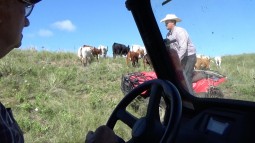
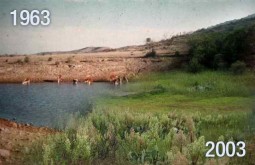
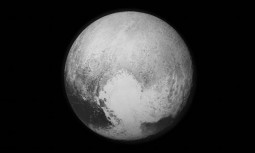 Pluto Flyby (start time 1:00): Joel Parker discusses the New Horizons mission from the command center live!
Pluto Flyby (start time 1:00): Joel Parker discusses the New Horizons mission from the command center live!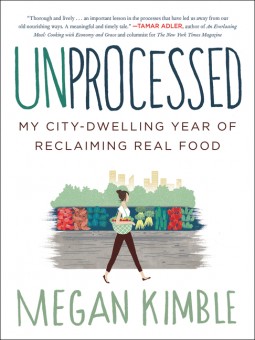 Real Food (start time 4:20): What we eat , and how we eat, is inextricably connected to our own health as well as the health of the planet. Every decision we make—whether to bake a chocolate cake or buy it from Safeway or at a Farmer’s Market—is full of nuances and even contradictions.
Real Food (start time 4:20): What we eat , and how we eat, is inextricably connected to our own health as well as the health of the planet. Every decision we make—whether to bake a chocolate cake or buy it from Safeway or at a Farmer’s Market—is full of nuances and even contradictions. 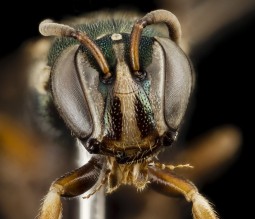
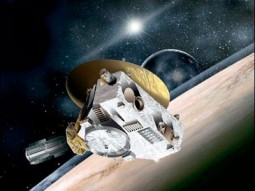
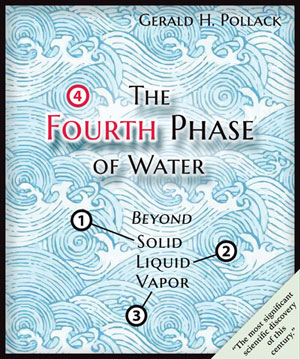
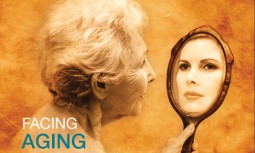
 An educator and perfomer, Len Barron first developed a piece about Einsteina and Bohr as a one man show, but then decided to evolve the project by enlist the help of 8 grandmothers to tell the story with their own added pizazz. Not only was lively performance produced, but a process and experience was shared. This process was captured by documentary film maker Robin Truesdale in a film coming to the Dairy Center this weekend entitled A Beautiful Equation. Both Robin and Len have joined us today in the studio to tell us more about the film, the process, the scientists and the grandmothers.
An educator and perfomer, Len Barron first developed a piece about Einsteina and Bohr as a one man show, but then decided to evolve the project by enlist the help of 8 grandmothers to tell the story with their own added pizazz. Not only was lively performance produced, but a process and experience was shared. This process was captured by documentary film maker Robin Truesdale in a film coming to the Dairy Center this weekend entitled A Beautiful Equation. Both Robin and Len have joined us today in the studio to tell us more about the film, the process, the scientists and the grandmothers.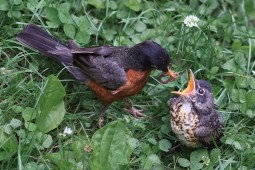
 The Science of Humor (start time: 14:32): Have you ever laughed at something you know you shouldn’t have? Like when someone you know falls down the stairs?
The Science of Humor (start time: 14:32): Have you ever laughed at something you know you shouldn’t have? Like when someone you know falls down the stairs? 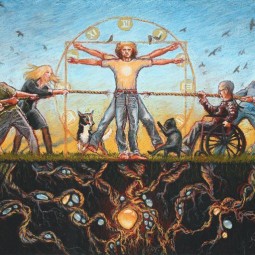
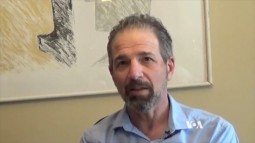

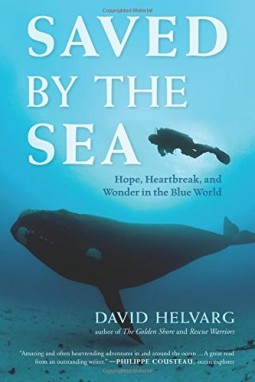 Fragile Ocean (start time: 17:21)
Fragile Ocean (start time: 17:21) 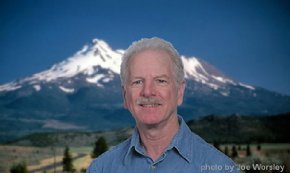 Ketones (start time 6:40) A growing body of scientific research demonstrates health benefits for many people with a diet that’s lower in carbohydrates, and higher in fats. In fact, some of this research indicates great therapeutic benefits,. One reason why may be that, when carbohydrate consumption is low enough, the body enters a state of “nutritional ketosis,” where it transforms fats into a molecule called, beta-hydroxy-butyrate, or “ketones”. In the absence of sugar and carbs, the body can use ketones as its primary fuel.
Ketones (start time 6:40) A growing body of scientific research demonstrates health benefits for many people with a diet that’s lower in carbohydrates, and higher in fats. In fact, some of this research indicates great therapeutic benefits,. One reason why may be that, when carbohydrate consumption is low enough, the body enters a state of “nutritional ketosis,” where it transforms fats into a molecule called, beta-hydroxy-butyrate, or “ketones”. In the absence of sugar and carbs, the body can use ketones as its primary fuel.


 Polar Bears (starts at 6:30): It is well known that, right now, life for polar bears looks bleak. Warming temperatures mean the season for sea ice cover in the Arctic has become shorter and shorter. As sea ice provides a home and hunting ground for polar bears, both the number of bears and their health has suffered. There is even talk of them becoming extinct. But is this something that we should worry about in Colorado and other non-arctic regions around the world? We don’t have bears, right now we don’t have ice, and we have plenty of other concerns. Dr. Steven Amstrup, the Chief scientist for Polar Bears International, joins us on How on Earth to explain why we should care. He thinks that polar bears are the sentinels of global health and that they provide advance warning of some of the challenges coming to all species. That includes us humans. But he thinks if we act soon, we can save both the bears and ourselves.
Polar Bears (starts at 6:30): It is well known that, right now, life for polar bears looks bleak. Warming temperatures mean the season for sea ice cover in the Arctic has become shorter and shorter. As sea ice provides a home and hunting ground for polar bears, both the number of bears and their health has suffered. There is even talk of them becoming extinct. But is this something that we should worry about in Colorado and other non-arctic regions around the world? We don’t have bears, right now we don’t have ice, and we have plenty of other concerns. Dr. Steven Amstrup, the Chief scientist for Polar Bears International, joins us on How on Earth to explain why we should care. He thinks that polar bears are the sentinels of global health and that they provide advance warning of some of the challenges coming to all species. That includes us humans. But he thinks if we act soon, we can save both the bears and ourselves. 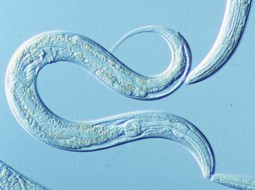
 On today’s spring pledge-drive show we offer segments of two feature interviews. See extended versions also below. Both books are available to those who pledge at least $60 to KGNU. Call 303.449.4885 today.
On today’s spring pledge-drive show we offer segments of two feature interviews. See extended versions also below. Both books are available to those who pledge at least $60 to KGNU. Call 303.449.4885 today.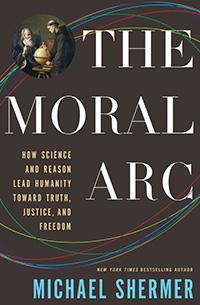 The Moral Arc (start time: 13:21) Author and renowned skeptic Michael Shermer talks with How On Earth contributor Shelley Schlender about his
The Moral Arc (start time: 13:21) Author and renowned skeptic Michael Shermer talks with How On Earth contributor Shelley Schlender about his  ATLAS Institute Today we are joined in the studio with Mark Gross of the Alliance for Technology, Learning and Society institute at CU and Alicia Gibb Director of The Blow Things Up Lab, one of the spaces part of the ATLAS department.
ATLAS Institute Today we are joined in the studio with Mark Gross of the Alliance for Technology, Learning and Society institute at CU and Alicia Gibb Director of The Blow Things Up Lab, one of the spaces part of the ATLAS department.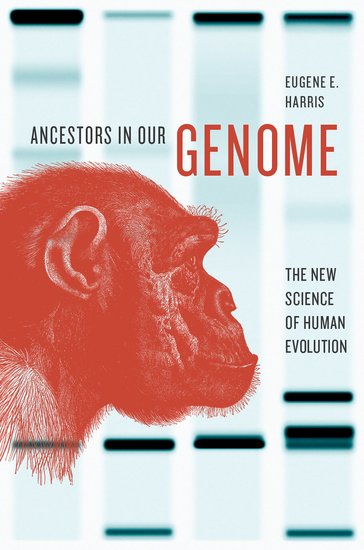 We speak with
We speak with 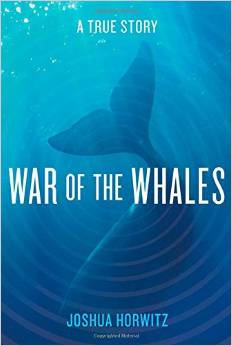

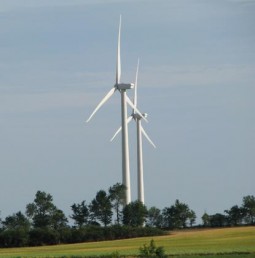
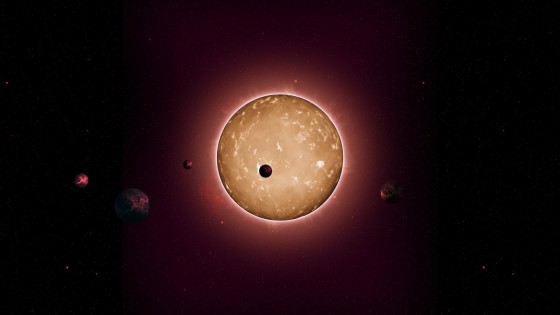
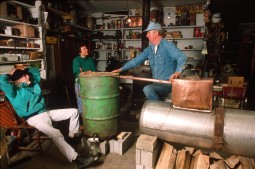

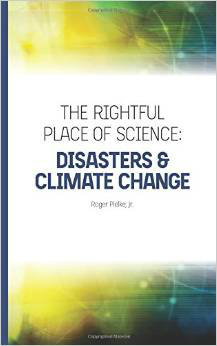
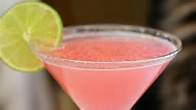

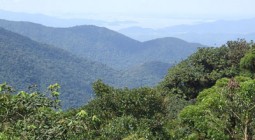
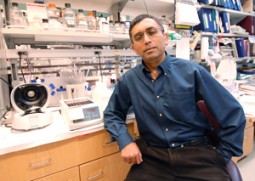
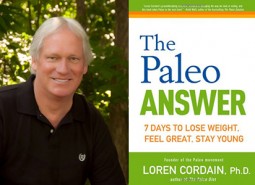
 Himalayan Glacial Lakes (starts at 5:20) Some scientists conduct their experiments in a laboratory — think clean white walls, artificial lighting, A.C. and a convenient coffee pot not far away. Not so for Ulyana Horodyskyj, a graduate student at the University of Colorado. For the last few years she’s been looking at glaciers and the lakes on top of them in Nepal. Last year she spent a year looking at how pollution affects glaciers high in the Himalayan Mountains. She hoped to set up the ultimate high-altitude laboratory on the oxygen-thin slopes of Mount Everest, but a fatal accident intervened. On this edition of How on Earth, she talks about her latest research, Himalayan glaciers and what it is like to do science at the top of the world.
Himalayan Glacial Lakes (starts at 5:20) Some scientists conduct their experiments in a laboratory — think clean white walls, artificial lighting, A.C. and a convenient coffee pot not far away. Not so for Ulyana Horodyskyj, a graduate student at the University of Colorado. For the last few years she’s been looking at glaciers and the lakes on top of them in Nepal. Last year she spent a year looking at how pollution affects glaciers high in the Himalayan Mountains. She hoped to set up the ultimate high-altitude laboratory on the oxygen-thin slopes of Mount Everest, but a fatal accident intervened. On this edition of How on Earth, she talks about her latest research, Himalayan glaciers and what it is like to do science at the top of the world.


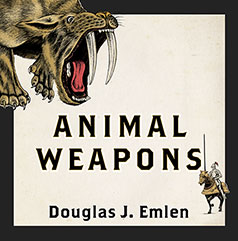

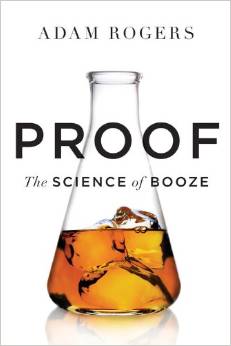 Proof: The Science of Booze (starts at 8:09): Science journalist
Proof: The Science of Booze (starts at 8:09): Science journalist 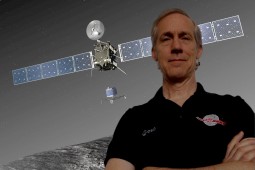
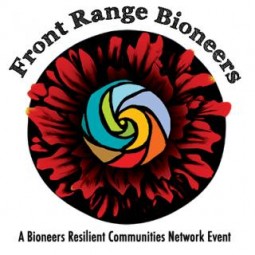

 Gulp [starts at 4:25] Bestselling author,
Gulp [starts at 4:25] Bestselling author, 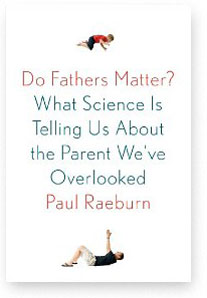 Do Fathers Matter? (start time: 3:07) If you’re a father or a son or daughter – which pretty much covers everyone – this interview should hit home. Science journalist Paul Raeburn’s latest book — “Do Fathers Matter? What Science Is Telling Us About the Parent We’ve Overlooked” – explores what seems like a no-brainer question. But the answers he discovers surprised even him. After last week’s pledge drive teaser, we now offer the extended version of host Susan Moran’s interview with Raeburn.
Do Fathers Matter? (start time: 3:07) If you’re a father or a son or daughter – which pretty much covers everyone – this interview should hit home. Science journalist Paul Raeburn’s latest book — “Do Fathers Matter? What Science Is Telling Us About the Parent We’ve Overlooked” – explores what seems like a no-brainer question. But the answers he discovers surprised even him. After last week’s pledge drive teaser, we now offer the extended version of host Susan Moran’s interview with Raeburn.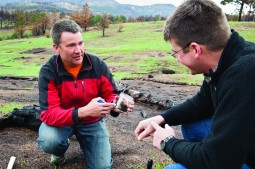
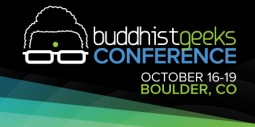

 Living Planet Report (starts at 5:50): The environmental organization World Wildlife Fund just released its science-based biennial
Living Planet Report (starts at 5:50): The environmental organization World Wildlife Fund just released its science-based biennial 
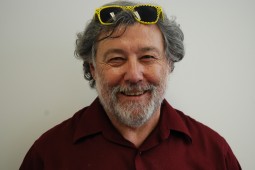


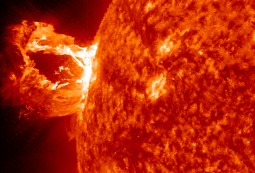

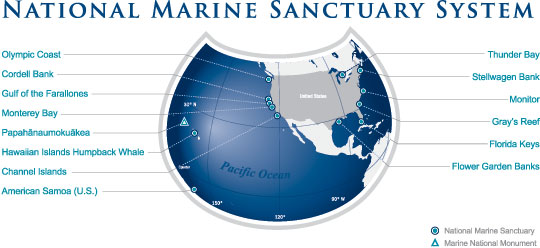 Marine Sanctuaries (starts at 5:18) This is the third feature interview In the Ocean Is Us series, which explores how we in land-locked Colorado are connected to the oceans, why they matter so much to us all, and what’s at stake. Today we discuss marine sanctuaries: the conservation science behind establishing them, and their ecological and economic benefits. In June, President Obama announced his intention to make a vast area of the
Marine Sanctuaries (starts at 5:18) This is the third feature interview In the Ocean Is Us series, which explores how we in land-locked Colorado are connected to the oceans, why they matter so much to us all, and what’s at stake. Today we discuss marine sanctuaries: the conservation science behind establishing them, and their ecological and economic benefits. In June, President Obama announced his intention to make a vast area of the  Greenback Cuttthroat Trout (starts at 6:06) Colorado has always been a state of nature lovers, which is why, in the era of our great great grandfathers, citizens even designated an official state fish. It’s the Greenback Cutthroat Trout that thrived in the mountain streams above Boulder and Denver. Colorado wildlife officials had long assumed that Greenback Cuttthroat Trout still live in our mountain streams. The problem is, they were wrong. Through a complex set of Sherlock Holmes investigations begun in recent years, scientists at CU-Boulder figured out a “fish switch” decades ago, meant Greenback Cutthroat Trout were missing from our streams, and possibly extinct. Since then, we have much better news about the fish that “almost” got away. In this feature, How on Earth’s Shelley Schlender, speaks with CU-Boulder biologist,
Greenback Cuttthroat Trout (starts at 6:06) Colorado has always been a state of nature lovers, which is why, in the era of our great great grandfathers, citizens even designated an official state fish. It’s the Greenback Cutthroat Trout that thrived in the mountain streams above Boulder and Denver. Colorado wildlife officials had long assumed that Greenback Cuttthroat Trout still live in our mountain streams. The problem is, they were wrong. Through a complex set of Sherlock Holmes investigations begun in recent years, scientists at CU-Boulder figured out a “fish switch” decades ago, meant Greenback Cutthroat Trout were missing from our streams, and possibly extinct. Since then, we have much better news about the fish that “almost” got away. In this feature, How on Earth’s Shelley Schlender, speaks with CU-Boulder biologist,  Migraines (starts at 14:28) One of the most painful conditions to suffer through is a migraine headache. Sometimes, these headaches begin with strange visual auras or loss of vision; sometimes they’re accompanied by nausea. Most of all, they’re a head-splitting pain. Interestingly, these headaches are rare among the world’s few remaining hunter-gatherer populations. In contrast, they’re common in modern western life. Roughly 10% of Americans have suffered from a migraine headache. One of the people who used to suffer from them frequently is a medical doctor with advanced degrees in neurology. He’s Doctor
Migraines (starts at 14:28) One of the most painful conditions to suffer through is a migraine headache. Sometimes, these headaches begin with strange visual auras or loss of vision; sometimes they’re accompanied by nausea. Most of all, they’re a head-splitting pain. Interestingly, these headaches are rare among the world’s few remaining hunter-gatherer populations. In contrast, they’re common in modern western life. Roughly 10% of Americans have suffered from a migraine headache. One of the people who used to suffer from them frequently is a medical doctor with advanced degrees in neurology. He’s Doctor 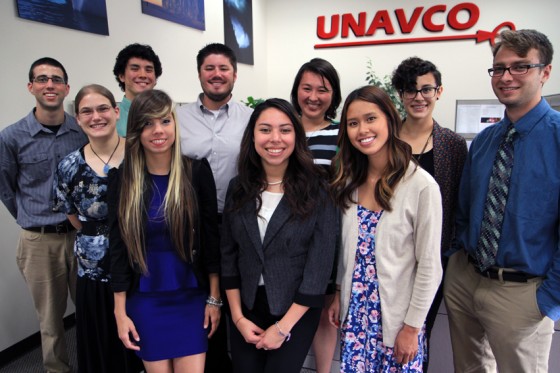

 Summer is a time to celebrate our bursting gardens. But you may be wondering why your neighbor’s garden seems to be attracting all the butterflies, honeybees and hummingbirds, while yours seems to be attracting mostly aphids and raccoons. Our guest, Alison Peck, owner of
Summer is a time to celebrate our bursting gardens. But you may be wondering why your neighbor’s garden seems to be attracting all the butterflies, honeybees and hummingbirds, while yours seems to be attracting mostly aphids and raccoons. Our guest, Alison Peck, owner of 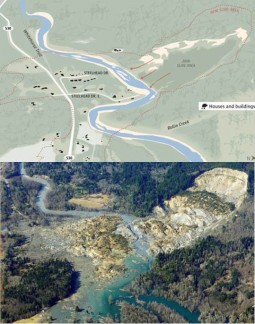
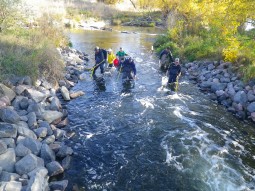


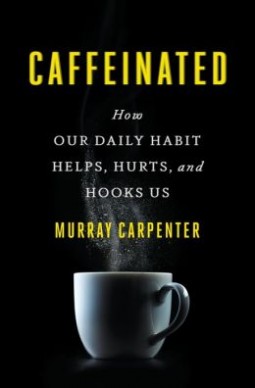 Caffeine and Athletics (starts at 4:35): Chances are you’ve already had a cup of coffee this morning or, if you are like me, it was a cup of tea. Or maybe, if you are truly hedonistic, you started the day with a bar of chocolate. Either way, if any of these options are part of your daily routine you’d be one of the 90 percent of people in this country that regularly consumes caffeine, America’s drug of choice.
Caffeine and Athletics (starts at 4:35): Chances are you’ve already had a cup of coffee this morning or, if you are like me, it was a cup of tea. Or maybe, if you are truly hedonistic, you started the day with a bar of chocolate. Either way, if any of these options are part of your daily routine you’d be one of the 90 percent of people in this country that regularly consumes caffeine, America’s drug of choice. Hope On Earth (starts 7:08): Few people have thought as critically and deeply about the state of Earth and our role on it than
Hope On Earth (starts 7:08): Few people have thought as critically and deeply about the state of Earth and our role on it than  Massive stars (start time 6:45)
Massive stars (start time 6:45) 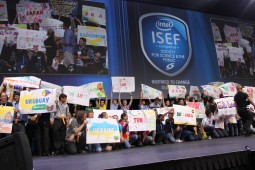
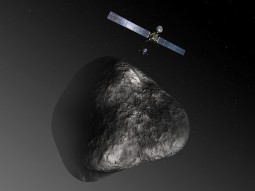
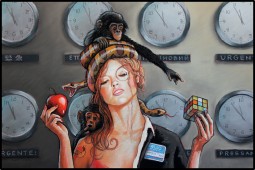 Gold Lab Symposium (starts at 3:42): Biotech entrepreneur
Gold Lab Symposium (starts at 3:42): Biotech entrepreneur 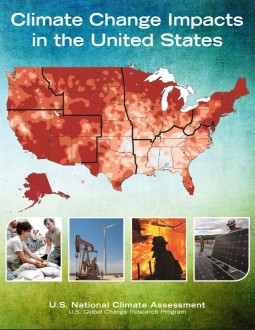 U.S. Climate Change Report (starts at 11:50) The
U.S. Climate Change Report (starts at 11:50) The 
 Baseball Vision (starts at 5:42): The major league baseball season is now in full “swing.” Fans may take it for granted that these professional athletes are in top physical condition. What’s less known is how important it is for baseball players to have perfect eyesight. Batters in particular have some of the best vision in the world. To find out how scientists know this, and study it, and even make it better, How on Earth’s Shelley Schlender last month headed down to spring training in Arizona. There, she caught up with two of the nation’s top experts on the science of vision, and sports.
Baseball Vision (starts at 5:42): The major league baseball season is now in full “swing.” Fans may take it for granted that these professional athletes are in top physical condition. What’s less known is how important it is for baseball players to have perfect eyesight. Batters in particular have some of the best vision in the world. To find out how scientists know this, and study it, and even make it better, How on Earth’s Shelley Schlender last month headed down to spring training in Arizona. There, she caught up with two of the nation’s top experts on the science of vision, and sports.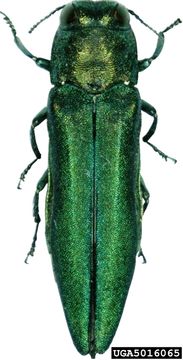
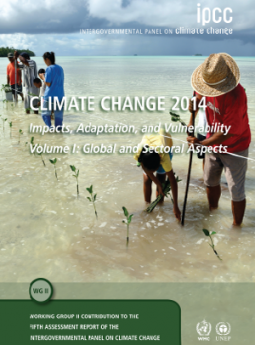 Earth Day gives us plenty of reason to reflect on the state of the planet and the impact we humans have had on it. This week’s show featured
Earth Day gives us plenty of reason to reflect on the state of the planet and the impact we humans have had on it. This week’s show featured 
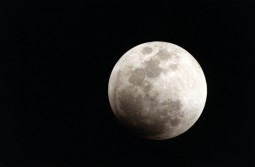
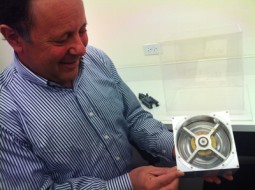

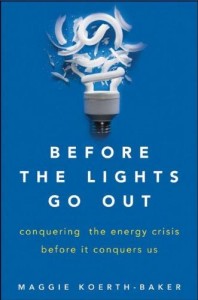
 Welcome to this special edition of How on Earth. This week, the 66th annual
Welcome to this special edition of How on Earth. This week, the 66th annual  Quantum Computers [starts at 7:05] Dr. David Wineland has worked at the National Institute of Standards and Technology in Boulder, Colorado, for 38 years. In 2012, he shared the Nobel Prize in Physics with France’s Dr. Serge Haroche for “ground-breaking experimental methods that enable measuring and manipulation of individual quantum systems”. Dr. Wineland and his colleagues use electromagnetic fields to trap individual ions for long periods of time, and lasers to place the ions in quantum superposition states. Superposition is like being both here and there at the same time.
Quantum Computers [starts at 7:05] Dr. David Wineland has worked at the National Institute of Standards and Technology in Boulder, Colorado, for 38 years. In 2012, he shared the Nobel Prize in Physics with France’s Dr. Serge Haroche for “ground-breaking experimental methods that enable measuring and manipulation of individual quantum systems”. Dr. Wineland and his colleagues use electromagnetic fields to trap individual ions for long periods of time, and lasers to place the ions in quantum superposition states. Superposition is like being both here and there at the same time.
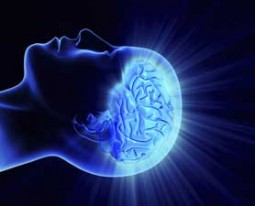 Neuroscience of Dying (start time 12:38) If there’s one thing more certain than taxes—pardon the reminder—it’s death. It may be certain, but it’s still one of life’s biggest mysteries. On today’s show, we explore what neuroscience can tell us about chemical and hormonal releases that can occur as we near the threshold of death.
Neuroscience of Dying (start time 12:38) If there’s one thing more certain than taxes—pardon the reminder—it’s death. It may be certain, but it’s still one of life’s biggest mysteries. On today’s show, we explore what neuroscience can tell us about chemical and hormonal releases that can occur as we near the threshold of death.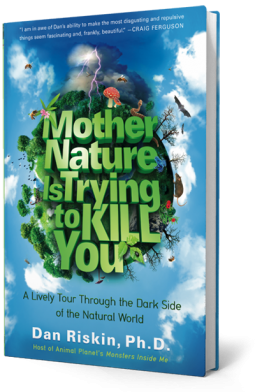 Welcome to the Spring Pledge Drive edition of How On Earth. I’m this quarter’s Executive Producer, Jim Pullen.
Welcome to the Spring Pledge Drive edition of How On Earth. I’m this quarter’s Executive Producer, Jim Pullen.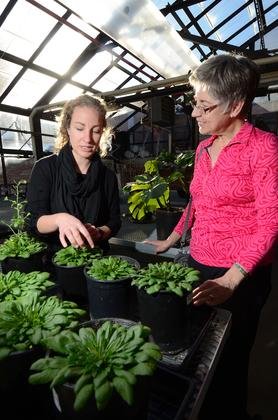

 Beringia (start time 0:55). We present an excerpt of Shelly Schlender’s interview with University of Colorado scientist
Beringia (start time 0:55). We present an excerpt of Shelly Schlender’s interview with University of Colorado scientist 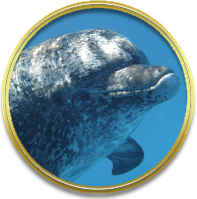 Her quest to learn whether dolphins have language, and to learn that language, is notable for its longevity. But her relationship with them is remarkably respectful, too. We last
Her quest to learn whether dolphins have language, and to learn that language, is notable for its longevity. But her relationship with them is remarkably respectful, too. We last  The Ogallala Road (start time 15:15). We often hear about how the Colorado River is running dry. The Western states that rely on its flowing water are struggling to reckon with how its depleting reservoirs will satiate growing populations. You’ve probably seen images of the white “bathrub rings” at Lake Powell and Lake Mead that expose the water line rings of years ago. But there’s an equally dramatic and dangerous drop in an invisible source of water. That’s the
The Ogallala Road (start time 15:15). We often hear about how the Colorado River is running dry. The Western states that rely on its flowing water are struggling to reckon with how its depleting reservoirs will satiate growing populations. You’ve probably seen images of the white “bathrub rings” at Lake Powell and Lake Mead that expose the water line rings of years ago. But there’s an equally dramatic and dangerous drop in an invisible source of water. That’s the 
 Methane in Drinking Water (start time 05:36) Flaming water faucets were infamously exposed in the documentaries
Methane in Drinking Water (start time 05:36) Flaming water faucets were infamously exposed in the documentaries  Haven for Captive Wolves (start time 14:25) Right now in the United States, about a quarter of a million wolves live in captivity and fewer than 10,000 wolves in the wild. Most of the captive wolves born each year do not survive to see their first birthday. They’re either destroyed or they die of neglect. Colorado’s
Haven for Captive Wolves (start time 14:25) Right now in the United States, about a quarter of a million wolves live in captivity and fewer than 10,000 wolves in the wild. Most of the captive wolves born each year do not survive to see their first birthday. They’re either destroyed or they die of neglect. Colorado’s  Welcome to a special
Welcome to a special 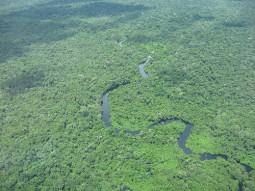 Amazon CO2 (start time 04:37)The Amazon basin contains the largest tropical rainforest on the planet. It’s been critical not only for its beauty and biodiversity but also for its ability to store more carbon dioxide than it emits. The soil and above-ground biomass of the Amazon makes it one of the largest reservoirs of carbon dioxide. And that has helped to keep climate change from accelerating even faster. But a new
Amazon CO2 (start time 04:37)The Amazon basin contains the largest tropical rainforest on the planet. It’s been critical not only for its beauty and biodiversity but also for its ability to store more carbon dioxide than it emits. The soil and above-ground biomass of the Amazon makes it one of the largest reservoirs of carbon dioxide. And that has helped to keep climate change from accelerating even faster. But a new 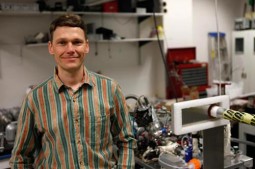 Power Plant Smokestacks (start time 14:43) To understand the global greenhouse gas budgets, it’s critical to characterize their sources and sinks. Electrical power generation accounts for about a
Power Plant Smokestacks (start time 14:43) To understand the global greenhouse gas budgets, it’s critical to characterize their sources and sinks. Electrical power generation accounts for about a 
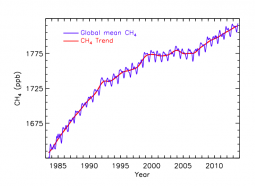
 Bonobo Conservation Success: (start time: 16:11) Author
Bonobo Conservation Success: (start time: 16:11) Author 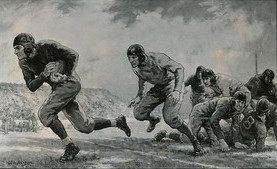
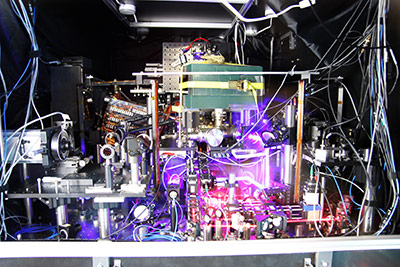 Strontium Clock (start time 14:10) We’ve got a full-house of physicists in the studio today to help us understand the new
Strontium Clock (start time 14:10) We’ve got a full-house of physicists in the studio today to help us understand the new 
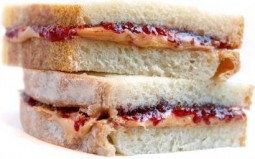
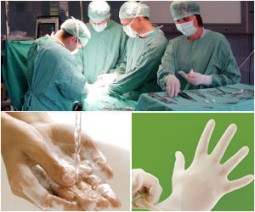
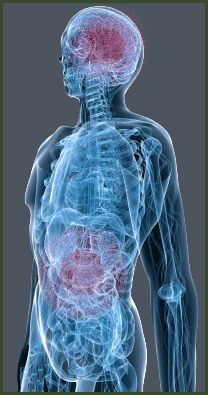
 Quitting smoking (start time 4:39) 50 years ago, the U.S. Surgeon General began a
Quitting smoking (start time 4:39) 50 years ago, the U.S. Surgeon General began a 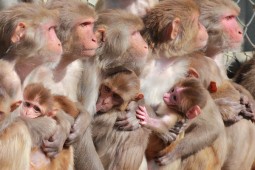
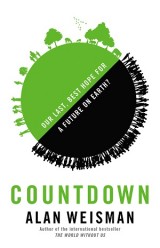 Biology and Health (start time 00:56). This year marked the passing of long-time Boulder resident, Al Bartlett. Bartlett was one of the world’s most eloquent voices calling for population control. He will be missed. One of the champions picking up the torch is New York Times bestselling author, Alan Weisman. Weisman offers exciting solutions to population growth in Countdown: Our Last, Best Hope for a Future on Earth.
Biology and Health (start time 00:56). This year marked the passing of long-time Boulder resident, Al Bartlett. Bartlett was one of the world’s most eloquent voices calling for population control. He will be missed. One of the champions picking up the torch is New York Times bestselling author, Alan Weisman. Weisman offers exciting solutions to population growth in Countdown: Our Last, Best Hope for a Future on Earth.

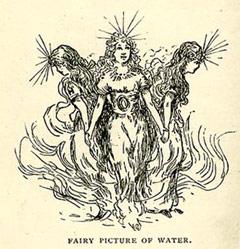
 Christmas Bird Count (start time: 12:51) It’s the time of year when humans are flying hither and yon to gather with family for Christmas. Others are heading somewhere south for vacation to escape the winter chill. Many birds are on the move as well, heading south to overwinter. Others are sticking around. These human and avian patterns are converging with the annual Audubon Society’s
Christmas Bird Count (start time: 12:51) It’s the time of year when humans are flying hither and yon to gather with family for Christmas. Others are heading somewhere south for vacation to escape the winter chill. Many birds are on the move as well, heading south to overwinter. Others are sticking around. These human and avian patterns are converging with the annual Audubon Society’s 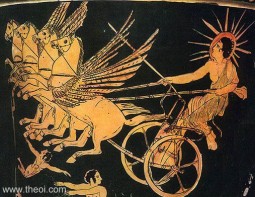
 Big Game and Climate Change (start time 5:00) Last week, the National Resource Council released some serious warnings about
Big Game and Climate Change (start time 5:00) Last week, the National Resource Council released some serious warnings about  Hour of Code (start time 12:30) Coding is not just a magic trick where ones and zeros make
Hour of Code (start time 12:30) Coding is not just a magic trick where ones and zeros make  Feature 1 – Tesla (start time 5:30) Nicola Tesla is one of the iconic figures of the early electrical age. He invented AC motor technology still used today in your DVD player and also polyphase AC power. He was a brilliant demonstrator, whose images of flowers of lightning growing from his inventions and portraits of his friend Mark Twain, illuminated by Tesla’s fluorescent bulbs, are still familiar today. He worked with and fought with the mighty JP Morgan and wireless radio great Marconi. He is a figure of mystery, who many believe presaged death rays and infinite and free energy for everyone on earth. Biographer
Feature 1 – Tesla (start time 5:30) Nicola Tesla is one of the iconic figures of the early electrical age. He invented AC motor technology still used today in your DVD player and also polyphase AC power. He was a brilliant demonstrator, whose images of flowers of lightning growing from his inventions and portraits of his friend Mark Twain, illuminated by Tesla’s fluorescent bulbs, are still familiar today. He worked with and fought with the mighty JP Morgan and wireless radio great Marconi. He is a figure of mystery, who many believe presaged death rays and infinite and free energy for everyone on earth. Biographer  Feature 2 – Octopus! (start time 14:35) If you doubt that the Octopus may be the most mysterious creature in the sea – consider this – an octopus has three hearts, eight arms, camouflaging skin, and some of them can figure out ways to do things that many humans can’t – such as getting the lid off of a child-proof bottle. Longmont resident
Feature 2 – Octopus! (start time 14:35) If you doubt that the Octopus may be the most mysterious creature in the sea – consider this – an octopus has three hearts, eight arms, camouflaging skin, and some of them can figure out ways to do things that many humans can’t – such as getting the lid off of a child-proof bottle. Longmont resident  Feature #1: (start time 5:53) STEM, as you may well know, stands for Science, Technology, Engineering and Mathematics. Many math and science topics are introduced throughout most years of primary education, but technology and engineering — not so much. We live in a world surrounded by things imagined and designed and built by engineers, from roads and buildings to computers and appliances and even food, drugs and clothing. So it’s important to understand engineering if we want to understand these life necessities. An educator tackling this issue is
Feature #1: (start time 5:53) STEM, as you may well know, stands for Science, Technology, Engineering and Mathematics. Many math and science topics are introduced throughout most years of primary education, but technology and engineering — not so much. We live in a world surrounded by things imagined and designed and built by engineers, from roads and buildings to computers and appliances and even food, drugs and clothing. So it’s important to understand engineering if we want to understand these life necessities. An educator tackling this issue is 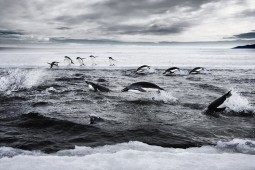


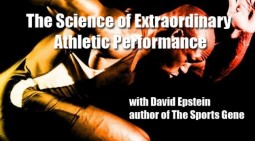

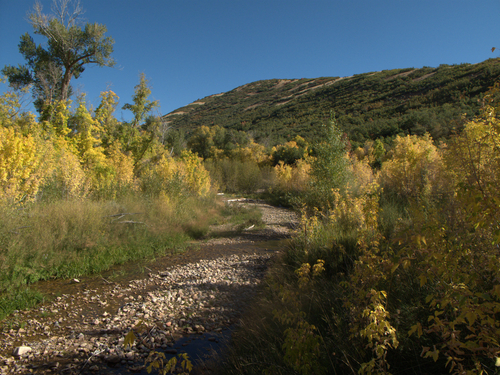


 Feature 1 – Flood Winners & Losers : Last month’s deluge cut canyons, real and felt, through many of our lives, but nature helps us remember that floods can build too. In this feature, How on Earth’s Jim Pullen speaks with Boulder’s wetland and riparian ecologist Marianne Giolitto about flood “winners and losers”. Marianne watches over 45,000 acres of the city’s open space and mountain parks wetlands and riparian habitats. Jim and the Boulder Open Space and Mountain Parks are working together on a
Feature 1 – Flood Winners & Losers : Last month’s deluge cut canyons, real and felt, through many of our lives, but nature helps us remember that floods can build too. In this feature, How on Earth’s Jim Pullen speaks with Boulder’s wetland and riparian ecologist Marianne Giolitto about flood “winners and losers”. Marianne watches over 45,000 acres of the city’s open space and mountain parks wetlands and riparian habitats. Jim and the Boulder Open Space and Mountain Parks are working together on a  Feature 2 – 100 Year Starship Symposium :
Feature 2 – 100 Year Starship Symposium : 
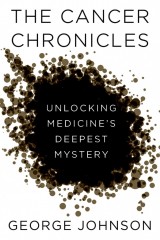 Feature 2 – The Cancer Chronicles (start time 12:22): In his new book,
Feature 2 – The Cancer Chronicles (start time 12:22): In his new book, 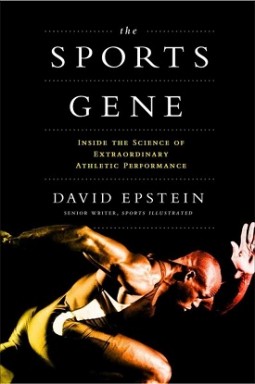
 Feature 1: (start time: 03:45) Our first guest is Boulder beekeeper Tom Theobald. He talks about the current state of the bee crisis and what, if anything, the EPA is doing to address concerns that systemic pesticides like Clothianidan are properly controlled.
Feature 1: (start time: 03:45) Our first guest is Boulder beekeeper Tom Theobald. He talks about the current state of the bee crisis and what, if anything, the EPA is doing to address concerns that systemic pesticides like Clothianidan are properly controlled.

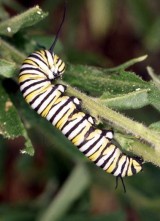
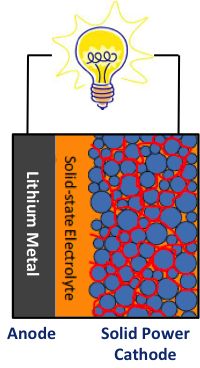



 humans for millenia. Aristotle argued comets were hot, dry exhalations gathered in the atmosphere and occasionally burst into flame. Some people thought that comets replenished Earth’s air. Still others believed they were a source of disease. Scientists today study comets because some are thought to be relatively pristine leftover debris from the formation of the solar system. And studying what comets are made of can provide us a glimpse back to the beginning of the solar system 4 billion years ago.
humans for millenia. Aristotle argued comets were hot, dry exhalations gathered in the atmosphere and occasionally burst into flame. Some people thought that comets replenished Earth’s air. Still others believed they were a source of disease. Scientists today study comets because some are thought to be relatively pristine leftover debris from the formation of the solar system. And studying what comets are made of can provide us a glimpse back to the beginning of the solar system 4 billion years ago. 
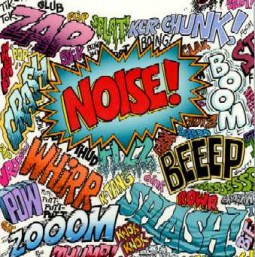 Noise Pollution (starts at 6:15) – How on Earth’s Shelley Schlender talks with research scientist Larry Finegold about noise pollution and about a workshop being held today in Denver about
Noise Pollution (starts at 6:15) – How on Earth’s Shelley Schlender talks with research scientist Larry Finegold about noise pollution and about a workshop being held today in Denver about 


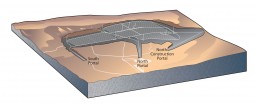
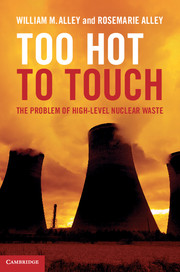 Today we’re joined by Dr. William Alley and Rosemarie Alley to learn about the nuclear waste crisis in the United States. Bill Alley, a distinguished hydrologist, was in charge of the USGS’s water studies at
Today we’re joined by Dr. William Alley and Rosemarie Alley to learn about the nuclear waste crisis in the United States. Bill Alley, a distinguished hydrologist, was in charge of the USGS’s water studies at 

 Buzz Aldrin’s Vision for Space Exploration (starts at 6:14) Dr. Buzz Aldrin advocates that the United States should not enter a space-race to the moon against the Chinese, or a race to Mars against the Russians, but rather show leadership by cooperating with the major space-faring nations to systematically step across the great void to the Red Planet. This is his personal Unified Space Vision. He is also working toward an independent council, a United Strategic Space Enterprise, that would advise American citizens about the nation’s space policy. USSE experts would draw on a deep knowledge of America’s previous successes and failures to present a unified plan of exploration, science, development, commerce, and security within a national foreign policy context. Buzz shared these visions with How On Earth’s Jim Pullen. Here’s an excerpt from his hour-long discussion with Jim. Stay tuned for the rest of his discussion, in which he shares little-known insights into why Apollo 11, not Apollo 12, was first to land humans on the moon, and never-before-shared honors for Neil Armstrong and Pete Conrad.
Buzz Aldrin’s Vision for Space Exploration (starts at 6:14) Dr. Buzz Aldrin advocates that the United States should not enter a space-race to the moon against the Chinese, or a race to Mars against the Russians, but rather show leadership by cooperating with the major space-faring nations to systematically step across the great void to the Red Planet. This is his personal Unified Space Vision. He is also working toward an independent council, a United Strategic Space Enterprise, that would advise American citizens about the nation’s space policy. USSE experts would draw on a deep knowledge of America’s previous successes and failures to present a unified plan of exploration, science, development, commerce, and security within a national foreign policy context. Buzz shared these visions with How On Earth’s Jim Pullen. Here’s an excerpt from his hour-long discussion with Jim. Stay tuned for the rest of his discussion, in which he shares little-known insights into why Apollo 11, not Apollo 12, was first to land humans on the moon, and never-before-shared honors for Neil Armstrong and Pete Conrad.



 Good & Bad Calories (starts at 4:50) Ever since the 1970s, the rise of obesity in the United States has an epidemic. Researchers around the world are trying desperately to figure out why so many of us get fat, and what we can do to change that. A large amount of funding, and support from public health policy, goes toward the hypothesis that we get fat because we eat too many calories and do not exercise enough; when someone eats more calories than they need, the instructions go, they should exercise. That’s “Calories in, Calories Out.” But recently, an expert with a different point of view spoke to a packed audience of doctors, staff and medical students at the University of Colorado Medical Center. The expert is
Good & Bad Calories (starts at 4:50) Ever since the 1970s, the rise of obesity in the United States has an epidemic. Researchers around the world are trying desperately to figure out why so many of us get fat, and what we can do to change that. A large amount of funding, and support from public health policy, goes toward the hypothesis that we get fat because we eat too many calories and do not exercise enough; when someone eats more calories than they need, the instructions go, they should exercise. That’s “Calories in, Calories Out.” But recently, an expert with a different point of view spoke to a packed audience of doctors, staff and medical students at the University of Colorado Medical Center. The expert is 
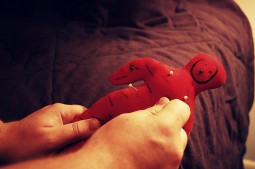

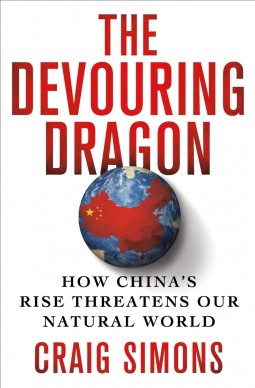 Feature #1 – China’s Environmental Impact (start time 4:46): China’s meteoric economic rise is causing harmful side effects, ranging from choking air pollution domestically to threatened forests, wildlife and air quality around the globe. Of course China’s per capita greenhouse gas emissions still pale in comparison to those in the United States, and roughly one-third of China’s CO2 emissions are generated to manufacture goods that are exported to the U.S. and other nations. Craig Simons, a former journalist and author of a recently published book,
Feature #1 – China’s Environmental Impact (start time 4:46): China’s meteoric economic rise is causing harmful side effects, ranging from choking air pollution domestically to threatened forests, wildlife and air quality around the globe. Of course China’s per capita greenhouse gas emissions still pale in comparison to those in the United States, and roughly one-third of China’s CO2 emissions are generated to manufacture goods that are exported to the U.S. and other nations. Craig Simons, a former journalist and author of a recently published book,  Feature #2 – 100 Year Starship (start time 15:35): Science and exploration tend to be long-term commitments. That’s well-known by fans of the “Hitchhiker’s Guide to The Galaxy” series, where the computer Deep Thought did calculations for 7.5 million years to find the answer to The Ultimate Question of Life, the Universe, and everything. However, projects on our world tend to be limited by shorter-term political and funding cycles. So it is hard enough to consider projects that require thinking a decade into the future, beyond many political lifetimes. What about projects that require thinking a century or more into the future, many generations from now? Well, that is exactly what one group of space exploration advocates is working toward. The project is called the
Feature #2 – 100 Year Starship (start time 15:35): Science and exploration tend to be long-term commitments. That’s well-known by fans of the “Hitchhiker’s Guide to The Galaxy” series, where the computer Deep Thought did calculations for 7.5 million years to find the answer to The Ultimate Question of Life, the Universe, and everything. However, projects on our world tend to be limited by shorter-term political and funding cycles. So it is hard enough to consider projects that require thinking a decade into the future, beyond many political lifetimes. What about projects that require thinking a century or more into the future, many generations from now? Well, that is exactly what one group of space exploration advocates is working toward. The project is called the 




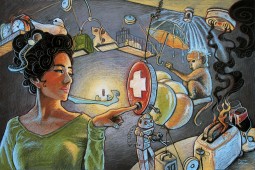
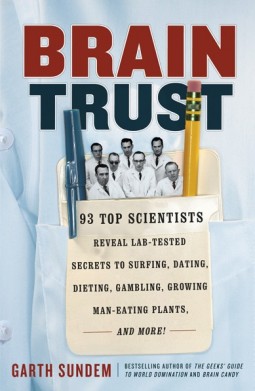 Brain Trust (starts at 4:23) When you are trying to make a decision about something important or having a disagreement with someone, don’t you sometimes wish you had a scientist with you – a world expert on the topic at hand – to help you out? In fact, it would be great to have dozens of experts in many fields available, sort of your own personal Brain Trust. Well, luckily
Brain Trust (starts at 4:23) When you are trying to make a decision about something important or having a disagreement with someone, don’t you sometimes wish you had a scientist with you – a world expert on the topic at hand – to help you out? In fact, it would be great to have dozens of experts in many fields available, sort of your own personal Brain Trust. Well, luckily  Drought (starts at 15:10) Given all the rain and snow on the Front Range and beyond lately, you’d think that Colorado is emerging from the persistent drought, right? But last year was one of the hottest and driest on record in the state and some regions have yet to recover. Among those who have suffered the most from the persistent drought are farmers and ranchers. In fact, some have sold off cattle and even shuttered their businesses. That said, high prices have boosted profits for some wheat farmers, for instance. To find out just how badly many farmers and ranchers have been hit by the drought, researchers at Colorado State University have been surveying them annually for a while. Host Susan Moran talks with Christopher Goemans, a resource economist in the
Drought (starts at 15:10) Given all the rain and snow on the Front Range and beyond lately, you’d think that Colorado is emerging from the persistent drought, right? But last year was one of the hottest and driest on record in the state and some regions have yet to recover. Among those who have suffered the most from the persistent drought are farmers and ranchers. In fact, some have sold off cattle and even shuttered their businesses. That said, high prices have boosted profits for some wheat farmers, for instance. To find out just how badly many farmers and ranchers have been hit by the drought, researchers at Colorado State University have been surveying them annually for a while. Host Susan Moran talks with Christopher Goemans, a resource economist in the 



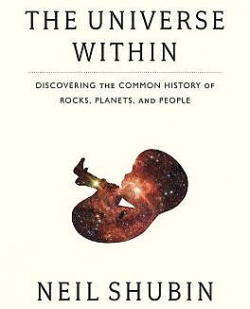 The Universe Within (starts at 4:40) Within each and every one of us is the history of life on this planet, the planet itself and the entire universe. This is the theme of a new book “The Universe Within.” The author, Neil Shubin, is a professor of Paleontology and Evolutionary Biology at the University of Chicago. Starting with what physically constitutes a human being and what makes a human life possible, Shubin surveys many domains of science to find out what we can learn about what’s out there from what’s inside of us. It’s a fantastically broad scope, bringing together the common history of Rocks, Planets and People. As professor Shubin explains to How On Earth’s Chip Grandits, it is the very concept of this common history that binds all of these topics, which are normally found scattered throughout disparate domains of science and academia.
The Universe Within (starts at 4:40) Within each and every one of us is the history of life on this planet, the planet itself and the entire universe. This is the theme of a new book “The Universe Within.” The author, Neil Shubin, is a professor of Paleontology and Evolutionary Biology at the University of Chicago. Starting with what physically constitutes a human being and what makes a human life possible, Shubin surveys many domains of science to find out what we can learn about what’s out there from what’s inside of us. It’s a fantastically broad scope, bringing together the common history of Rocks, Planets and People. As professor Shubin explains to How On Earth’s Chip Grandits, it is the very concept of this common history that binds all of these topics, which are normally found scattered throughout disparate domains of science and academia.

 Facing the Wave (starts at 04:50) Yesterday marked the two-year anniversary of the devastating earthquake and tsunami that rocked and partially devoured the northeastern coast of Japan. Although prone to earthquakes, the Tōhoku event hit a magnitude of 9.0, tying it for fourth largest earthquake on record according to the United States Geological Survey—a magnitude greater than scientists thought possible for this region.
Facing the Wave (starts at 04:50) Yesterday marked the two-year anniversary of the devastating earthquake and tsunami that rocked and partially devoured the northeastern coast of Japan. Although prone to earthquakes, the Tōhoku event hit a magnitude of 9.0, tying it for fourth largest earthquake on record according to the United States Geological Survey—a magnitude greater than scientists thought possible for this region. Pandora’s Lunchbox (starts at 14:38) Did you ever think how long that energy bar you ate while skiing recently would last in tact beyond the expiration date? Or that bag of Oreo cookies you devoured last night? Melanie Warner, a local journalist and former staff writer at the New York Times, started thinking about it so much that she began experimenting with leaving some processed foods out way beyond their expiration date. What she found was shocking, and led her to explore deeply into the “processed food industrial complex.” The result is a new book called “
Pandora’s Lunchbox (starts at 14:38) Did you ever think how long that energy bar you ate while skiing recently would last in tact beyond the expiration date? Or that bag of Oreo cookies you devoured last night? Melanie Warner, a local journalist and former staff writer at the New York Times, started thinking about it so much that she began experimenting with leaving some processed foods out way beyond their expiration date. What she found was shocking, and led her to explore deeply into the “processed food industrial complex.” The result is a new book called “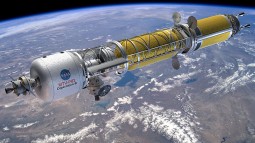
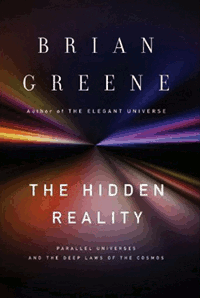 The concept of a parallel universe, a universe remarkably like our own but with some subtle difference, has been the staple of science fiction stories for years. But it is an idea that is seriously discussed in real science starting many decades ago when physicists wrestled with the weird implications of Quantum Mechanics, and recently has appeared in many other guises in other areas of physics. One of the leading scientists in studying these ideas and explaining the mind-bending concepts to non-experts is Professor
The concept of a parallel universe, a universe remarkably like our own but with some subtle difference, has been the staple of science fiction stories for years. But it is an idea that is seriously discussed in real science starting many decades ago when physicists wrestled with the weird implications of Quantum Mechanics, and recently has appeared in many other guises in other areas of physics. One of the leading scientists in studying these ideas and explaining the mind-bending concepts to non-experts is Professor  Russian Meteor (starts at 4:28) Just a few days ago on February 15th, a large meteor broke up in the skies over Russia, creating an air blast and sonic boom, which caused damage to buildings that injured over 1,000 people. We talk with
Russian Meteor (starts at 4:28) Just a few days ago on February 15th, a large meteor broke up in the skies over Russia, creating an air blast and sonic boom, which caused damage to buildings that injured over 1,000 people. We talk with  Dark Matter (starts at 12:45) Maybe you’ve heard about it. Maybe you even know that it is everywhere throughout the universe. But for such a ubiquitous material, what do you really know about Dark Matter? If the answer is “Not much,” don’t worry, you are in good company; many scientists would say the same thing. But, you’re in luck because we have
Dark Matter (starts at 12:45) Maybe you’ve heard about it. Maybe you even know that it is everywhere throughout the universe. But for such a ubiquitous material, what do you really know about Dark Matter? If the answer is “Not much,” don’t worry, you are in good company; many scientists would say the same thing. But, you’re in luck because we have 




 Feature #2: (start time: 15:42) You’ve probably heard by now that 2012 was the warmest ever in the U.S. We’re not the only ones overheating. At the bottom of the world, over the last 50 years, West Antarctica has warmed more than scientists had thought. The implications are huge; an enormous ice sheet there may be at risk of long-term collapse, which could cause sea levels to rise alarmingly. Co-host Susan Moran speaks with
Feature #2: (start time: 15:42) You’ve probably heard by now that 2012 was the warmest ever in the U.S. We’re not the only ones overheating. At the bottom of the world, over the last 50 years, West Antarctica has warmed more than scientists had thought. The implications are huge; an enormous ice sheet there may be at risk of long-term collapse, which could cause sea levels to rise alarmingly. Co-host Susan Moran speaks with 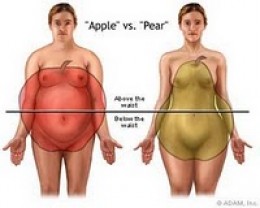

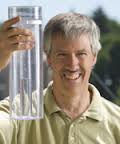
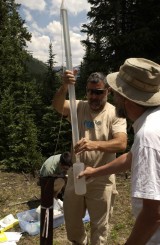


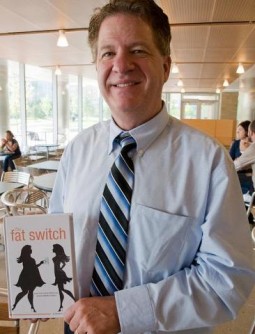

 Today on How On Earth we speak with Dr. Bernie Krause about how soundscapes can help us understand the health of ecosystems. Dr. Krause has been recording the whole sounds of nature all over the world for 40 years. His new book is The Great Animal Orchestra: Finding the Origins of Music in the World’s Wild Places.
Today on How On Earth we speak with Dr. Bernie Krause about how soundscapes can help us understand the health of ecosystems. Dr. Krause has been recording the whole sounds of nature all over the world for 40 years. His new book is The Great Animal Orchestra: Finding the Origins of Music in the World’s Wild Places.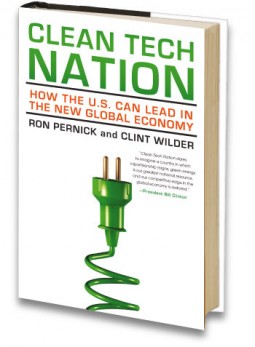 Clean Tech Nation (start time: 4:57): Over the last few years renewable electricity generation has doubled, thanks in part to President Obama’s 2009 stimulus package. In fact, many clean technologies and industries have taken off, including solar, biofuels, green building and electric vehicles. But the stimulus money is about to run out, as is the production tax credit for wind development. To make sense of the current status of and future prospects for
Clean Tech Nation (start time: 4:57): Over the last few years renewable electricity generation has doubled, thanks in part to President Obama’s 2009 stimulus package. In fact, many clean technologies and industries have taken off, including solar, biofuels, green building and electric vehicles. But the stimulus money is about to run out, as is the production tax credit for wind development. To make sense of the current status of and future prospects for 

 Feature #2: Zero Population (start time 15:58)
Feature #2: Zero Population (start time 15:58) 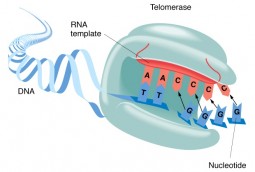


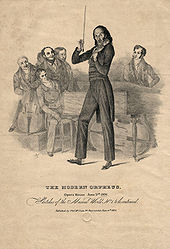


 Feature #1: Neanderthals (start time: 6:01)
Feature #1: Neanderthals (start time: 6:01) Antarctica: Adventures in a Disappearing
Antarctica: Adventures in a Disappearing 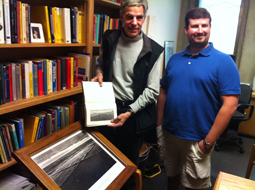


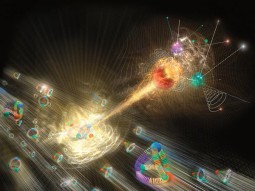
 Bell Labs thrived from the 1920s to the 1980s, when it was most innovative and productive institution of the twentieth century. Long before America’s brightest scientific minds began migrating west to Silicon Valley, they flocked to the Bell Labs campus in the New Jersey suburbs. At its peak, Bell Labs employed nearly fifteen thousand people, twelve hundred had PhDs. Thirteen eventually won Nobel prizes. How did they do it? How can we learn from their successes, so we can do it here in Colorado? New Your Times journalist
Bell Labs thrived from the 1920s to the 1980s, when it was most innovative and productive institution of the twentieth century. Long before America’s brightest scientific minds began migrating west to Silicon Valley, they flocked to the Bell Labs campus in the New Jersey suburbs. At its peak, Bell Labs employed nearly fifteen thousand people, twelve hundred had PhDs. Thirteen eventually won Nobel prizes. How did they do it? How can we learn from their successes, so we can do it here in Colorado? New Your Times journalist 

 Planetary science budget (start time: 15:49). Despite the successes of the Mars missions and voyages to our other planetary neighbors, the White House decided that NASA’s planetary science budget should be drawn down. The hit would be substantial, a twenty percent reduction from 2012. 300 million dollars would be removed from a baseline one and a half billion dollars. We ask Dr. Alan Stern, who has served as the chief of the Science Mission Directorate at NASA, about why the planetary science budget should be restored.
Planetary science budget (start time: 15:49). Despite the successes of the Mars missions and voyages to our other planetary neighbors, the White House decided that NASA’s planetary science budget should be drawn down. The hit would be substantial, a twenty percent reduction from 2012. 300 million dollars would be removed from a baseline one and a half billion dollars. We ask Dr. Alan Stern, who has served as the chief of the Science Mission Directorate at NASA, about why the planetary science budget should be restored.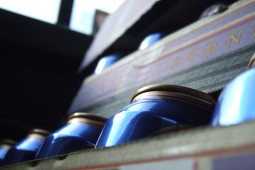
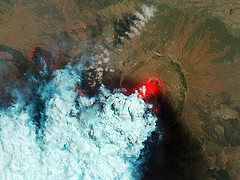
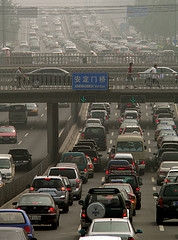
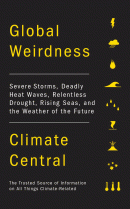
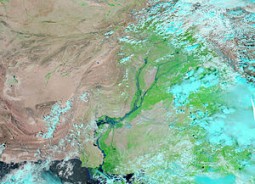
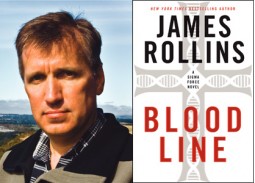



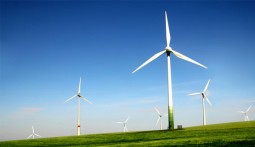 Colorado Clean-tech Industry (Start time 16:14): It’s not news that we are in an economic downturn. Nor is it news that the world is facing monumental environmental problems. How about a way to kill two birds with one stone? Co-host Tom McKinnon discusses how with Wayne Greenberg, director of the Fellows Institute, which is sponsored by the
Colorado Clean-tech Industry (Start time 16:14): It’s not news that we are in an economic downturn. Nor is it news that the world is facing monumental environmental problems. How about a way to kill two birds with one stone? Co-host Tom McKinnon discusses how with Wayne Greenberg, director of the Fellows Institute, which is sponsored by the  With record high temperatures along with record low snowpack, the Colorado Front Range has been ravaged by increasingly expensive wildfires. For today’s show, How on Earth brings in two fire experts for a panel discussion.
With record high temperatures along with record low snowpack, the Colorado Front Range has been ravaged by increasingly expensive wildfires. For today’s show, How on Earth brings in two fire experts for a panel discussion. 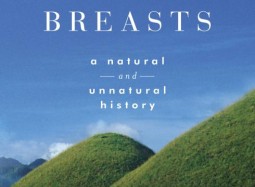
 Engineering Happiness (start time 05:09): You may think the key to happiness lies in money, or love, or more vacation days. But what it really comes down to is math — a mathematical formula, actually. At least that’s according to a recently published book, called “
Engineering Happiness (start time 05:09): You may think the key to happiness lies in money, or love, or more vacation days. But what it really comes down to is math — a mathematical formula, actually. At least that’s according to a recently published book, called “



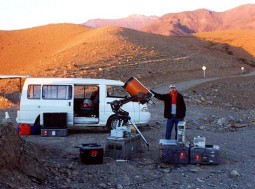
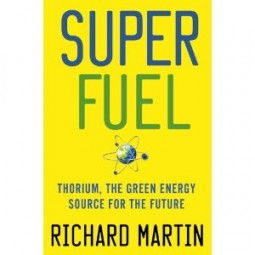



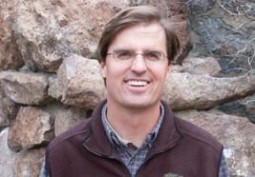
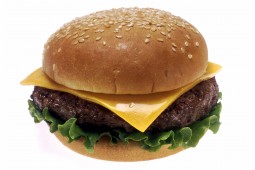
 Dolphins are intelligent and communicative creatures within their own species and with the other animals native to their waters. Still, a hundred million years of evolutionary history and pressures imposed by radically different environments separate dolphins and humans. Can that enormous chasm be crossed? Can we have a conversation with an alien, a different and intelligent species? Twenty-seven years ago, Dr. Denise Herzing first slipped into the warm and clear Bahaman waters in a quest to answer those questions. And every spring since then, she has gathered the crew, the equipment, the money, the courage and the patience to return to work cooperatively with them, unfettered in the wild. Dr. Herzing believes that first we have to understand dolphin society and give them the freedom to choose to communicate with us. This week on How On Earth, Jim Pullen talks with Dr. Herzing about how she communicates with Atlantic Spotted dolphins (start at 6:48).
Dolphins are intelligent and communicative creatures within their own species and with the other animals native to their waters. Still, a hundred million years of evolutionary history and pressures imposed by radically different environments separate dolphins and humans. Can that enormous chasm be crossed? Can we have a conversation with an alien, a different and intelligent species? Twenty-seven years ago, Dr. Denise Herzing first slipped into the warm and clear Bahaman waters in a quest to answer those questions. And every spring since then, she has gathered the crew, the equipment, the money, the courage and the patience to return to work cooperatively with them, unfettered in the wild. Dr. Herzing believes that first we have to understand dolphin society and give them the freedom to choose to communicate with us. This week on How On Earth, Jim Pullen talks with Dr. Herzing about how she communicates with Atlantic Spotted dolphins (start at 6:48).
 Bees and Pesticides (start at 6:40). Two studies published last week in the journal Science (
Bees and Pesticides (start at 6:40). Two studies published last week in the journal Science ( Radiometers and Weather (start at 12:50). Predicting the weather is a tough job, and climate change is bringing unseasonal conditions that make it even more difficult to predict. But a monitoring device produced here in Boulder may be able to improve local weather forecasts significnatly. These radiometers work by creating 3-D profiles of the moisture in the air, which is a key element for meteorologists and climate modelers alike. They are now being put to various weather-related uses all over the planet. Stick Ware is the founder and lead scientist of the Boulder-based company,
Radiometers and Weather (start at 12:50). Predicting the weather is a tough job, and climate change is bringing unseasonal conditions that make it even more difficult to predict. But a monitoring device produced here in Boulder may be able to improve local weather forecasts significnatly. These radiometers work by creating 3-D profiles of the moisture in the air, which is a key element for meteorologists and climate modelers alike. They are now being put to various weather-related uses all over the planet. Stick Ware is the founder and lead scientist of the Boulder-based company, 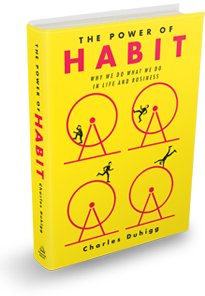

 The Accelerating Expansion of The Universe (start at 5:11). Have you ever had the feeling that things are moving faster and faster these days? Well, maybe it’s not your imagination. Proof that the universe is not just expanding but is accelerating garnered a
The Accelerating Expansion of The Universe (start at 5:11). Have you ever had the feeling that things are moving faster and faster these days? Well, maybe it’s not your imagination. Proof that the universe is not just expanding but is accelerating garnered a 

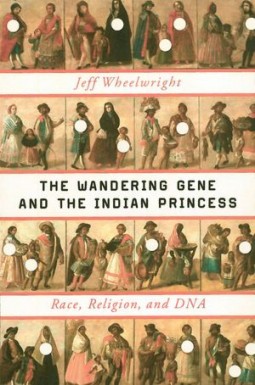







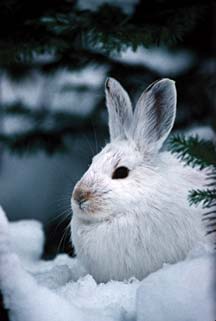


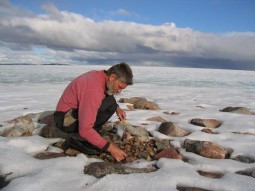
 Underwater Volcanoes (start time 5:45). Most of our planet’s volcanoes are out of sight, and largely out of mind. Hidden under sometimes thousands of feet of water, volcanoes on the sea floor bubble and boil away without our knowledge and largely without our understanding. We talk with Oregon State University volcanologist
Underwater Volcanoes (start time 5:45). Most of our planet’s volcanoes are out of sight, and largely out of mind. Hidden under sometimes thousands of feet of water, volcanoes on the sea floor bubble and boil away without our knowledge and largely without our understanding. We talk with Oregon State University volcanologist  Sleep (start time 15:50). As any mother knows, when children get cranky, one of the best solutions is to “go take a nap.” What is less understood is whether or not those naps can be now and then, or whether it’s important to keep them regular. We speak with an expert who has just published a study that looks at the question of napping among preschool children. Her name is
Sleep (start time 15:50). As any mother knows, when children get cranky, one of the best solutions is to “go take a nap.” What is less understood is whether or not those naps can be now and then, or whether it’s important to keep them regular. We speak with an expert who has just published a study that looks at the question of napping among preschool children. Her name is 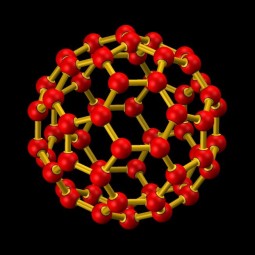
 nicotine patches really help you stop smoking? Shelley Schlender interviews a scientist who says they don’t.
nicotine patches really help you stop smoking? Shelley Schlender interviews a scientist who says they don’t. 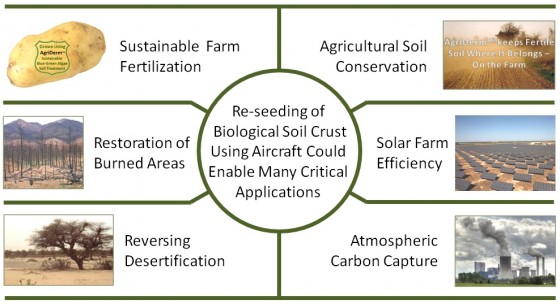



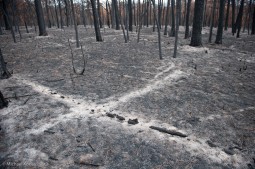

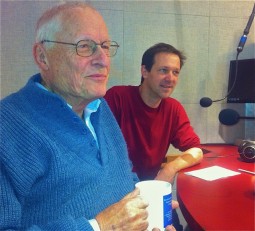
 In last month’s election, Boulder voters gave the go-ahead for the city to move forward on municipalizing the electrical utility. The chief motivation for that decision was to put more renewable energy on the grid. There are a large number of policy options to incentivize renewable energy – so many that it’s hard to keep them all straight.
In last month’s election, Boulder voters gave the go-ahead for the city to move forward on municipalizing the electrical utility. The chief motivation for that decision was to put more renewable energy on the grid. There are a large number of policy options to incentivize renewable energy – so many that it’s hard to keep them all straight.  Mountainous areas like the Rockies are hotspots for plant and animal biodiversity but as the climate warms many of these species – including Colorado’s iconic pica — are under threat. Much research has focused on the effects of temperature change, but less has focused on the interactions of temperature and precipitation in a changing climate. University of Colorado biologist
Mountainous areas like the Rockies are hotspots for plant and animal biodiversity but as the climate warms many of these species – including Colorado’s iconic pica — are under threat. Much research has focused on the effects of temperature change, but less has focused on the interactions of temperature and precipitation in a changing climate. University of Colorado biologist 
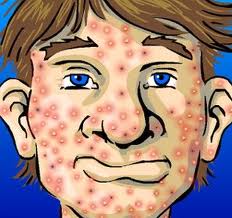 elley Schlender visited with Colorado State University Scientist and Paleolithic Lifestyle expert
elley Schlender visited with Colorado State University Scientist and Paleolithic Lifestyle expert  One often hears people state “I’m not good at math” or that they don’t like math because it they don’t think it has any relevance to their day-to-day life (other than, maybe, to balance a checkbook). However, both of those myths are addressed head-on in a new book titled “
One often hears people state “I’m not good at math” or that they don’t like math because it they don’t think it has any relevance to their day-to-day life (other than, maybe, to balance a checkbook). However, both of those myths are addressed head-on in a new book titled “

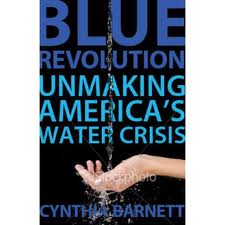 Susan Moran has a telephone interview with
Susan Moran has a telephone interview with 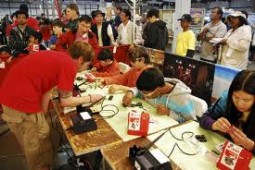 Jeff Branson of the
Jeff Branson of the 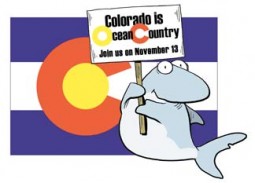 Feature #1 (time mark 5:30) When people think of Colorado, they usually don’t think about “oceans”. After all, Colorado doesn’t have much of a coastline these days, though it was definitely had oceanfront property a few hundred million years ago. However, being in a landlocked state doesn’t mean that there isn’t any thing we can do to impact the health and ecology of the ocean and marine biology. Co-host Joel Parker talks with Vicki Goldstein, founder and president of the
Feature #1 (time mark 5:30) When people think of Colorado, they usually don’t think about “oceans”. After all, Colorado doesn’t have much of a coastline these days, though it was definitely had oceanfront property a few hundred million years ago. However, being in a landlocked state doesn’t mean that there isn’t any thing we can do to impact the health and ecology of the ocean and marine biology. Co-host Joel Parker talks with Vicki Goldstein, founder and president of the  Feature #2 (time mark 14:10) Nitrogen – we can’t live without it, but you can have too much of a good thing. In its gaseous form nitrogen is harmless and makes up nearly 80 percent of the atmosphere. The worldwide population never would have reached 7 billion people without nitrogen, in the form of chemical fertilizer. But excess nitrogen –from fertilizer runoff, manure, human sewage and other sources is wreaking havoc on the environment. Co-host Susan Moran talks with John Mischler, a PhD student at CU Boulder, who is researching worms and snails in Colorado and Africa. He talks about how excess nutrients in ponds, lakes and elsewhere can lead to the spread of parasitic disease from trematodes to snails to us.
Feature #2 (time mark 14:10) Nitrogen – we can’t live without it, but you can have too much of a good thing. In its gaseous form nitrogen is harmless and makes up nearly 80 percent of the atmosphere. The worldwide population never would have reached 7 billion people without nitrogen, in the form of chemical fertilizer. But excess nitrogen –from fertilizer runoff, manure, human sewage and other sources is wreaking havoc on the environment. Co-host Susan Moran talks with John Mischler, a PhD student at CU Boulder, who is researching worms and snails in Colorado and Africa. He talks about how excess nutrients in ponds, lakes and elsewhere can lead to the spread of parasitic disease from trematodes to snails to us.

 Tom McKinnon and
Tom McKinnon and  Shelley Schlender interviews
Shelley Schlender interviews  On today’s pledge drive show we played excerpts from an interview with evolutionary biologist and author Richard Dawkins about his new book, The Magic of Reality: How We Know What’s Really True. The book was also featured as a promotional gift for listeners who chose to support KGNU, the independent community radio station that makes shows like How On Earth possible. We now bring you an extended version of that interview.
On today’s pledge drive show we played excerpts from an interview with evolutionary biologist and author Richard Dawkins about his new book, The Magic of Reality: How We Know What’s Really True. The book was also featured as a promotional gift for listeners who chose to support KGNU, the independent community radio station that makes shows like How On Earth possible. We now bring you an extended version of that interview. Nature means something different to everyone. It’s a towering old-growth redwood forest to some. Deep silent canyons to others. And urban community gardens to others. Defining what is “pristine nature” is even more dicey. Just ask conservation biologists trying to figure out the best ways to preserve ecosystems and their flora and fauna.
Nature means something different to everyone. It’s a towering old-growth redwood forest to some. Deep silent canyons to others. And urban community gardens to others. Defining what is “pristine nature” is even more dicey. Just ask conservation biologists trying to figure out the best ways to preserve ecosystems and their flora and fauna. Tom McKinnon interviews Jeff Bisberg of
Tom McKinnon interviews Jeff Bisberg of 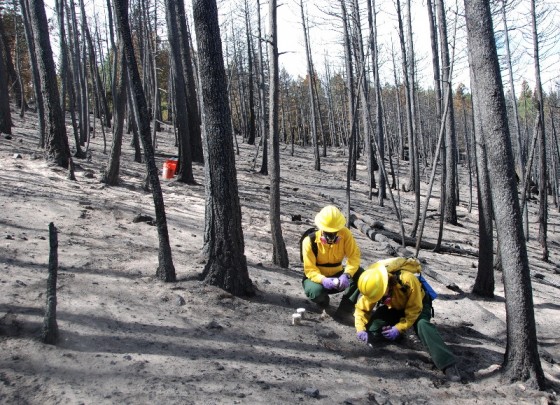

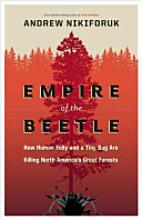
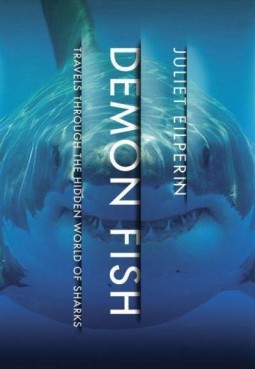
 In today’s show take a look at the future of wind energy. We have with us in the studio
In today’s show take a look at the future of wind energy. We have with us in the studio 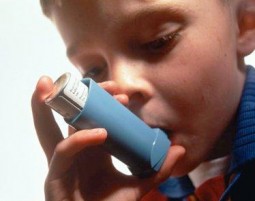
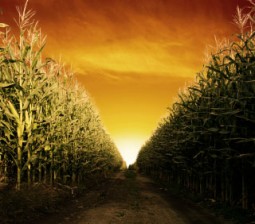


![hs-2011-23-d-web_print Pluto and its moons [click to enlarge] (credit: NASA, ESA, M. Showalter, Z. Levay)](http://howonearthradio.org/wp-content/uploads/2011/08/hs-2011-23-d-web_print-255x255.jpg)

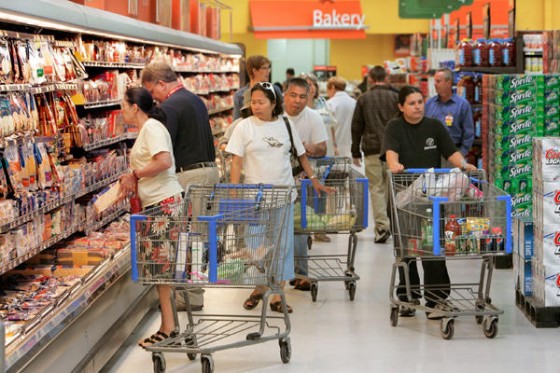


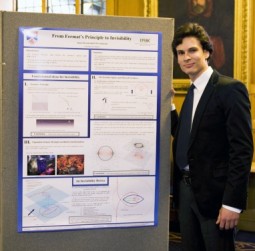
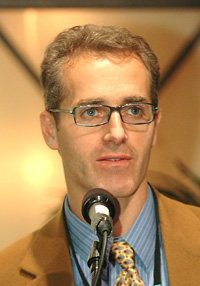
 In November Boulder will be asking the voters to approve the
In November Boulder will be asking the voters to approve the 
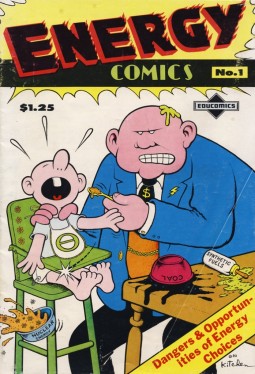

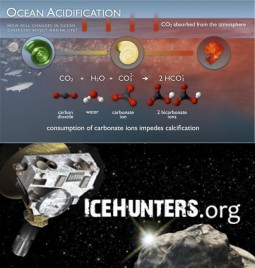
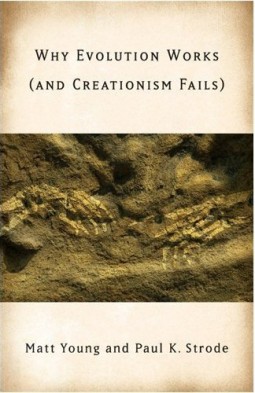

 The
The 


 Remembering Everything” (the full interview can be found
Remembering Everything” (the full interview can be found 
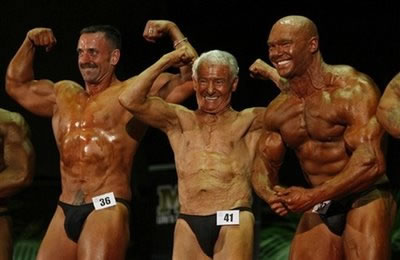
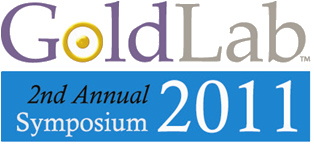 And we talk with
And we talk with 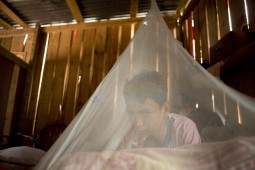

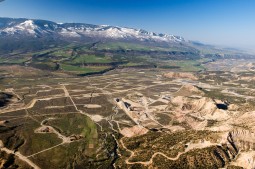 We discuss the environmental and human costs of natural gas drilling practices, and then the human toll of the BP oil spill in the Gulf of Mexico one year after the disaster.
We discuss the environmental and human costs of natural gas drilling practices, and then the human toll of the BP oil spill in the Gulf of Mexico one year after the disaster. Ted Burnham interviews Liesel Ritchie, assistant director for research at the
Ted Burnham interviews Liesel Ritchie, assistant director for research at the  Here’s a longer version of my interview with Anjali Bhatara, which aired on today’s program. Dr. Bhatara is with the
Here’s a longer version of my interview with Anjali Bhatara, which aired on today’s program. Dr. Bhatara is with the 
 Welcome to a special edition of How on Earth, done in conjunction with the
Welcome to a special edition of How on Earth, done in conjunction with the 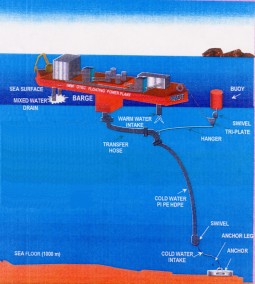

 In this Spring Pledge Drive Show, we share an update on the crisis in Japan from Kathleen Tierney of
In this Spring Pledge Drive Show, we share an update on the crisis in Japan from Kathleen Tierney of 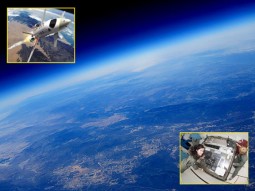
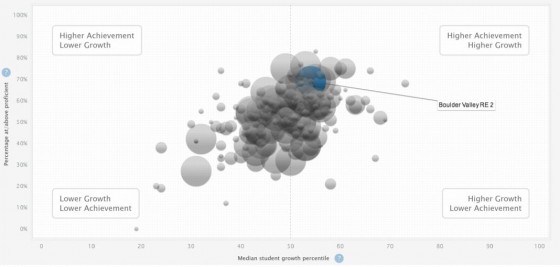
 Ted Burnham inteviews CU PhD student Christine Fanchiang on her role in helping the BioServe program prepare experiments for a ride on the Space Shuttle.
Ted Burnham inteviews CU PhD student Christine Fanchiang on her role in helping the BioServe program prepare experiments for a ride on the Space Shuttle.

